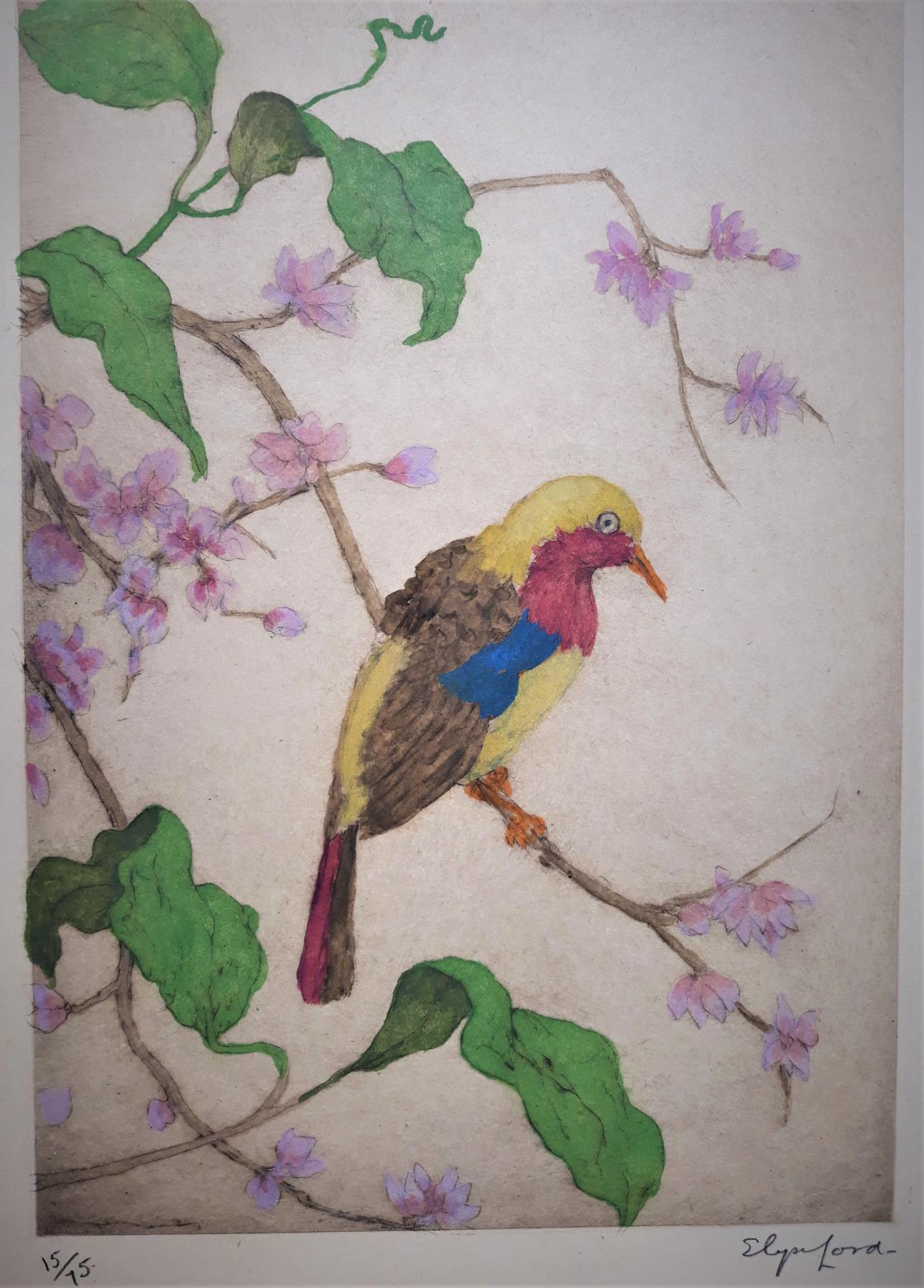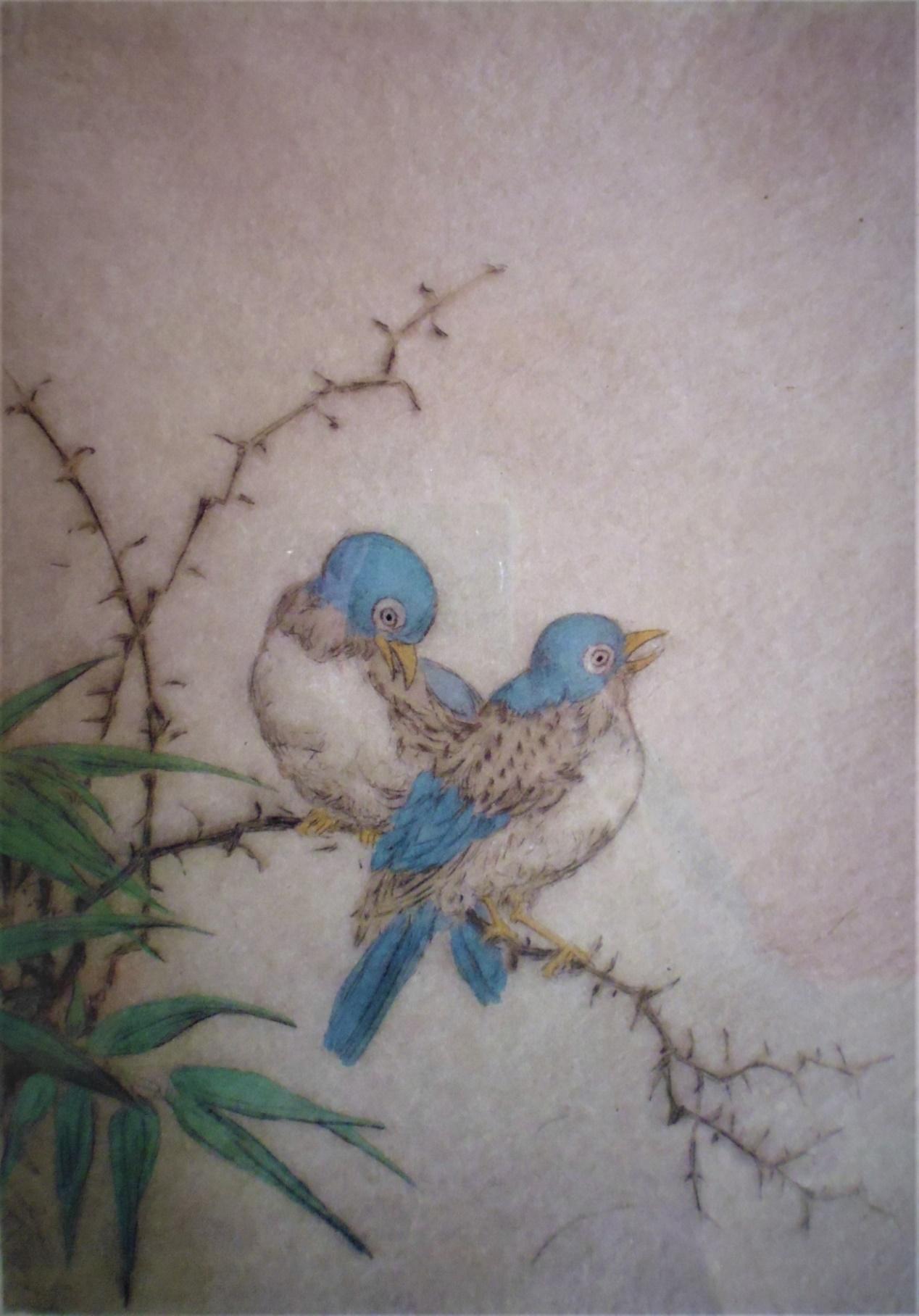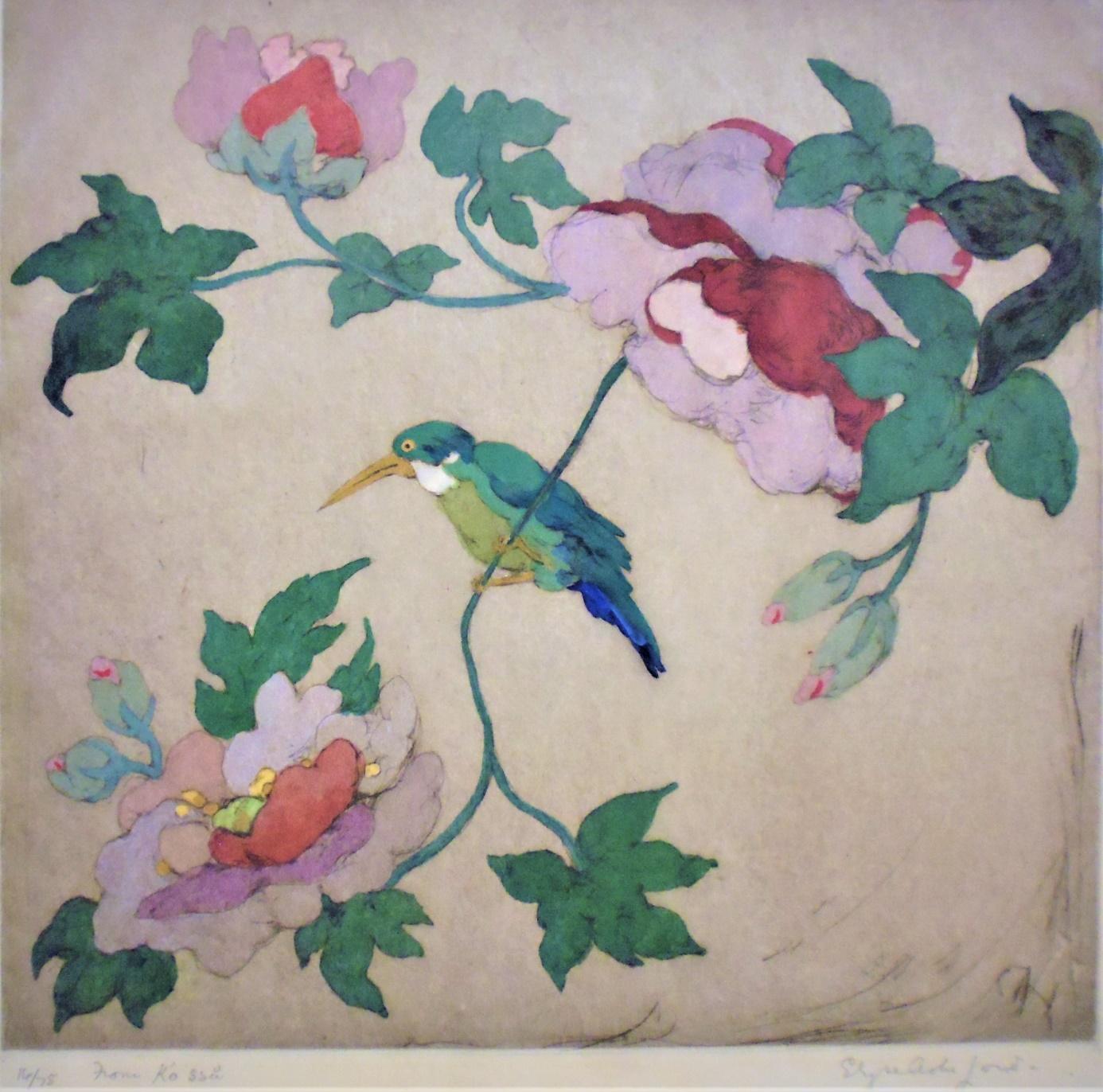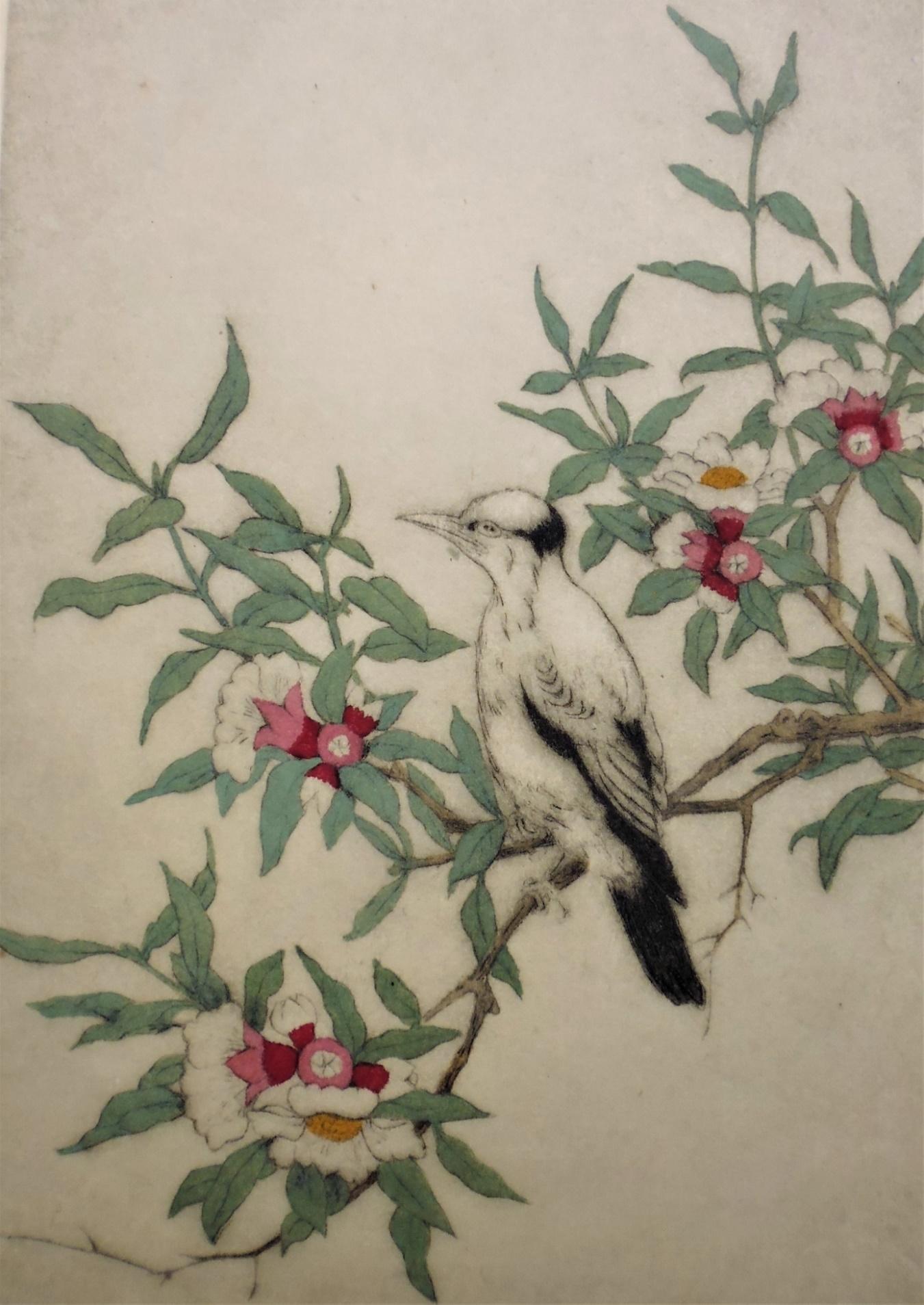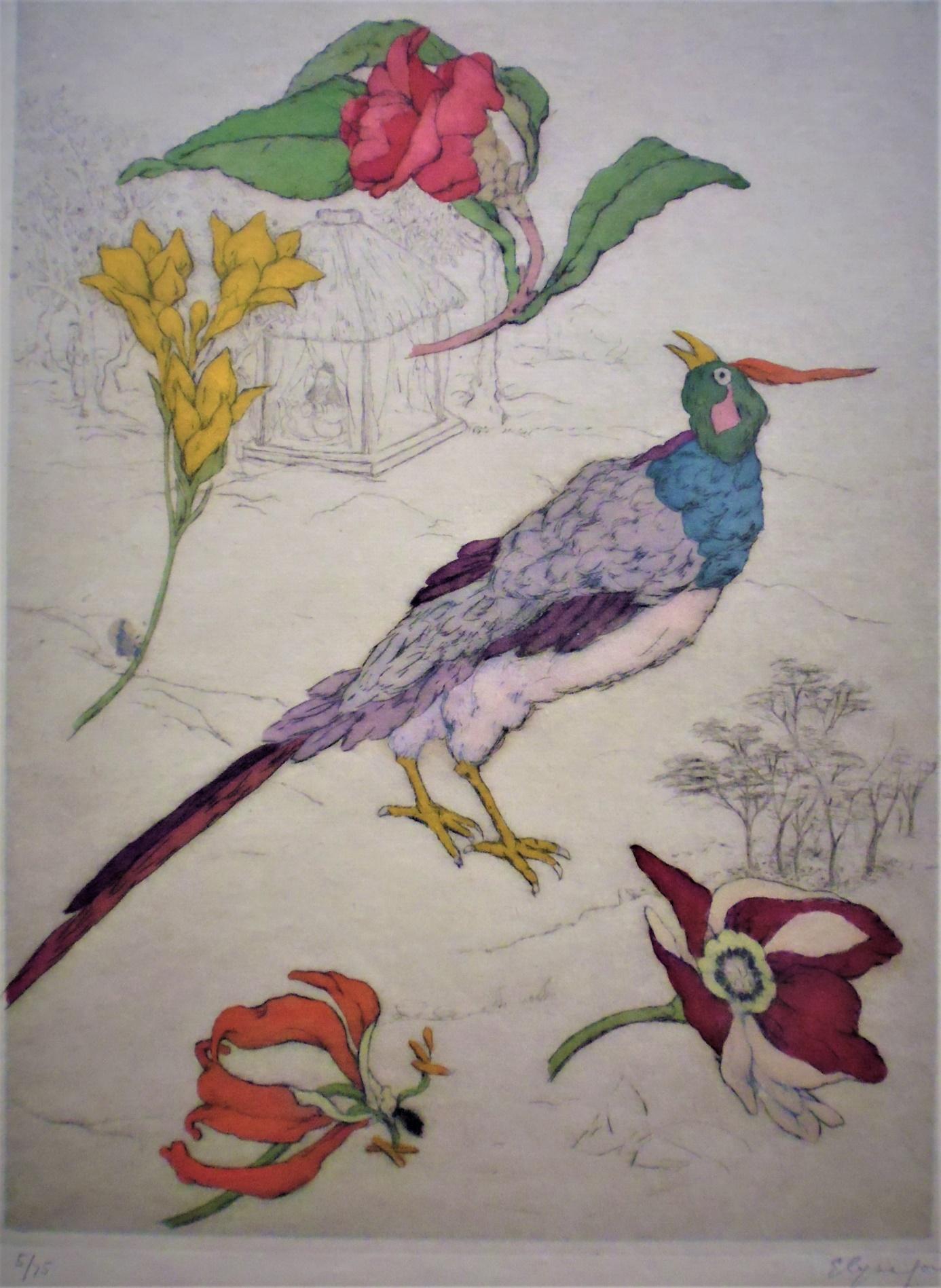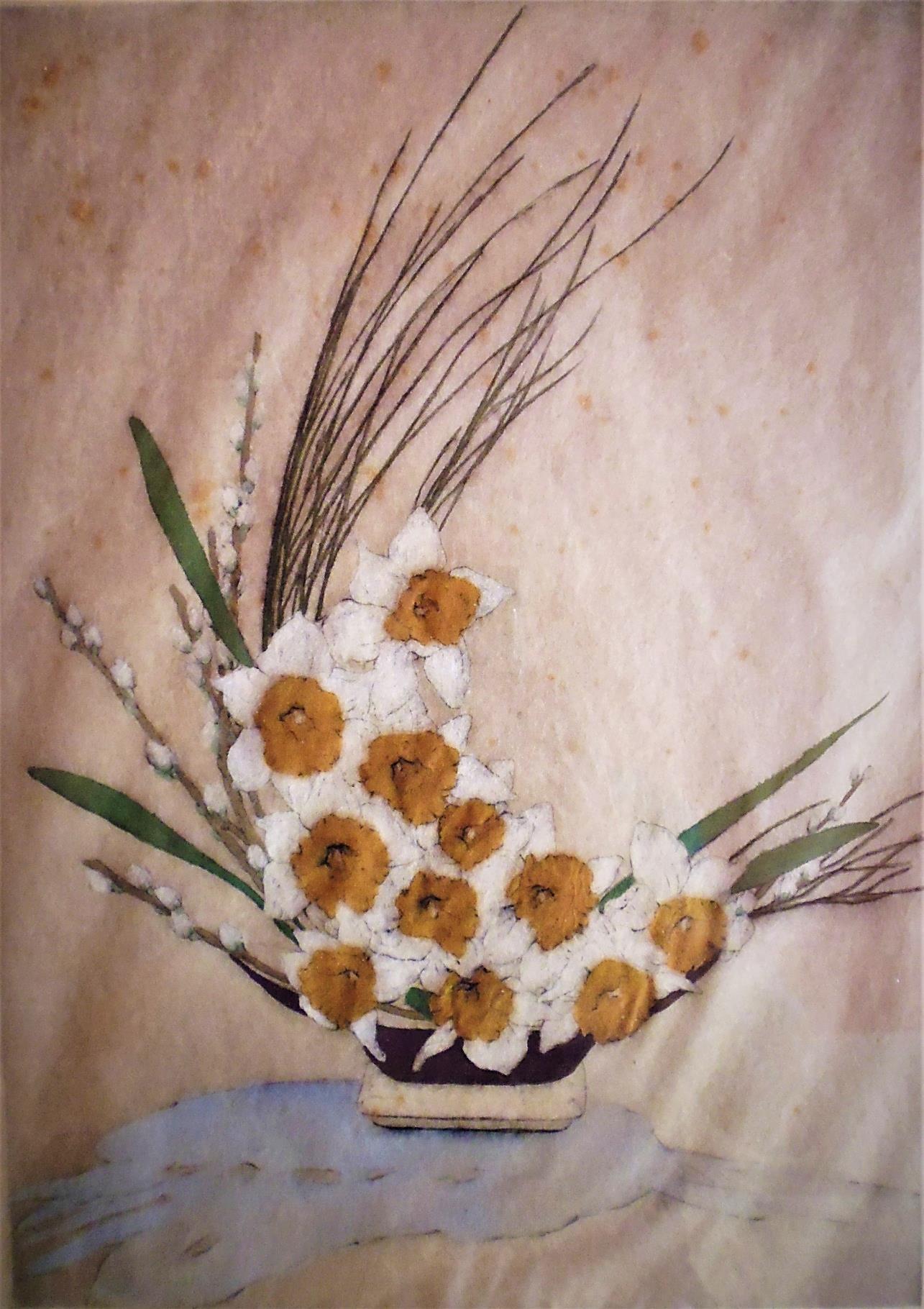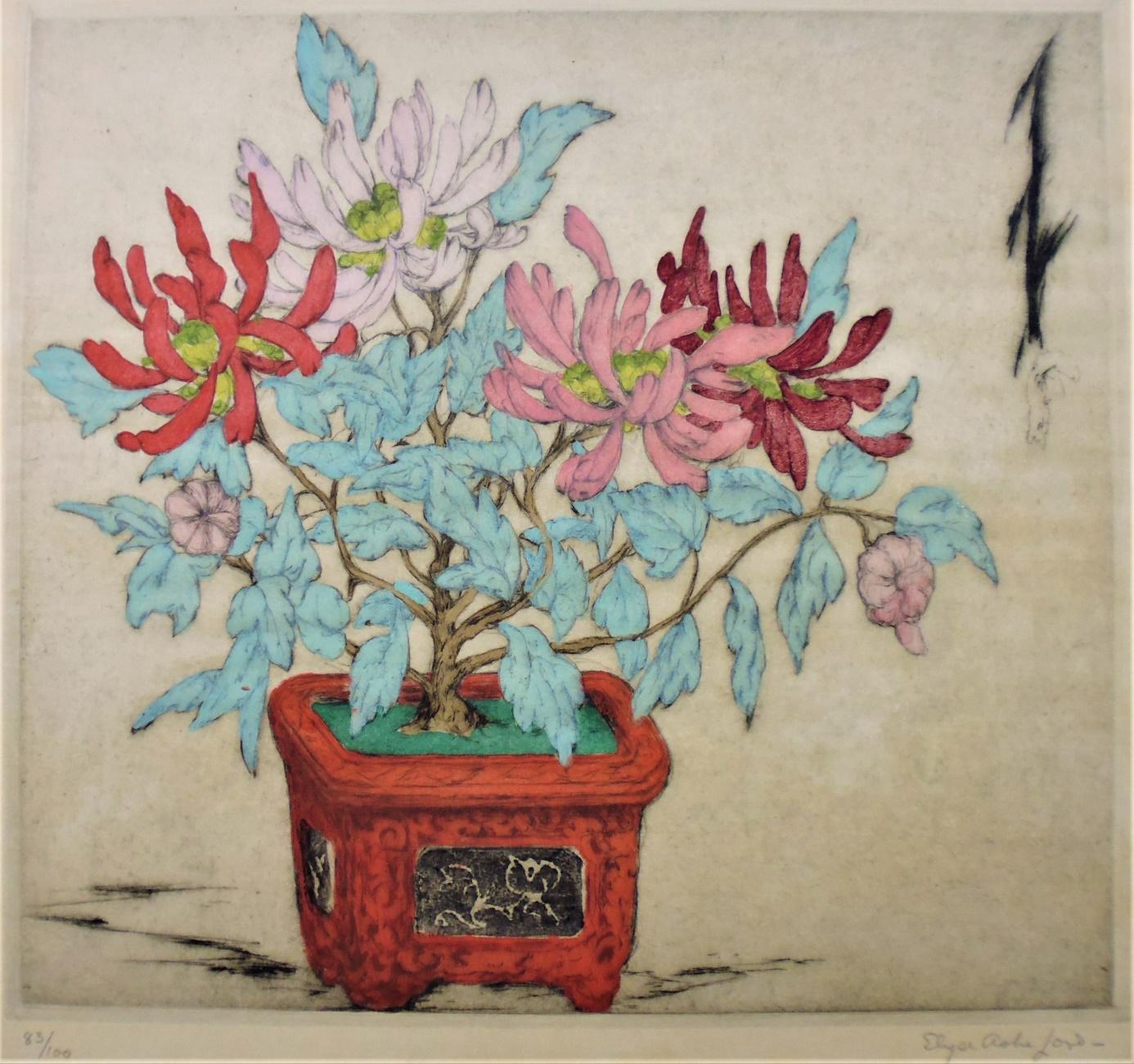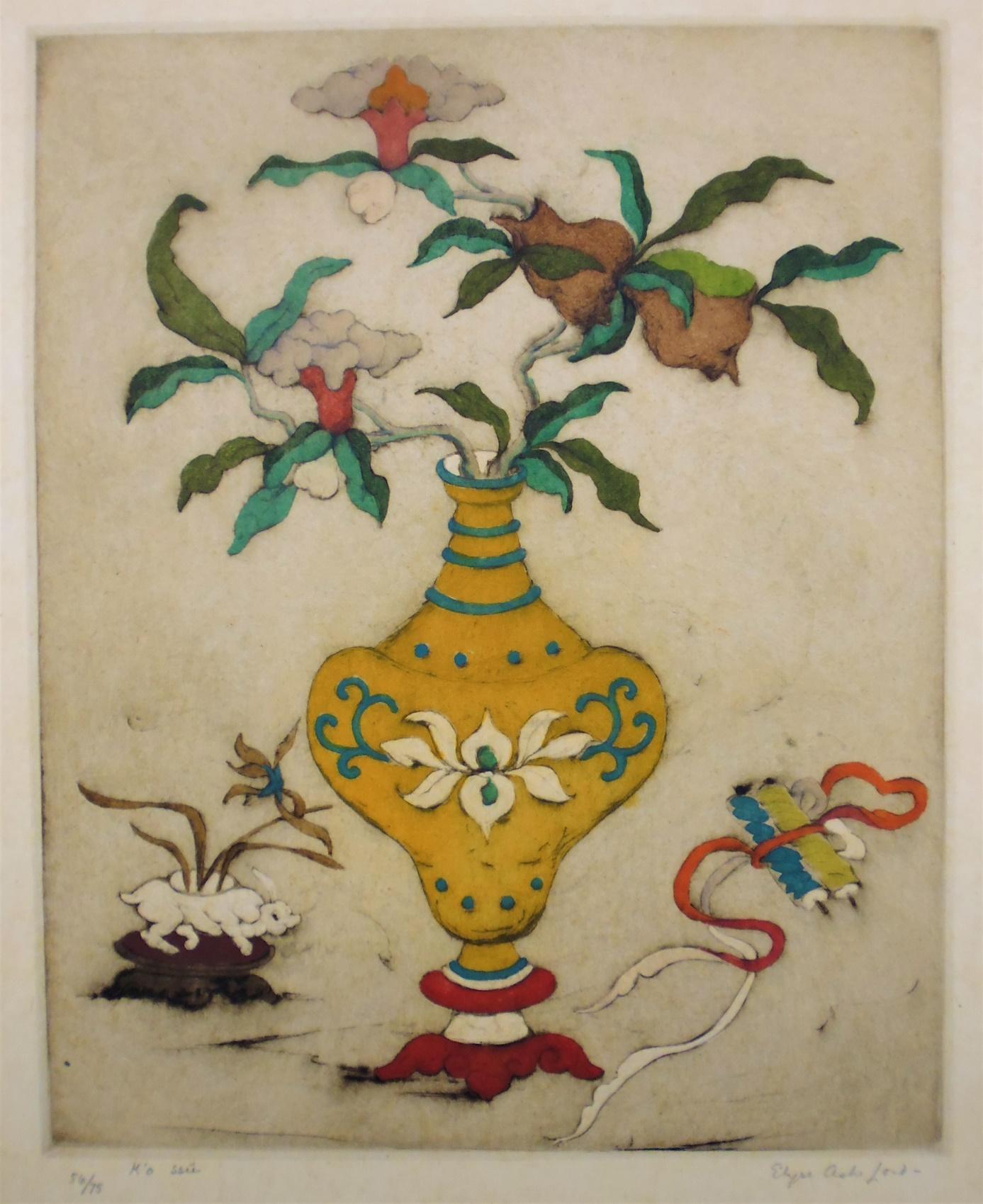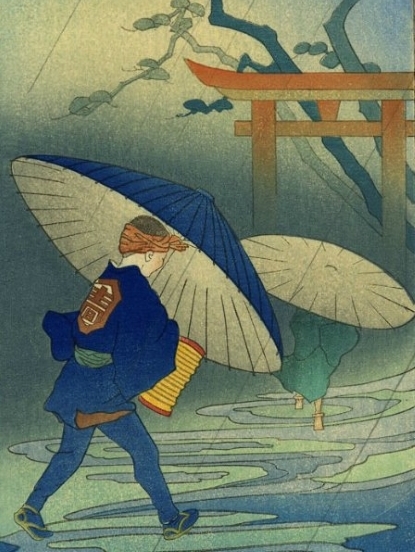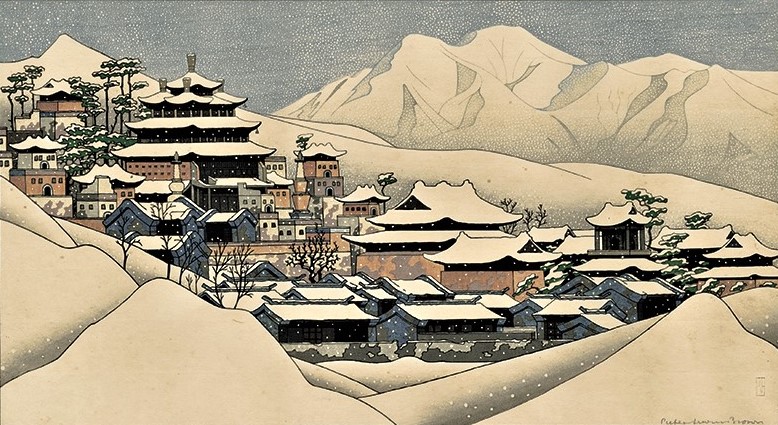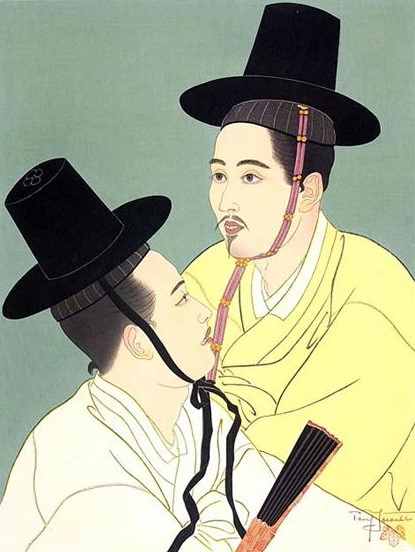ELYSE ASHE LORD (1885-1971)
Elyse Lord is undoubtedly the least known personality of the Far Eastern movement and yet her work is one of the richest. It is true that her life has no rough edges and that she apparently never left quiet England. The interest shown in her is only due to the exceptional quality of her creation, which makes her one of the heralds of the movement.
Born in 1885 under the name of Elise Müller in a family of German origin, she married Reverend Thomas Ashe Lord in 1908, whose name she took, anglicizing her first name in the same time. Her artistic training took place at Heatherley's School of Art in Chelsea, London. Her orientation towards the Far East was the fruit of her interest in the important exhibition of Chinese paintings organized by the British Museum in 1913 but also of the in-depth study of Chinese poetry translated by Arthur Waley and published in 1919 (a 1941 edition of Translations from the Chinese has been illustrated by Cyrus Leroy Baldridge).
It seems that Elyse Lord first devoted herself to watercolours and paintings and had exhibitions in London in 1919 and in 1921 at the Brook Street Gallery. Her first coloured engravings were presented at the Fine Arts Society on Bond Street in 1923 and her orientation therefore became frankly "Oriental", alternating scenes of Arabic, Persian and especially Asian inspiration (China, Japan, Siam, Java, India). In 1927, she experienced a consecration when the famous critic Malcom C. Salaman inaugurated with her the first volume of the series "Masters of the Colour print" published by the prestigious magazine "The Studio". Her success grew as evidenced by her entry into several Royal Academies both in England and in Scotland where she exhibited her works for a long time until the Second World War, as well as in Chicago and France where she obtained the silver medal from the Paris Salon. She benefited from the help of the best English publishers and gallery owners such as Alex Reid, Ernest Lefèvre, Walter Bull and H.C. Dickins, establishing herself as the leader of the Asian Art-Deco movement which was then born in the Anglo-Saxon world with Geoffrey Snyed Garnier, Robert Herdman-Smith and American Dorsey Potter Tyson.
Elyse Lord's technique was very special and had no equivalent (apart from Dorsey Tyson who was inspired a lot by her). Her early prints were either hand-coloured drypoints or aquatints. Then, it seems that she began to combine the drypoint technique with the colour printing of woodcut as the Japanese did : the colours were added by overprinting the drypoint drawing with the coloured inked woodblocks. The work was all the more difficult as Elyse Lord used an extremely thin and fragile paper which makes her works difficult to age. She always personally supervised the printing work done by the best craftsmen of Alex Reid, Lefèvre or Ackerman.
Her painting demonstrates a deep knowledge of oriental civilizations and more particularly of Chinese culture to which she has combined a very feminine sensitivity and a keen sense of colour. If the majority of the members of the Far Eastern movement place themselves under the wing of Japanese prints, Elyse Lord, even more than Bertha Lum, chose classical Chinese painting as her main reference. This appears clearly in the works which depict mandarins riding the lively little horses of Ferghana, languid courtesans devoting themselves to music and tapestry in empty palaces, young girls cheating their boredom in flowery gardens, goddesses rising to the skies, mischievous and colourful birds, a whole world of colourful poetry.
Her work is actually a magnificent path starting from the shores of the Mediterranean to sink towards the East through the Arab deserts, the legends of Baghdad, the Persian enchantments of Isfahan, the mysteries of India, the freshness of the oases from Central Asia to the capitals of the Middle Kingdom and faraway Japan. Elyse Lord thus leads us, thanks to her paintings, on a mythical silk road that the first missionaries of the Middle Ages took before her, the Jesuit Fathers of the 18th century, the explorers discovering Samarkand, Bukhara and Dunhuang and, at her own time, the Yellow Expedition highlighted by Alexandre Iacovleff. With the difference that Elyse Lord has always escaped from reality to travel only in painting, never leaving her artist's studio in the various towns of Kent or County of Oxford where she resided according to the assignments of her husband.
Many prints are directly inspired by masterpieces of classical Chinese painting, from the Tang Dynasty to the Ming Dynasty, and Elyse Lord took up the traditional approach of Chinese painters who respectfully copied the great Masters of the past by measuring always with deference their personal contribution. It is thus curious to note that the scene of Cai Wenji and her family, painted under the Southern Song in the twelfth century, was taken up by Elyse Lord with the same accuracy that Emperor Huizong put to take up the 12th century scroll of Women of the court preparing silk created by the painter Zhang Xuan in the 8th century under the Tang Dynasty. Elyse Lord continues the tradition here again by borrowing several scenes from this roll herself.
The influence of Japanese culture is also present : Elyse Lord has studied carefully the most famous book in Japanese literature, The tale of Genji, written by Murasaki Shikibu, Court Lady of the 11th century. The spirit of this book runs throughout her work : assumed femininity, poetry, love of music, choice of clothes, palaces, seasons, gardens, birds and flowers. During her exhibition in London in 1936 at Arthur Ackerman's, Elyse Lord took care to specify near the title of nine engravings that they were directly inspired by The tale of Genji (you can find one of her in my collection under the title The New Baby).
Below are reproductions of some of those famous classical Chinese and Japanese paintings that so influenced the prints of Elyse Lord. Her work is considerable, with around four hundred engravings that have never been systematically counted. The task is all the more difficult as the works are rarely dated or titled. The titles given below in "the collection" are either the officially known English title ; either the presumed English title accompanied by a (?) ; or a title given in French simply for the sake of recognition accompanied by a (?).
Somewhat forgotten in the second half of the 20th century, the discreet Elyse Lord is now arousing renewed interest.



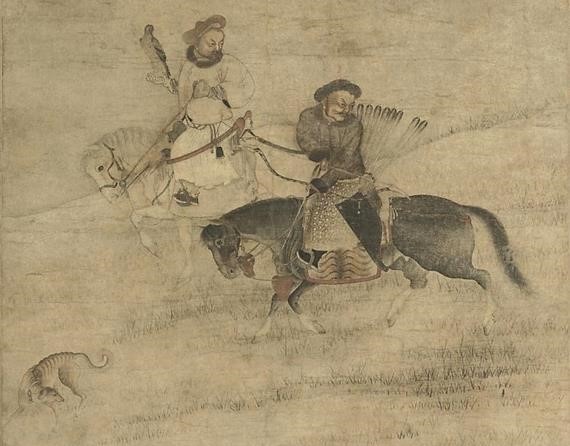


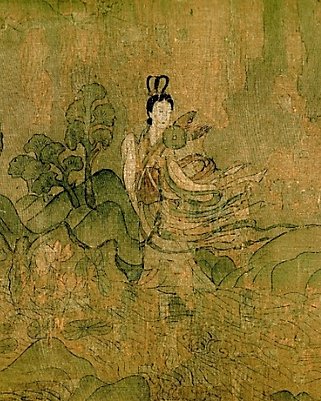


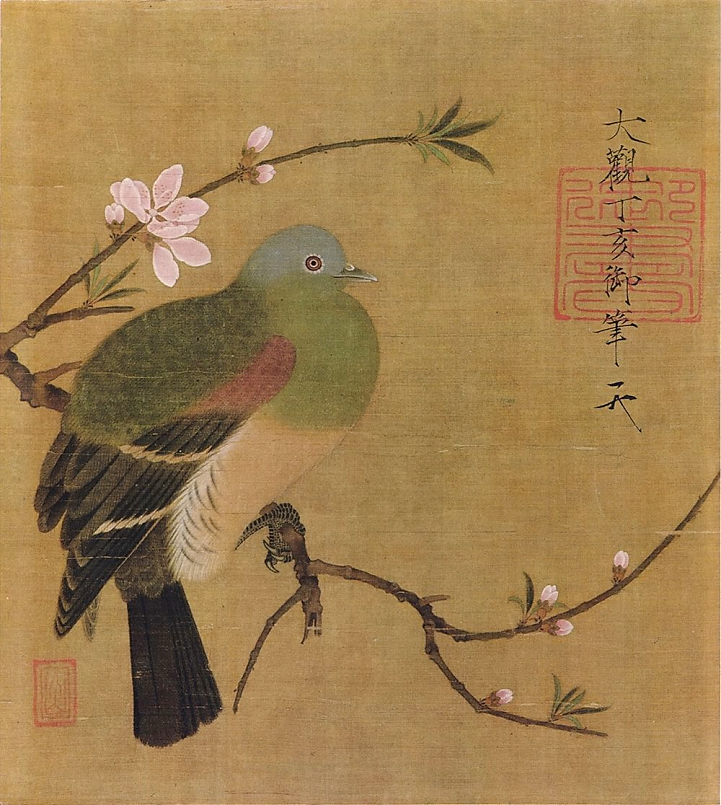



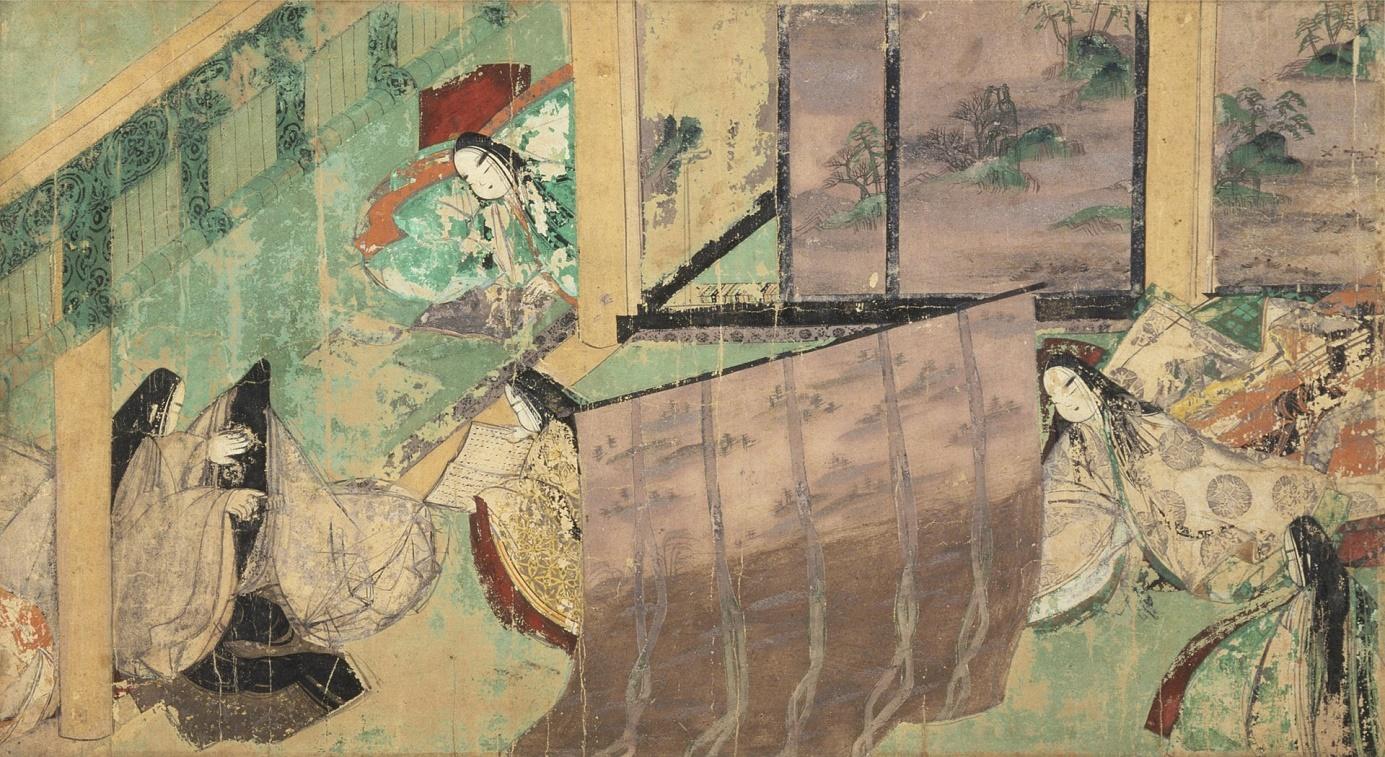
Bibliography :
- Masters of the Colour Print, Elyse Lord, by Malcom C. Salaman, The Studio, 1927, London
- The New Colour Prints of Elyse Ashe Lord, by G.S. Whittet, in “The Studio”, Janvier 1951, London
The collection
La route de la soie
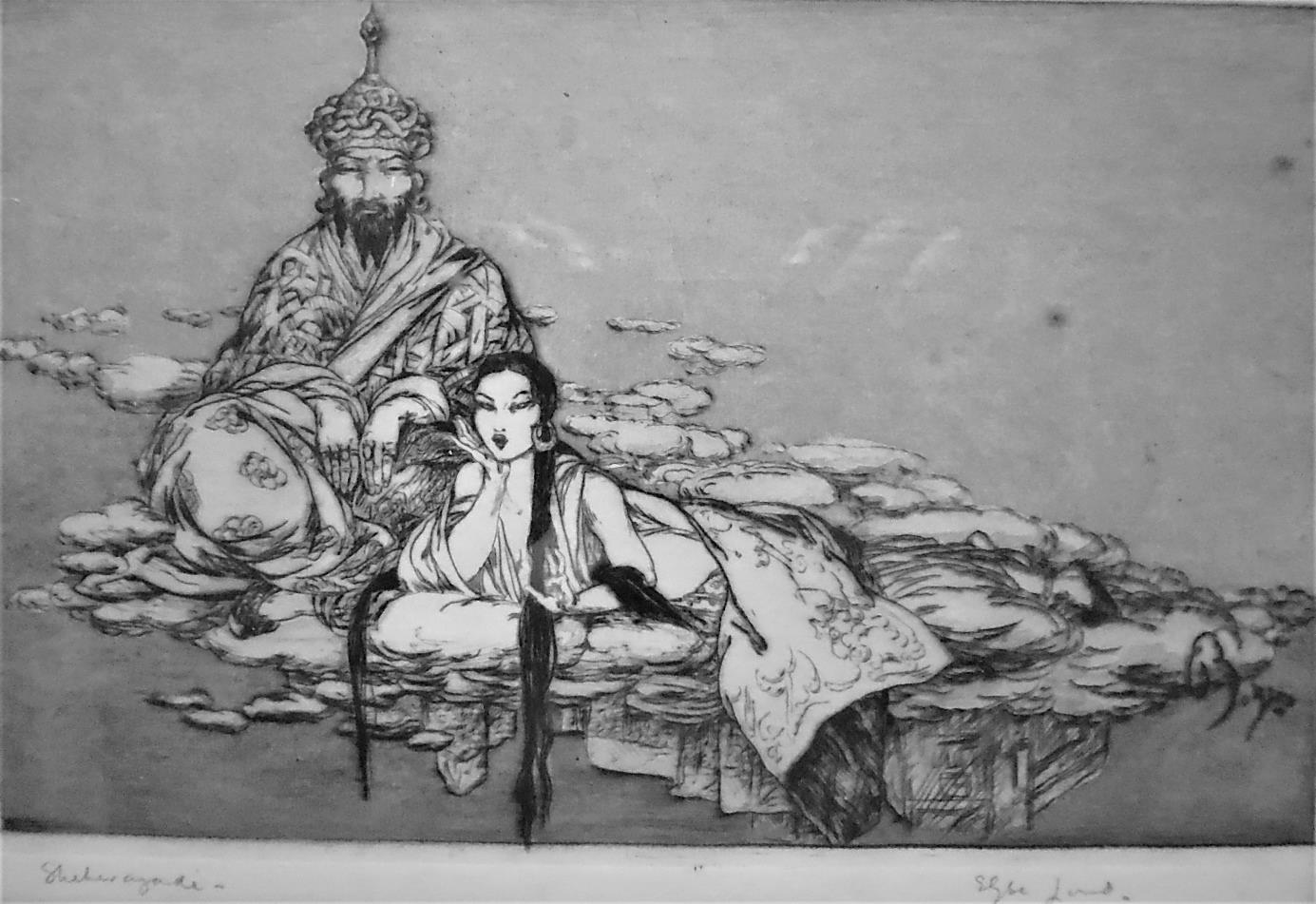

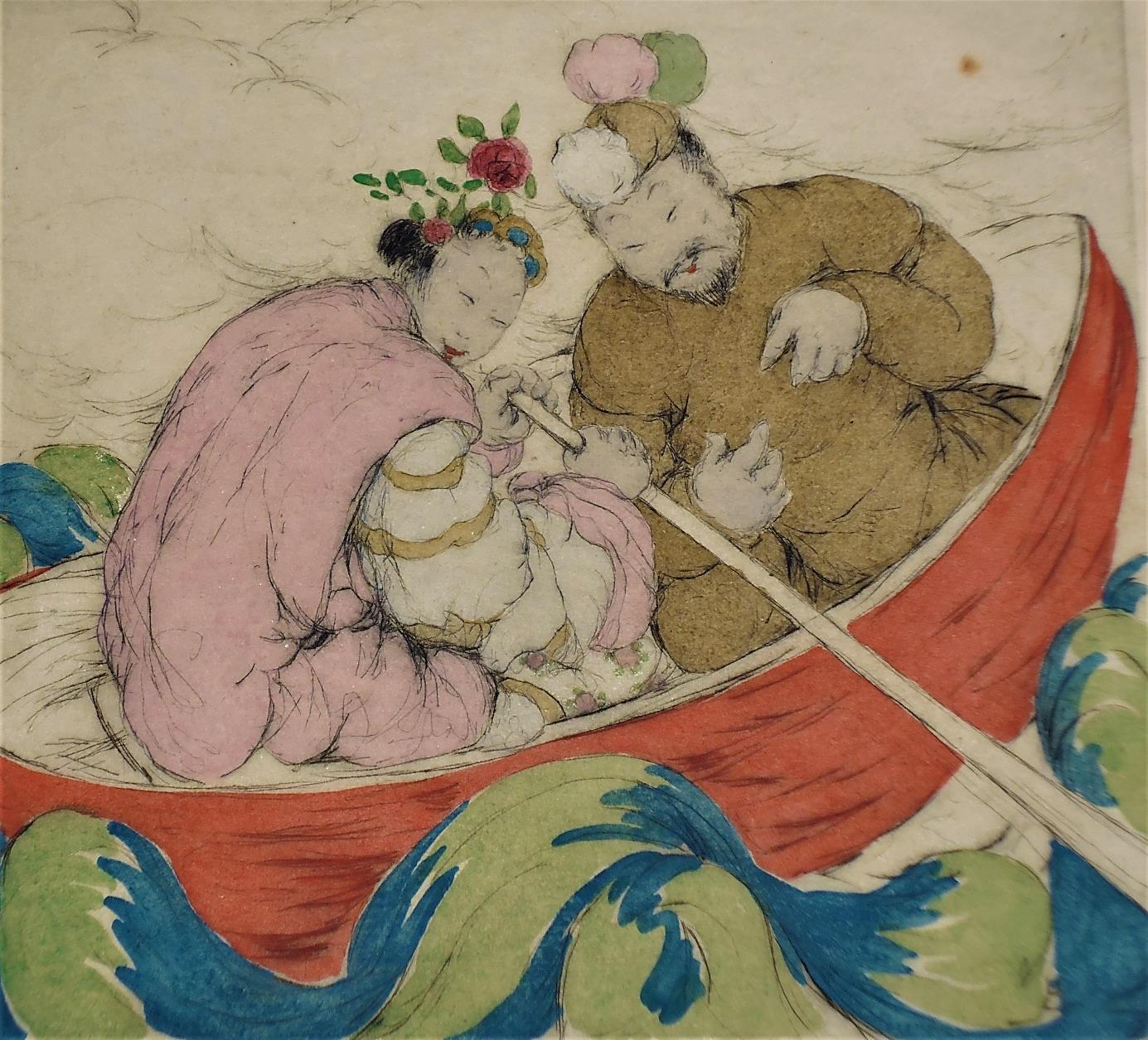

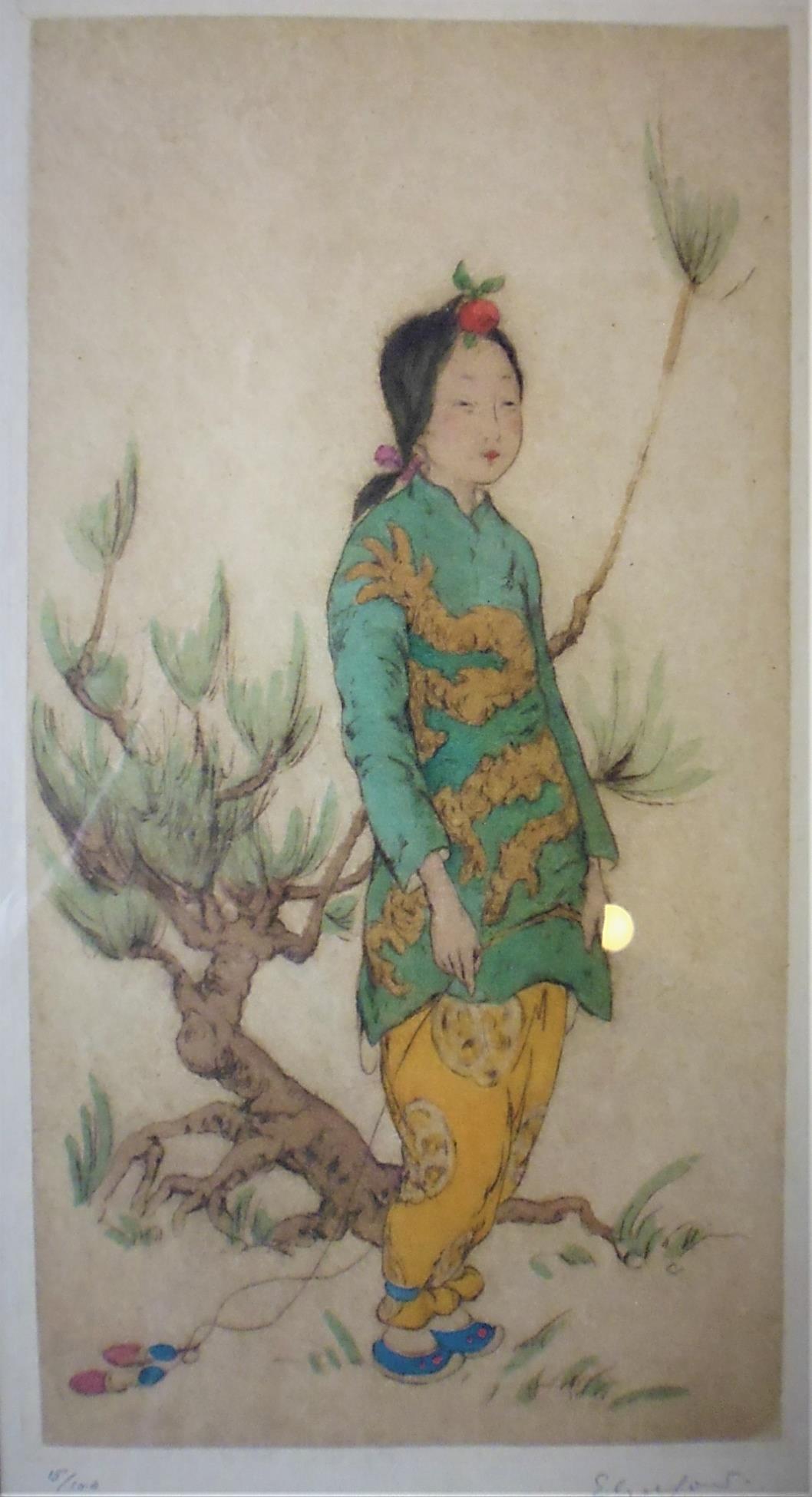
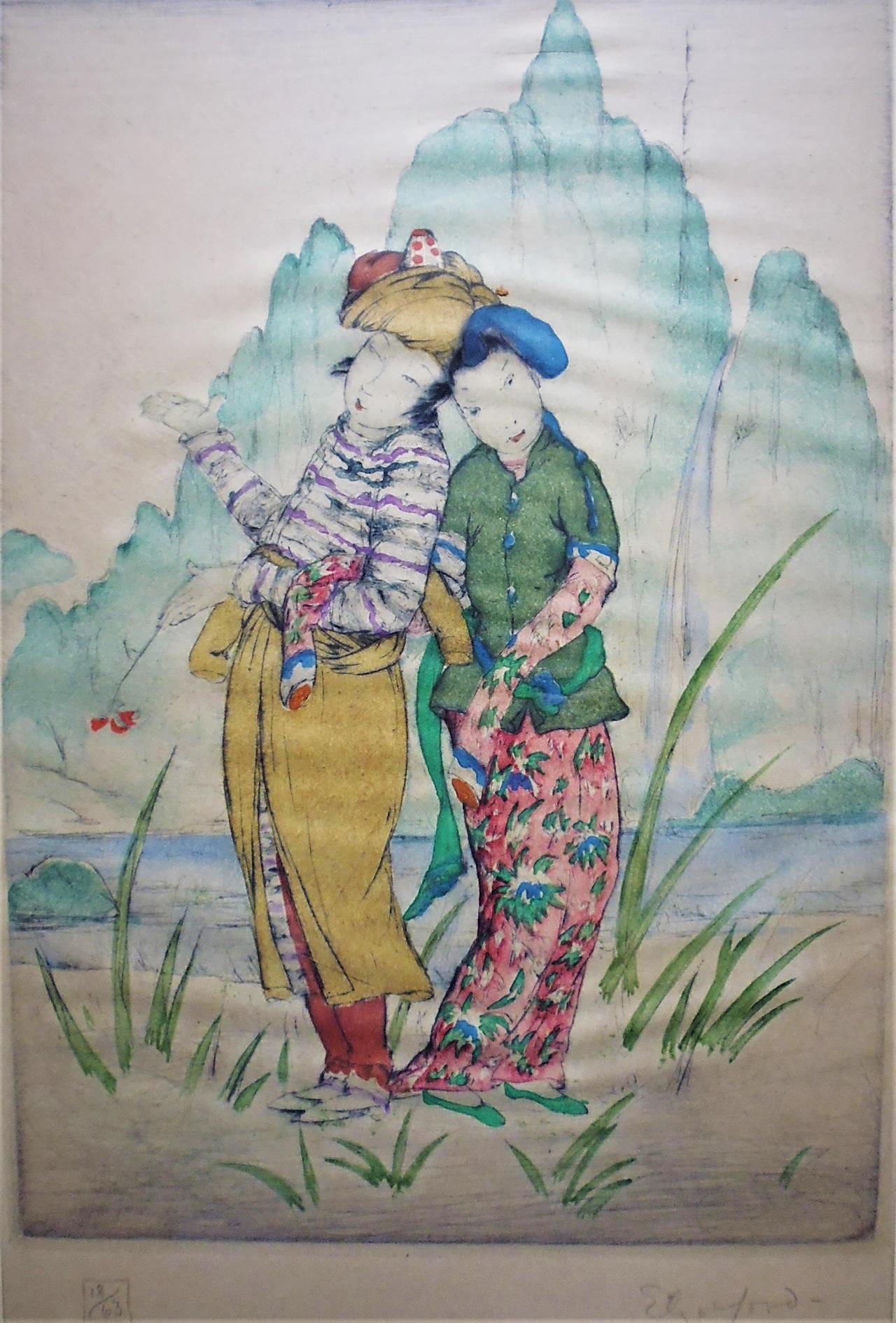
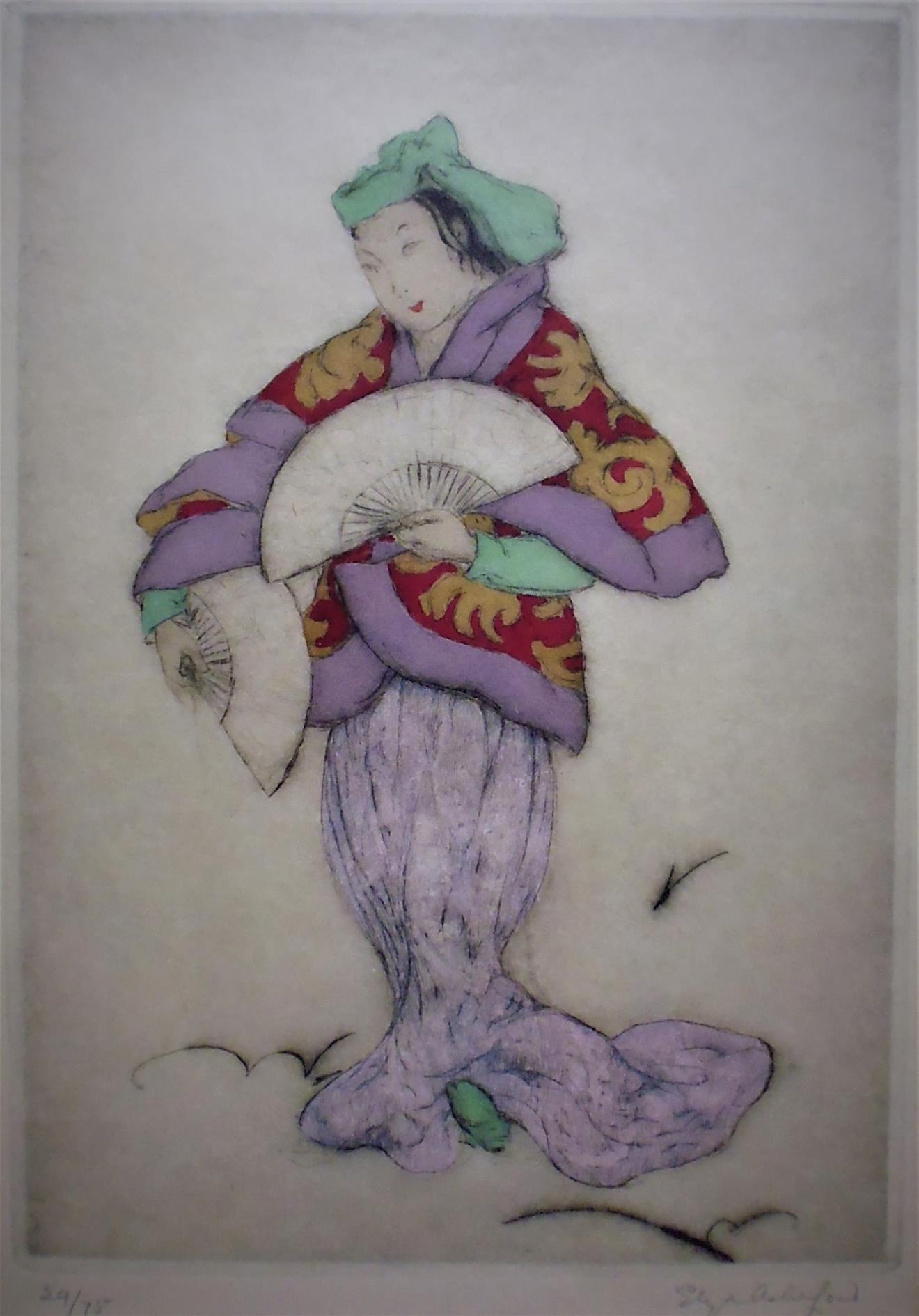
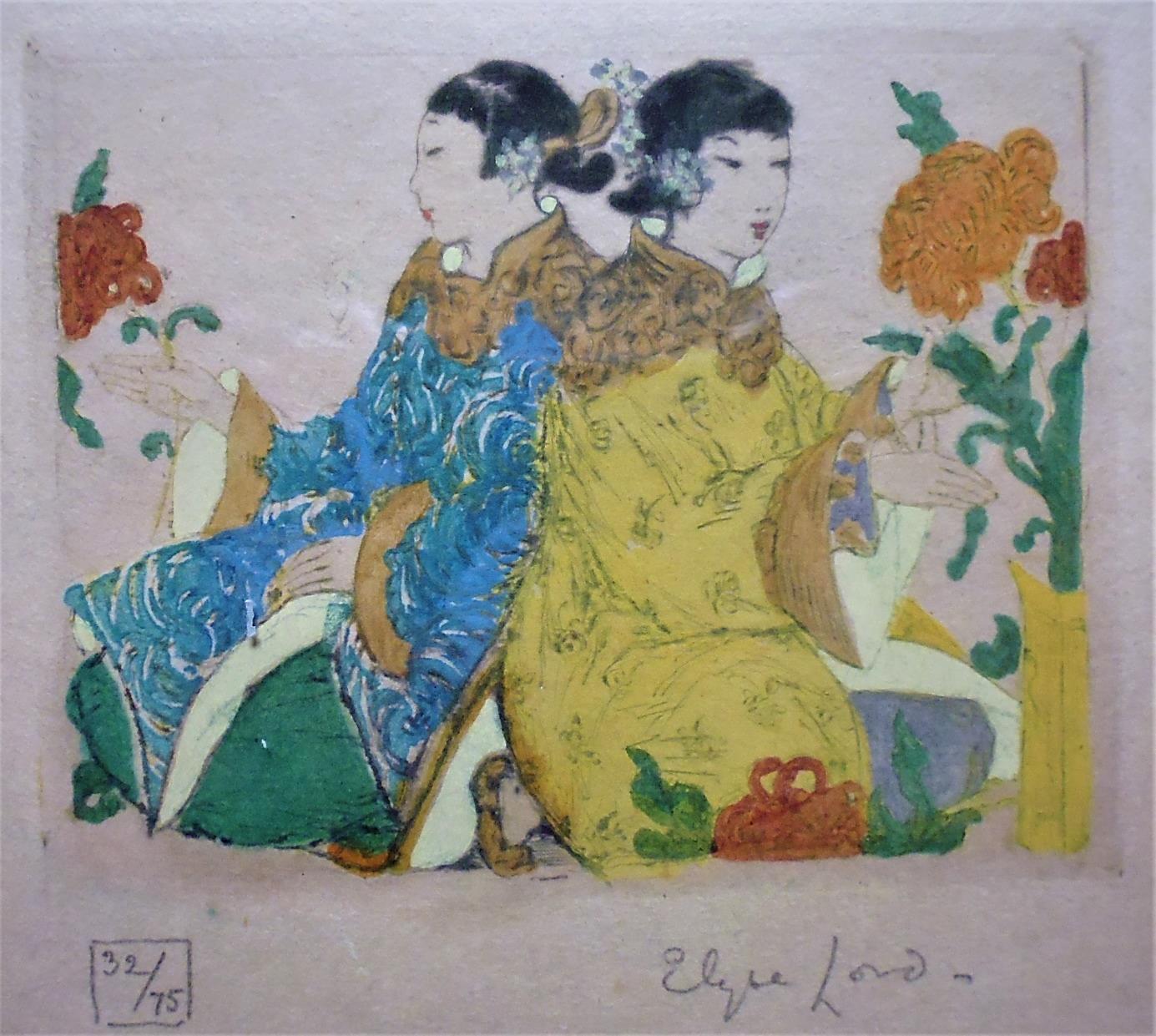
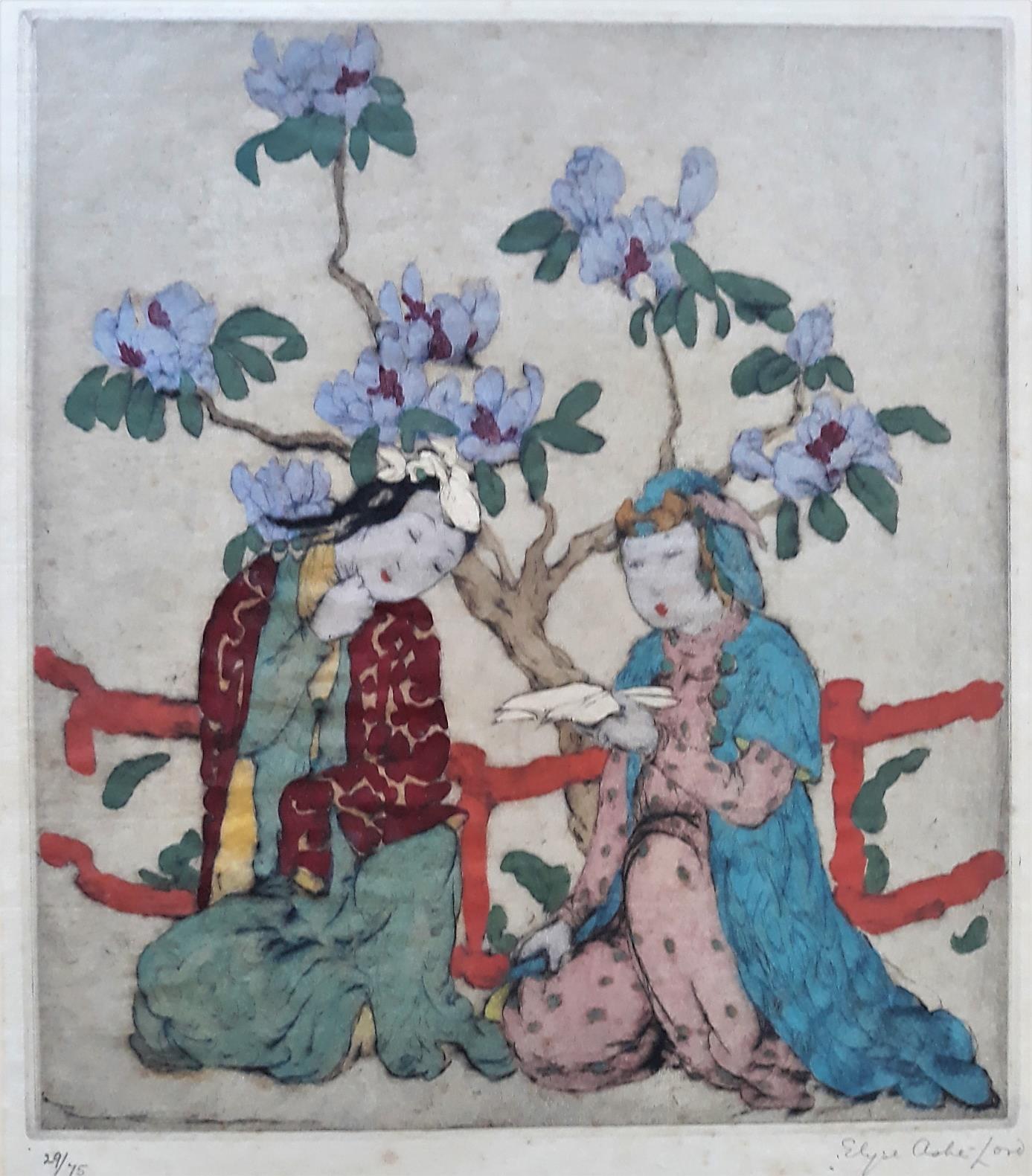
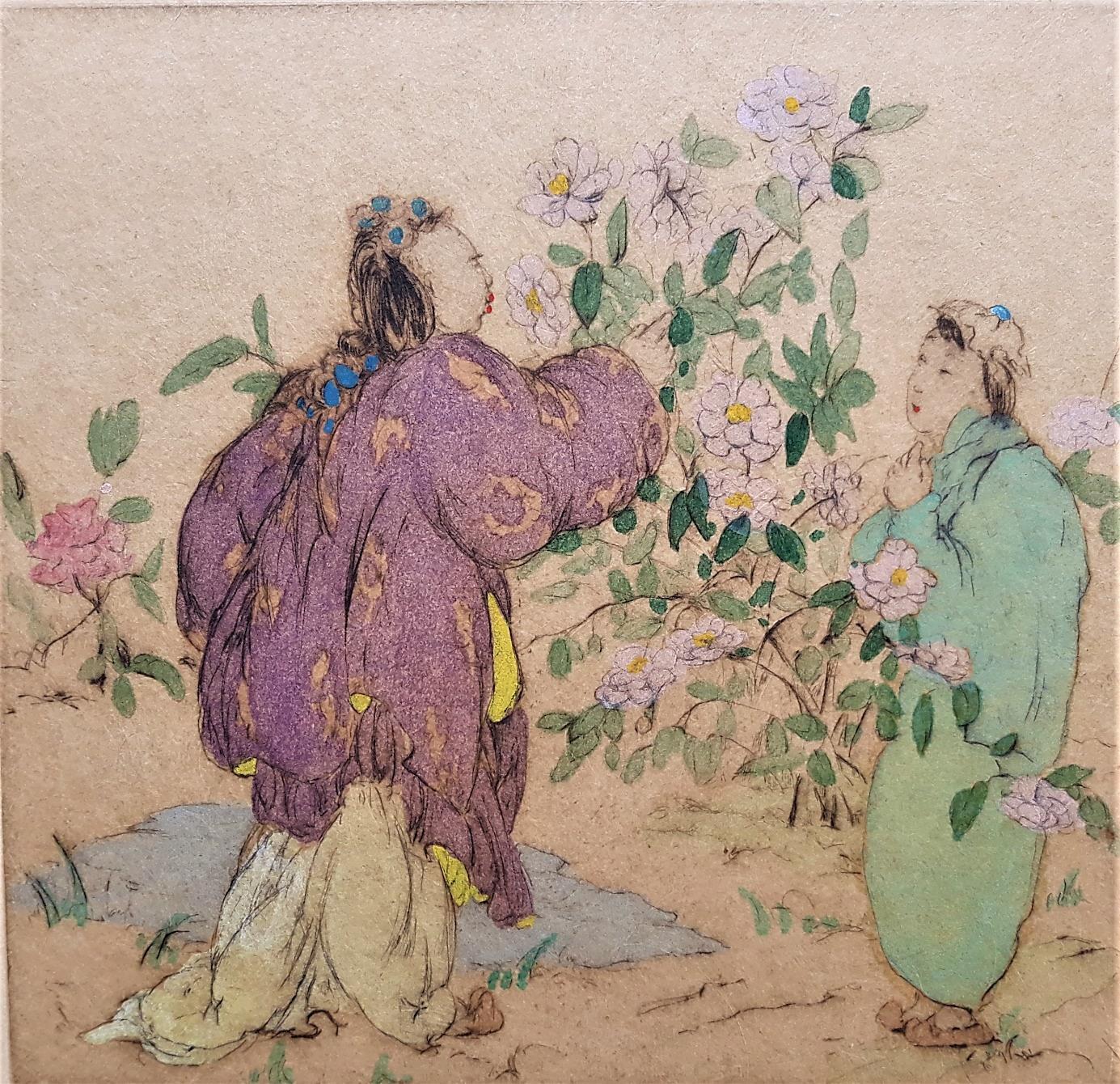
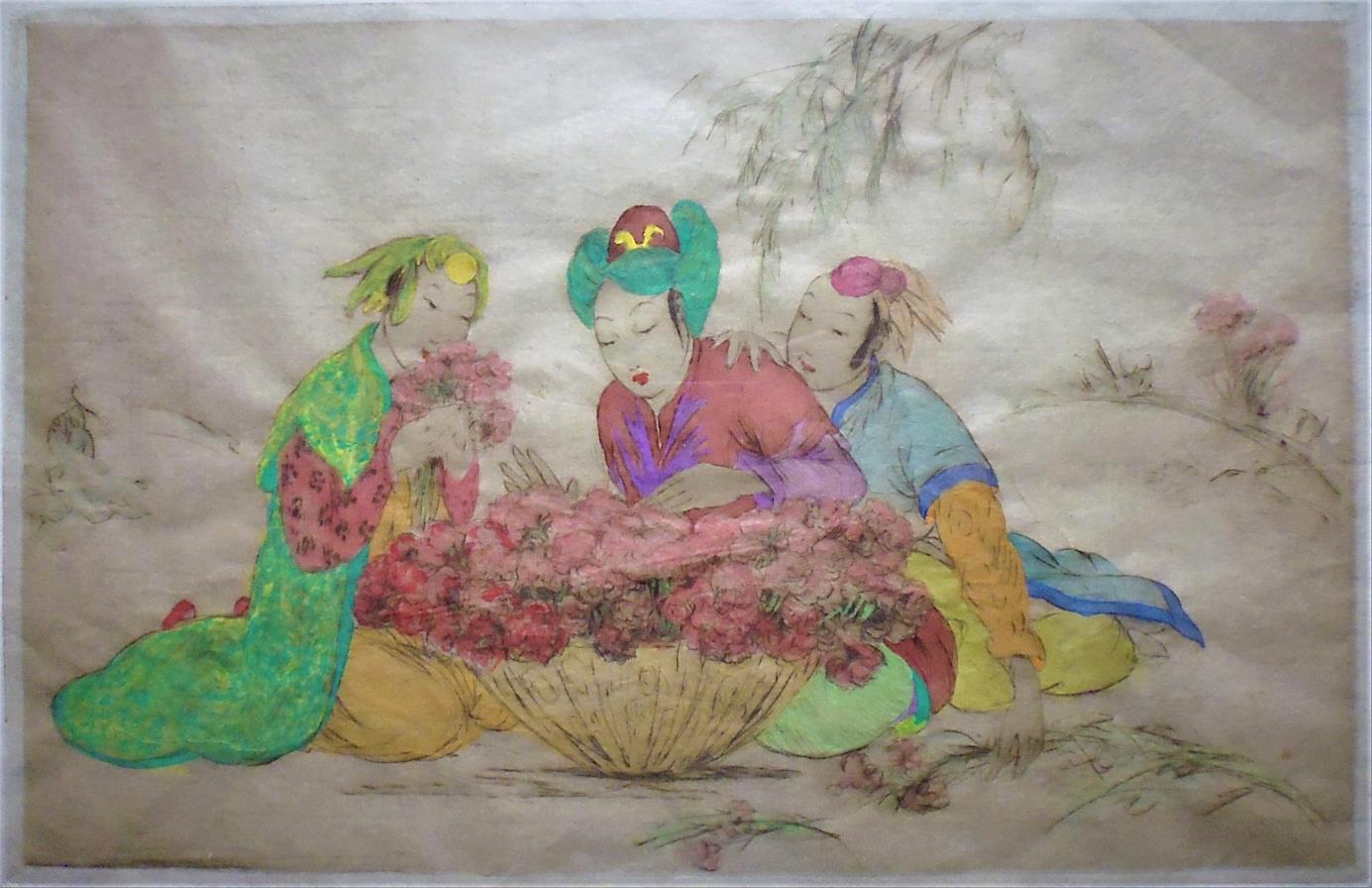
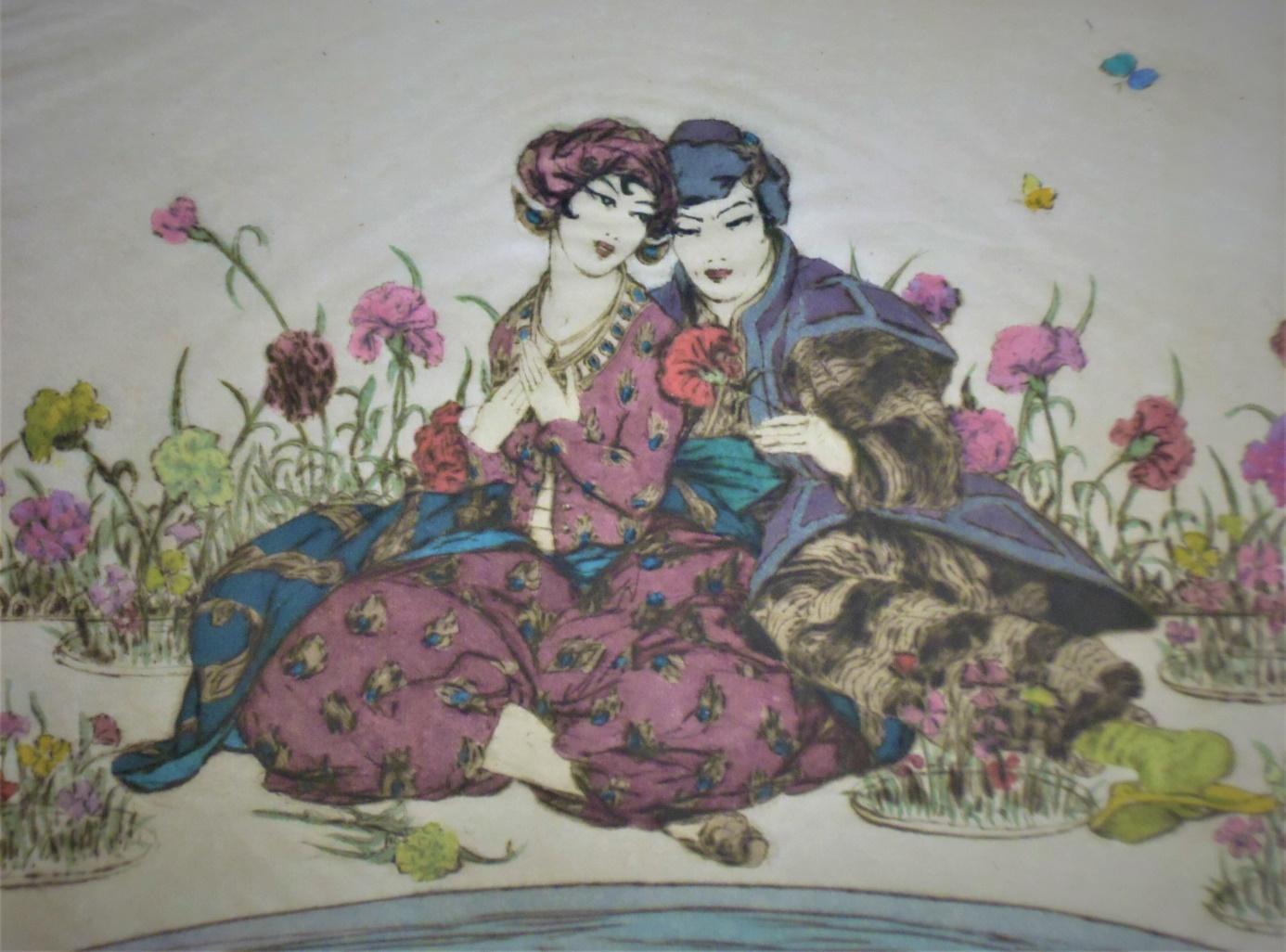
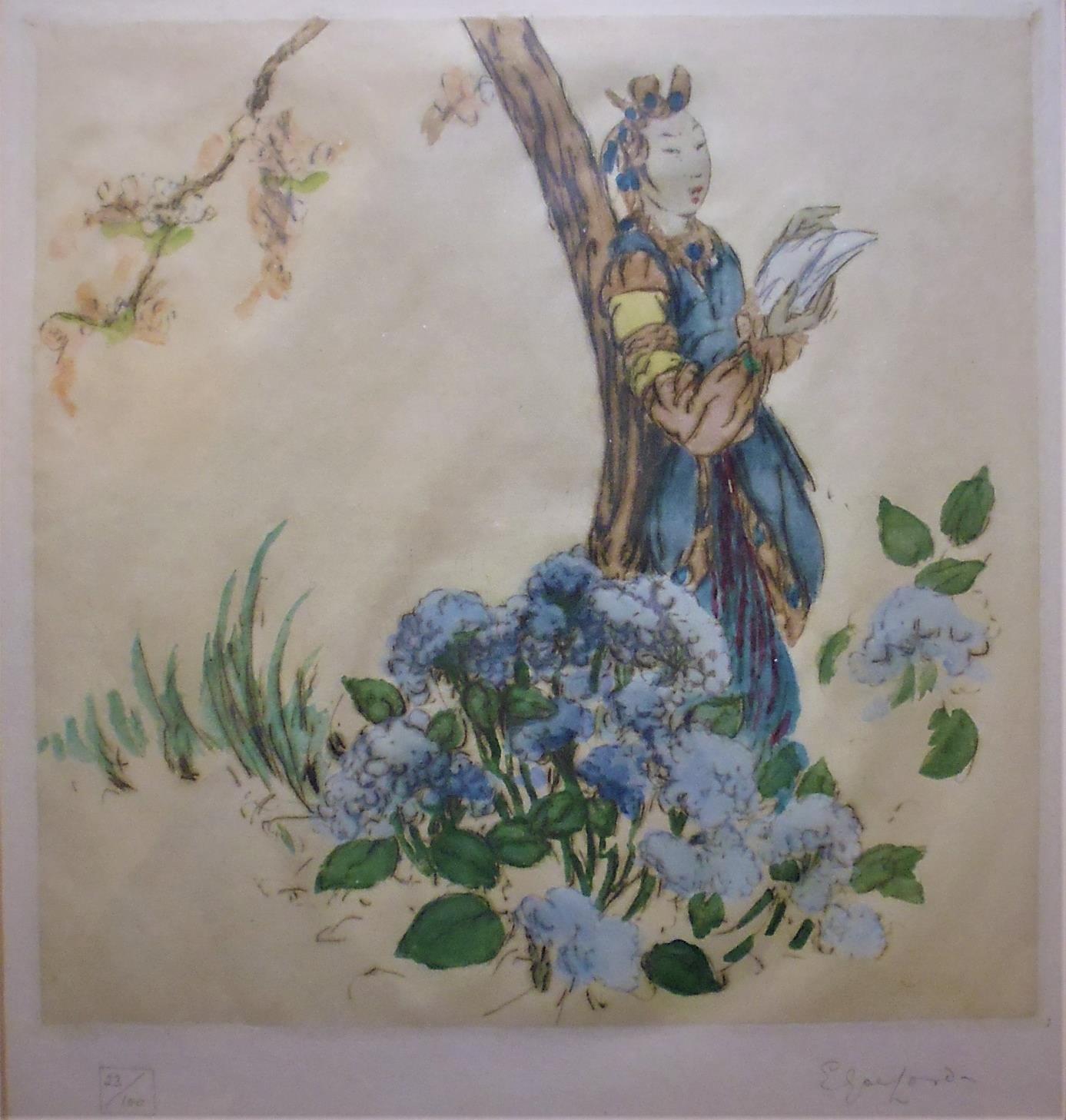
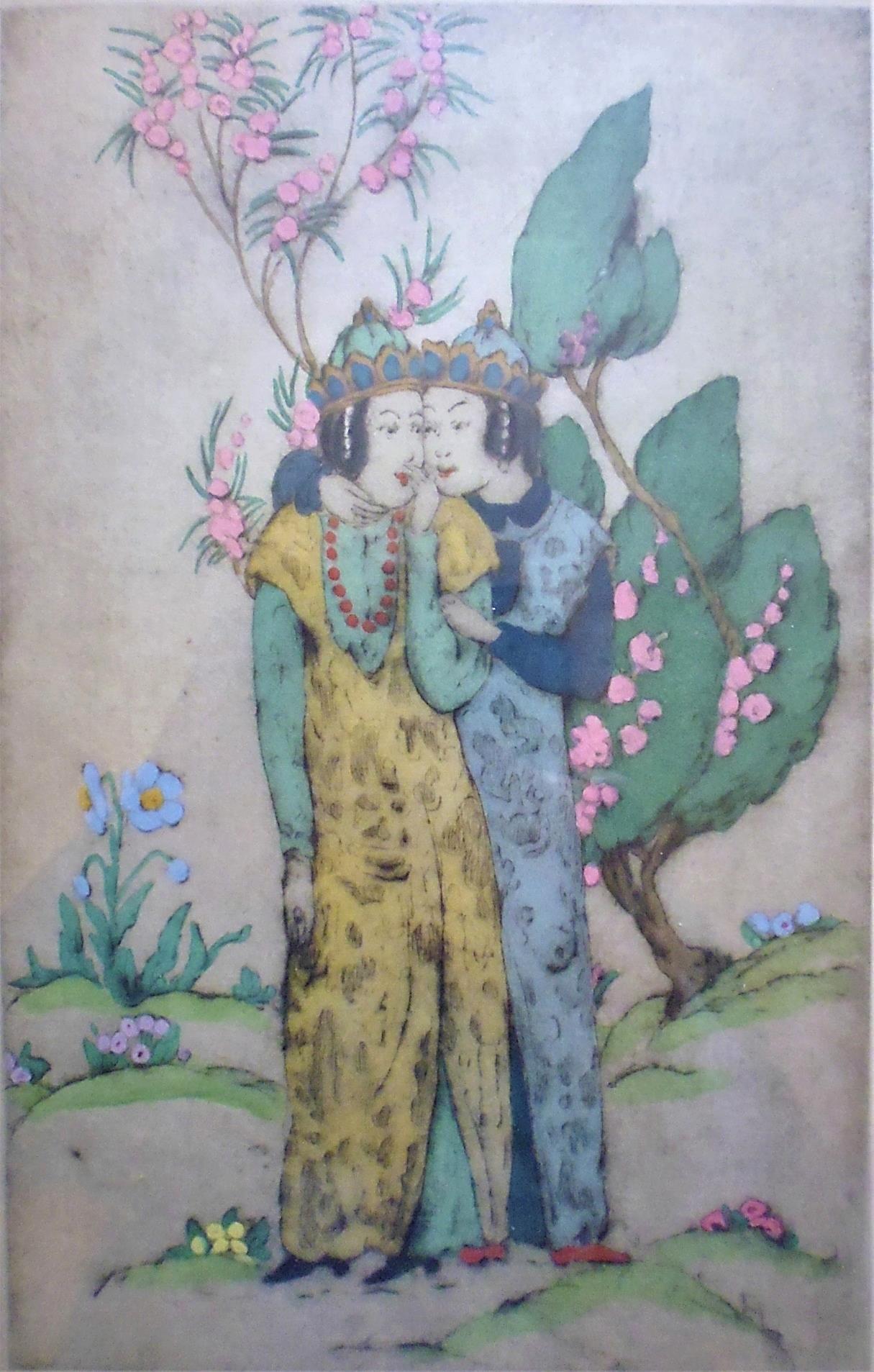

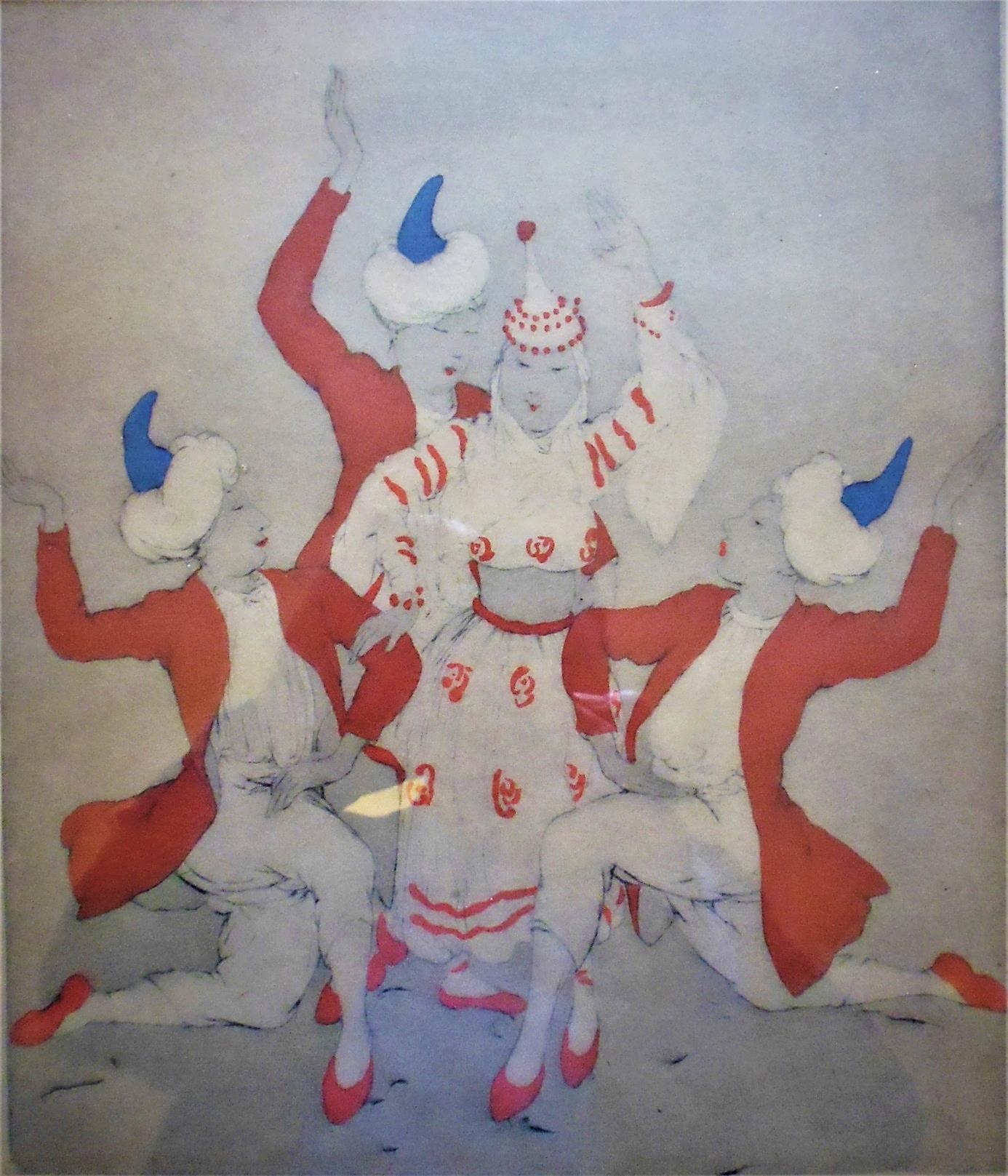
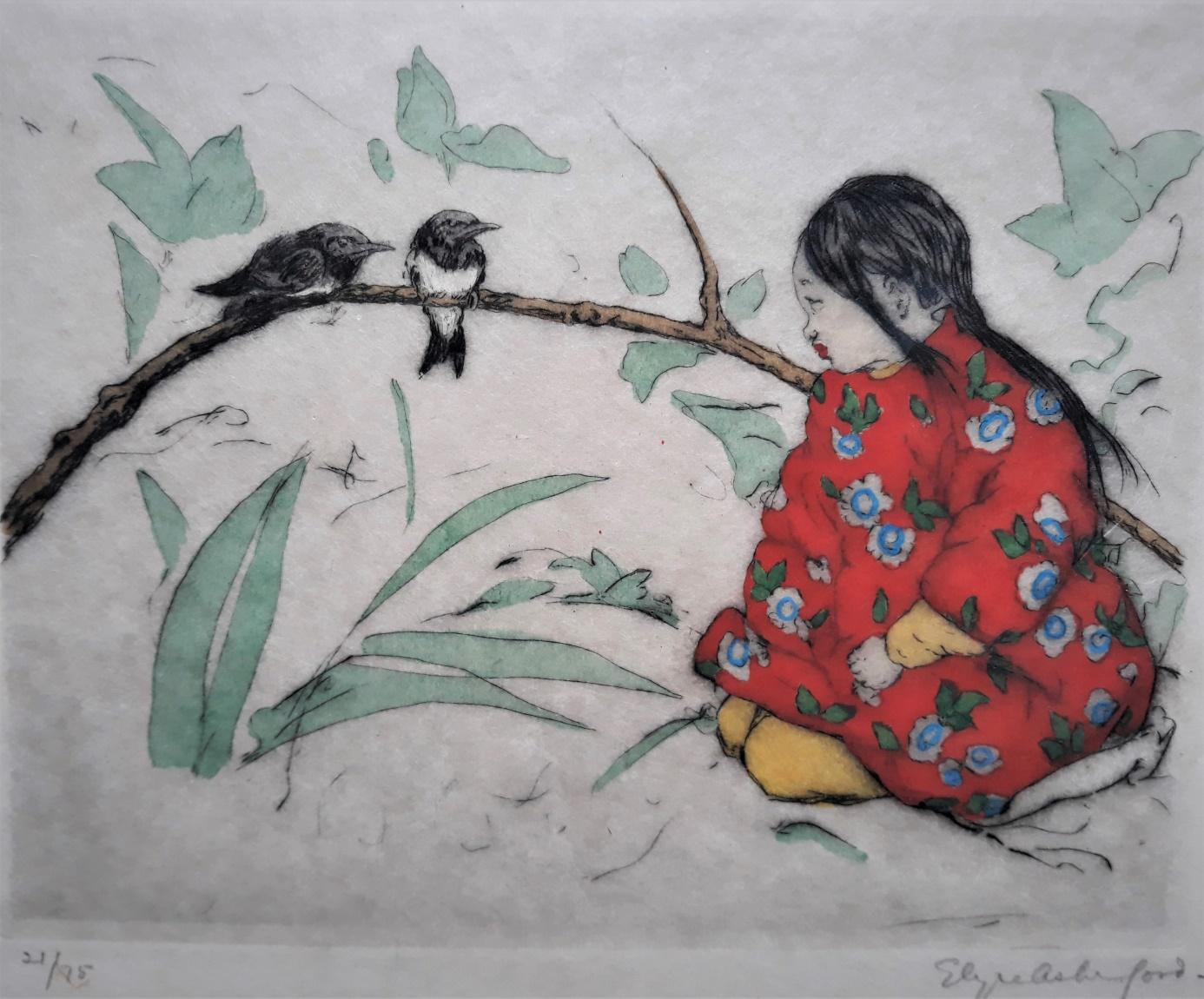
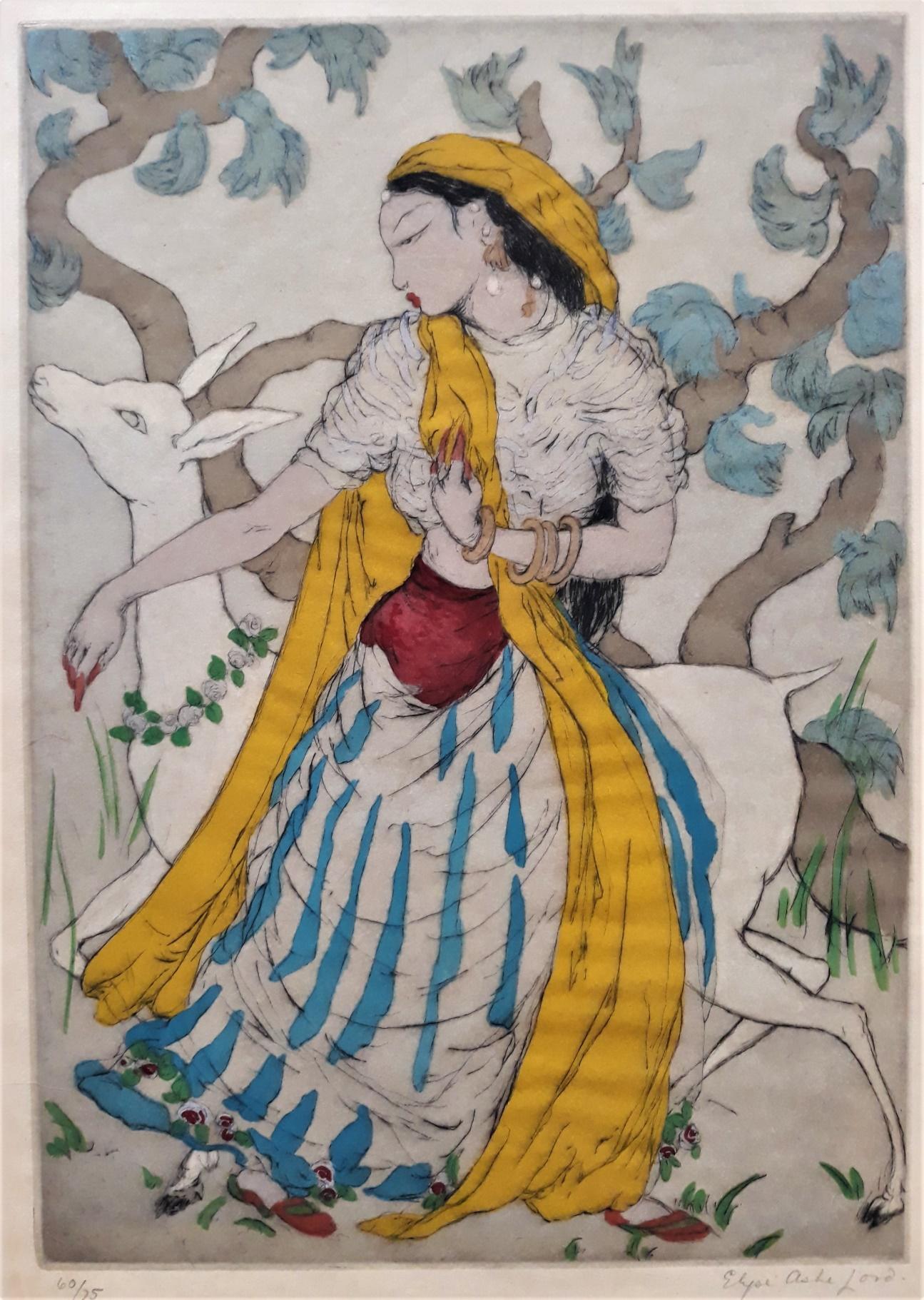
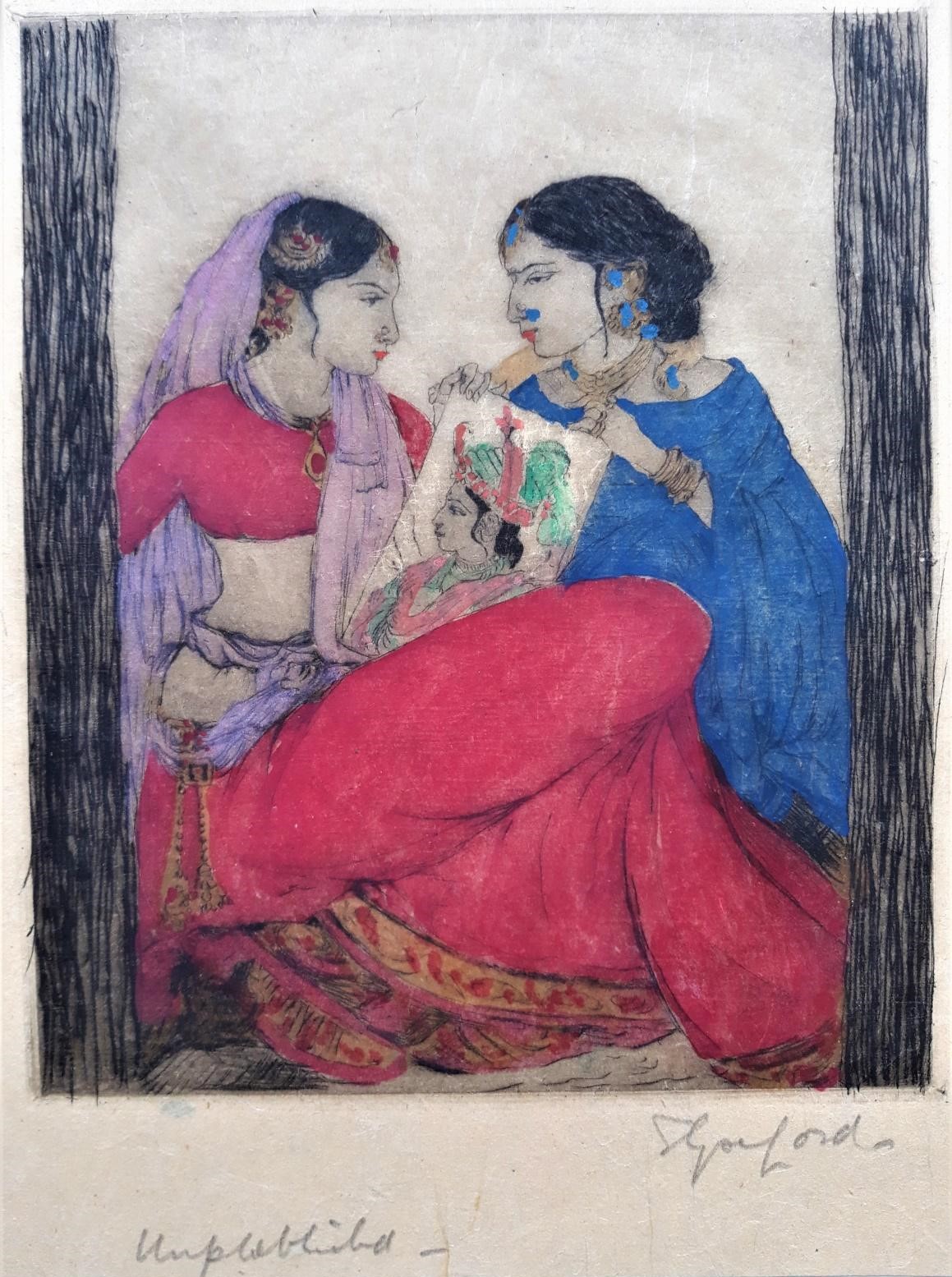
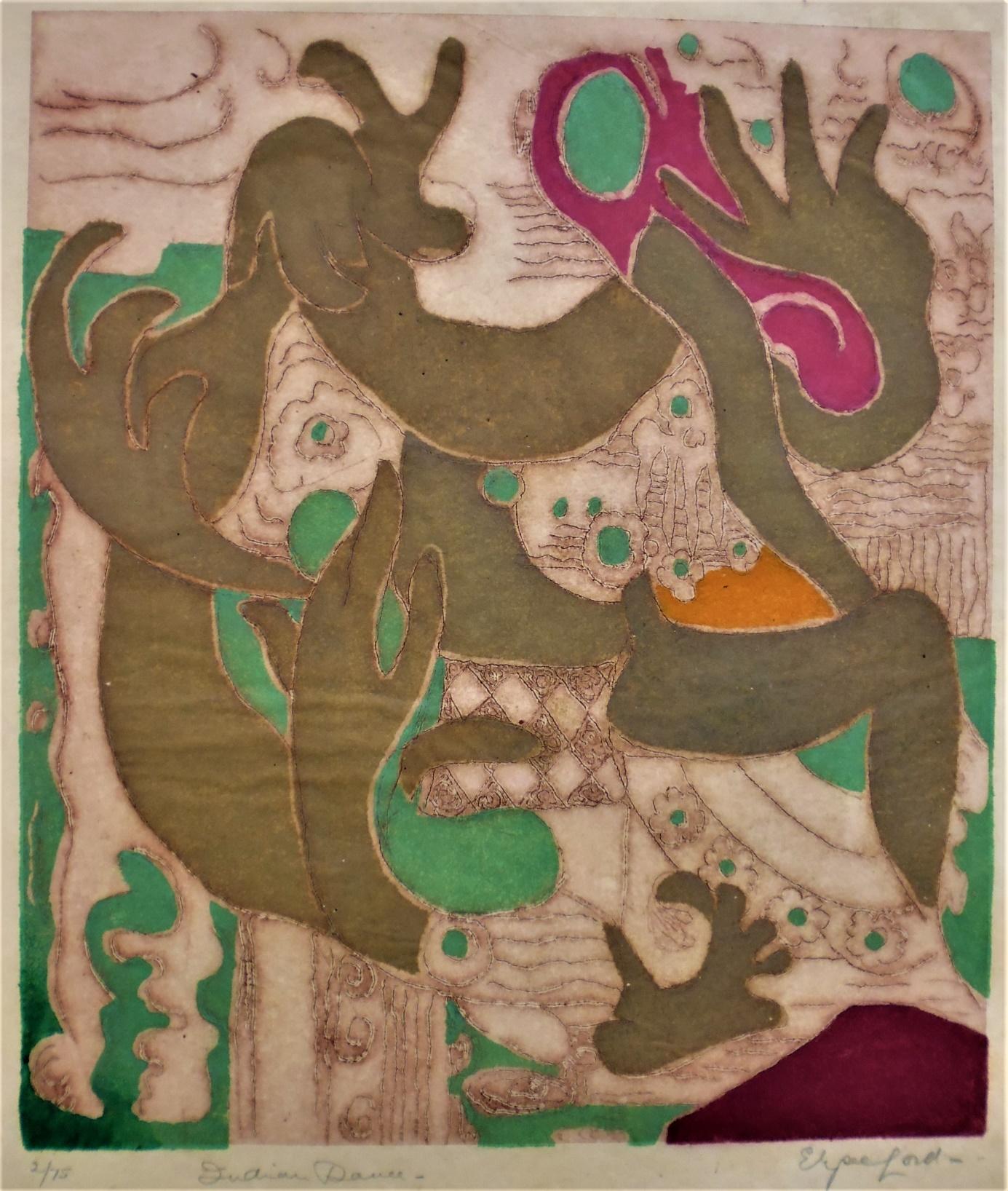
L'empire du milieu
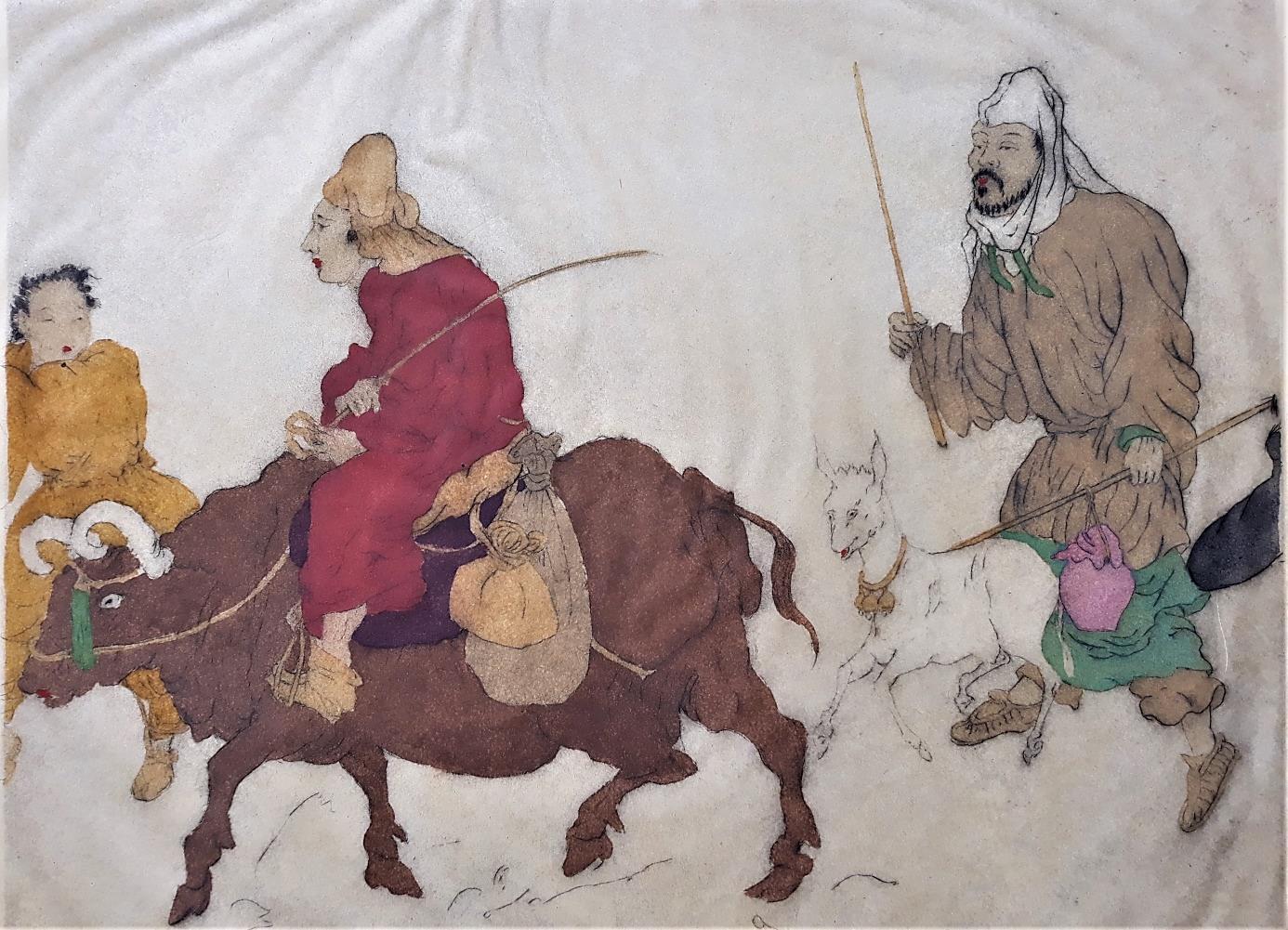
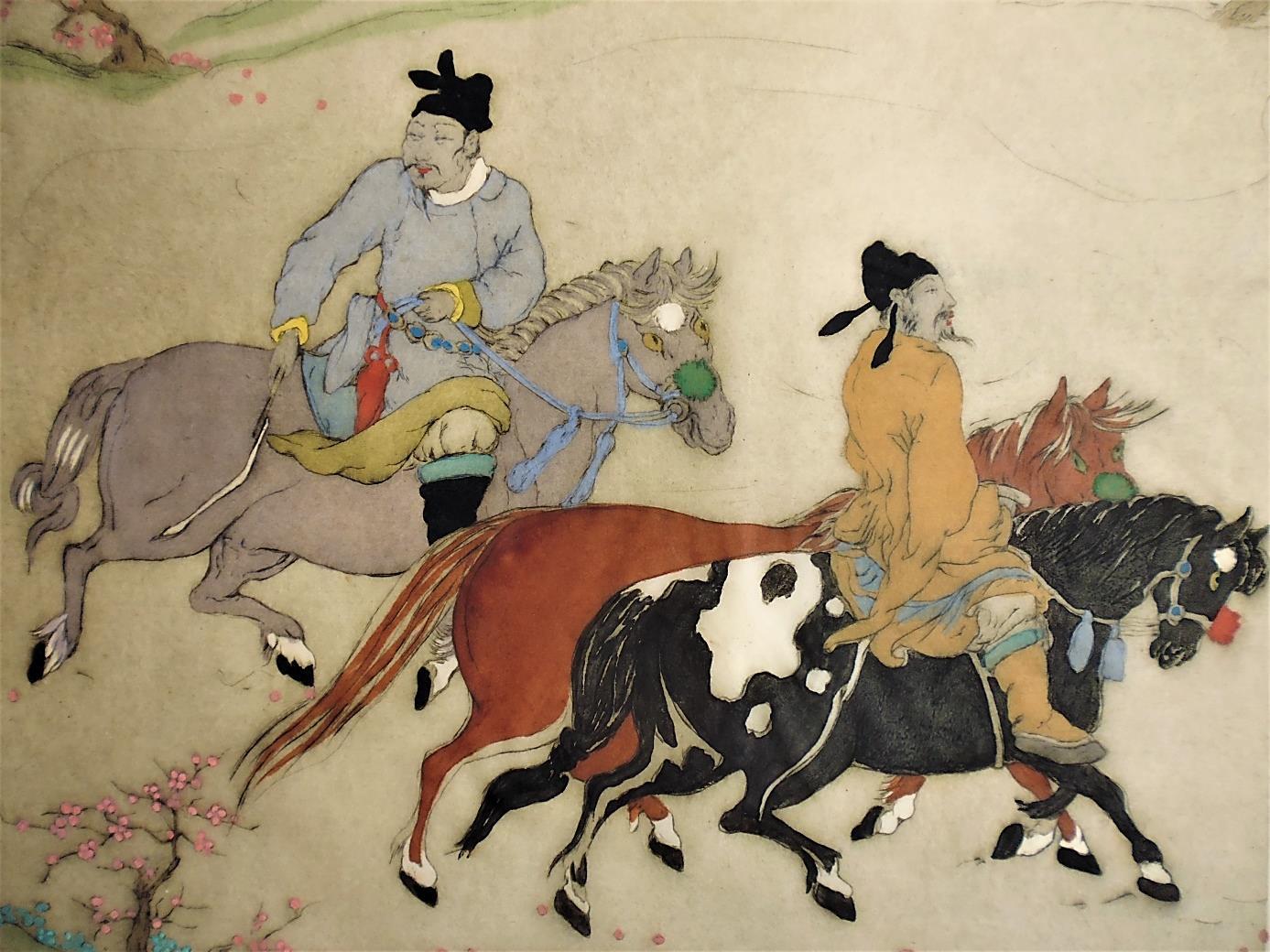
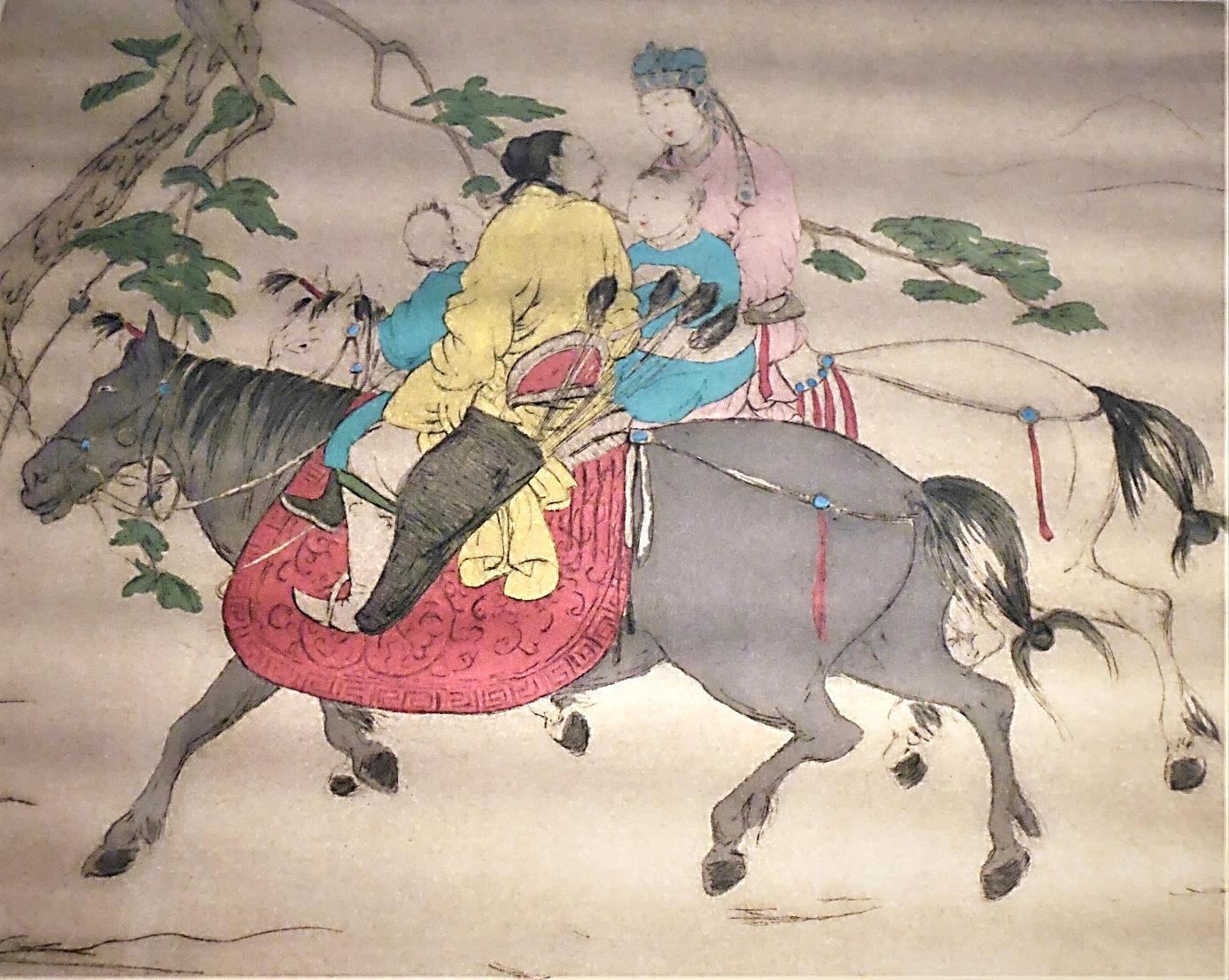

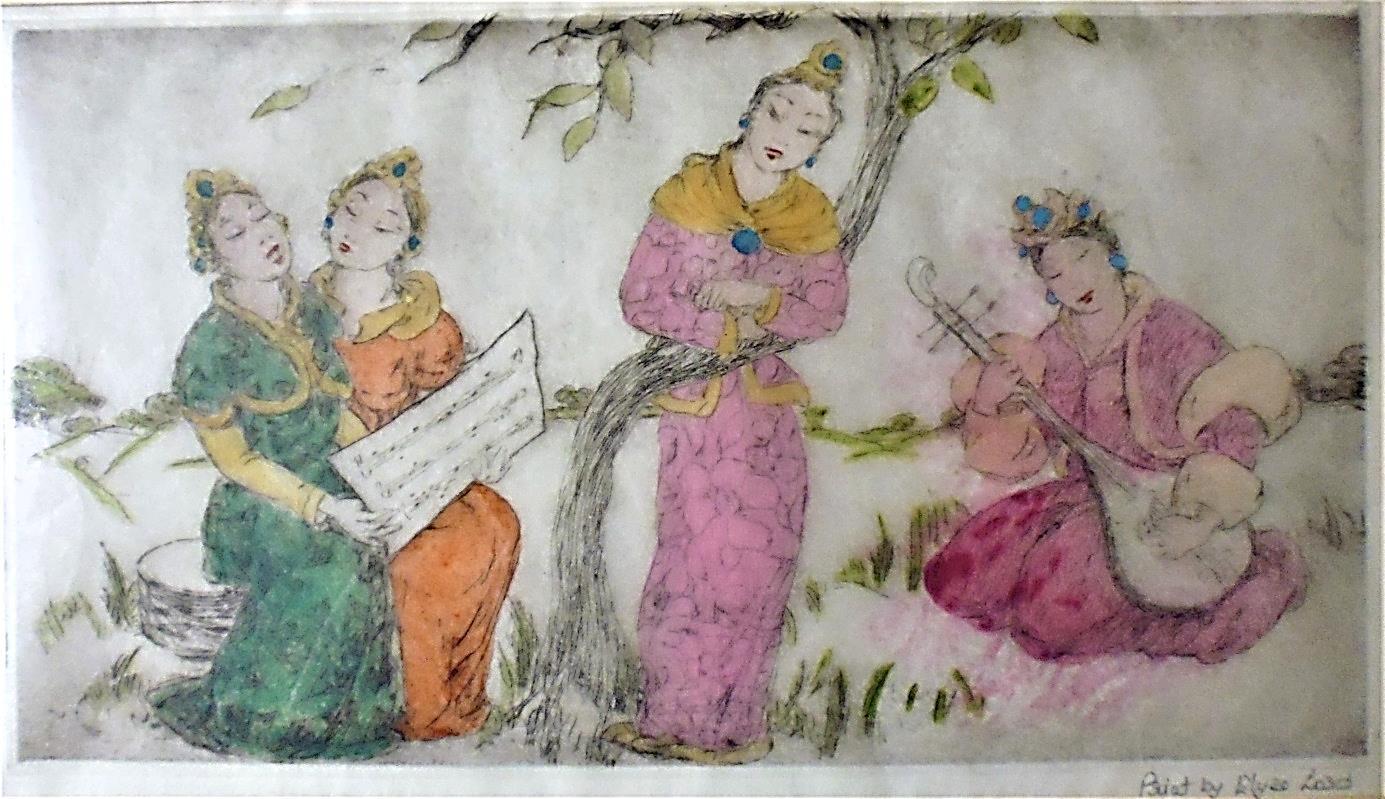
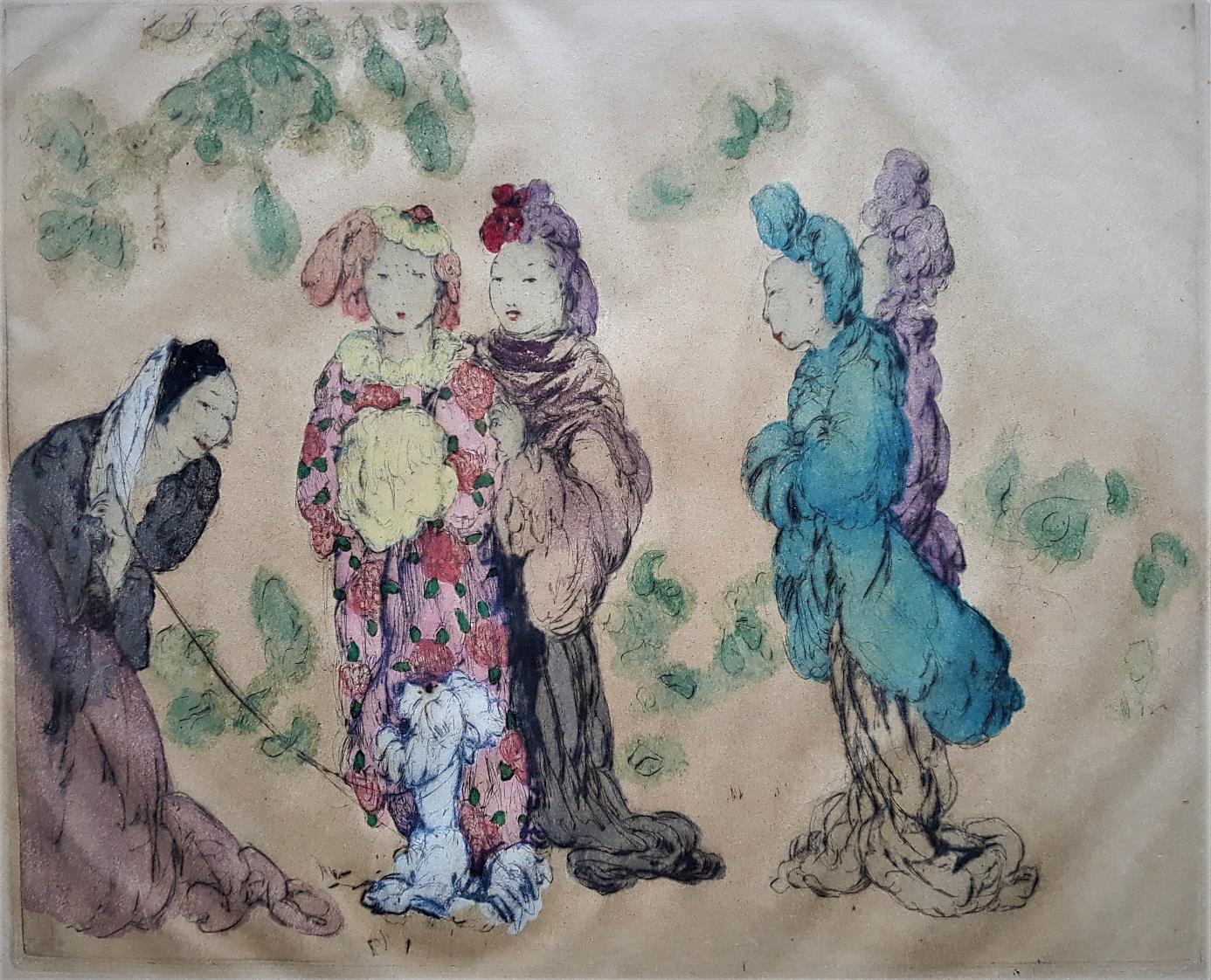
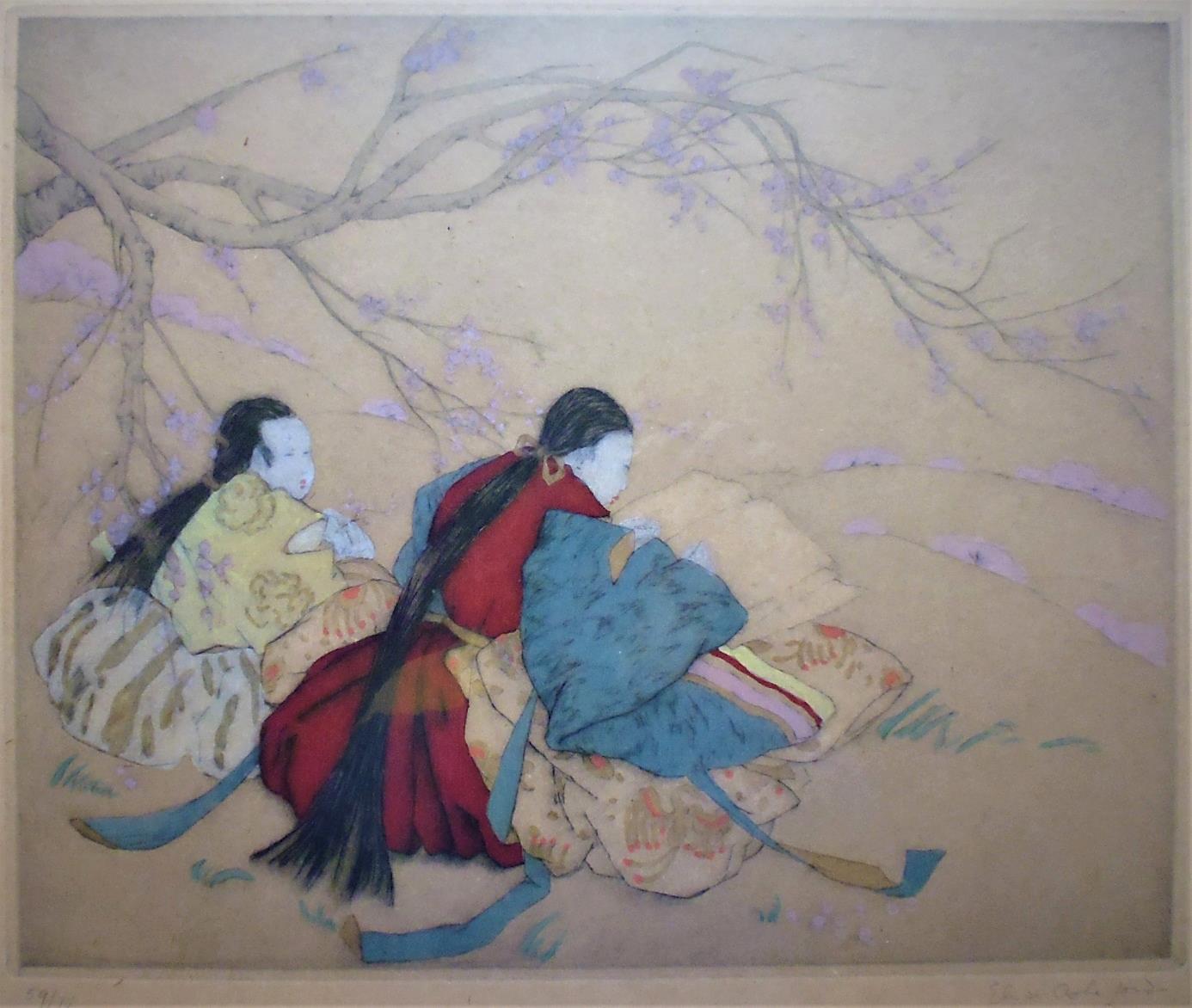


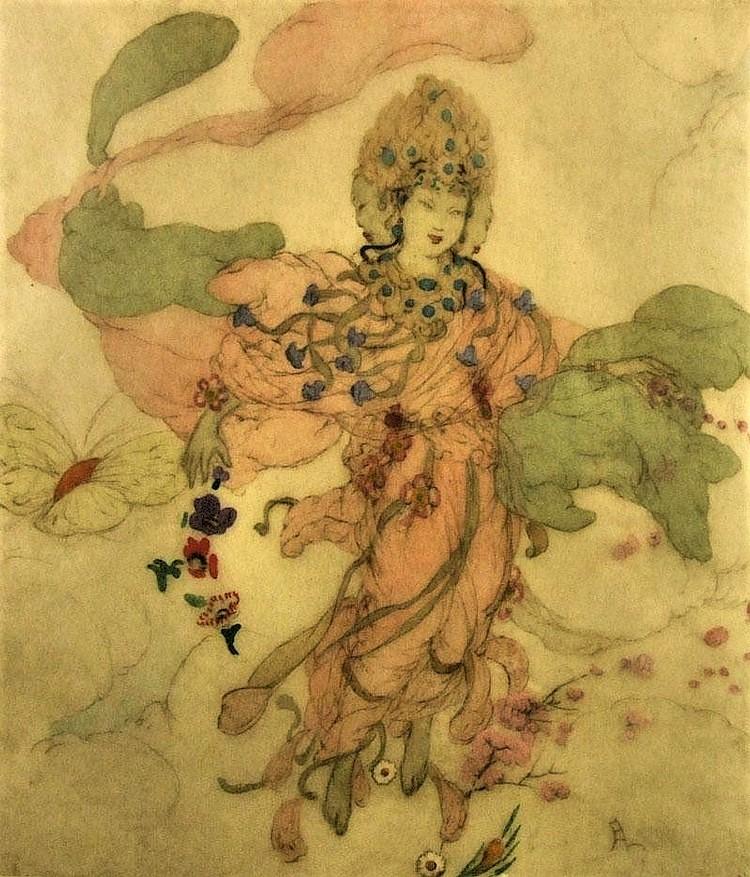
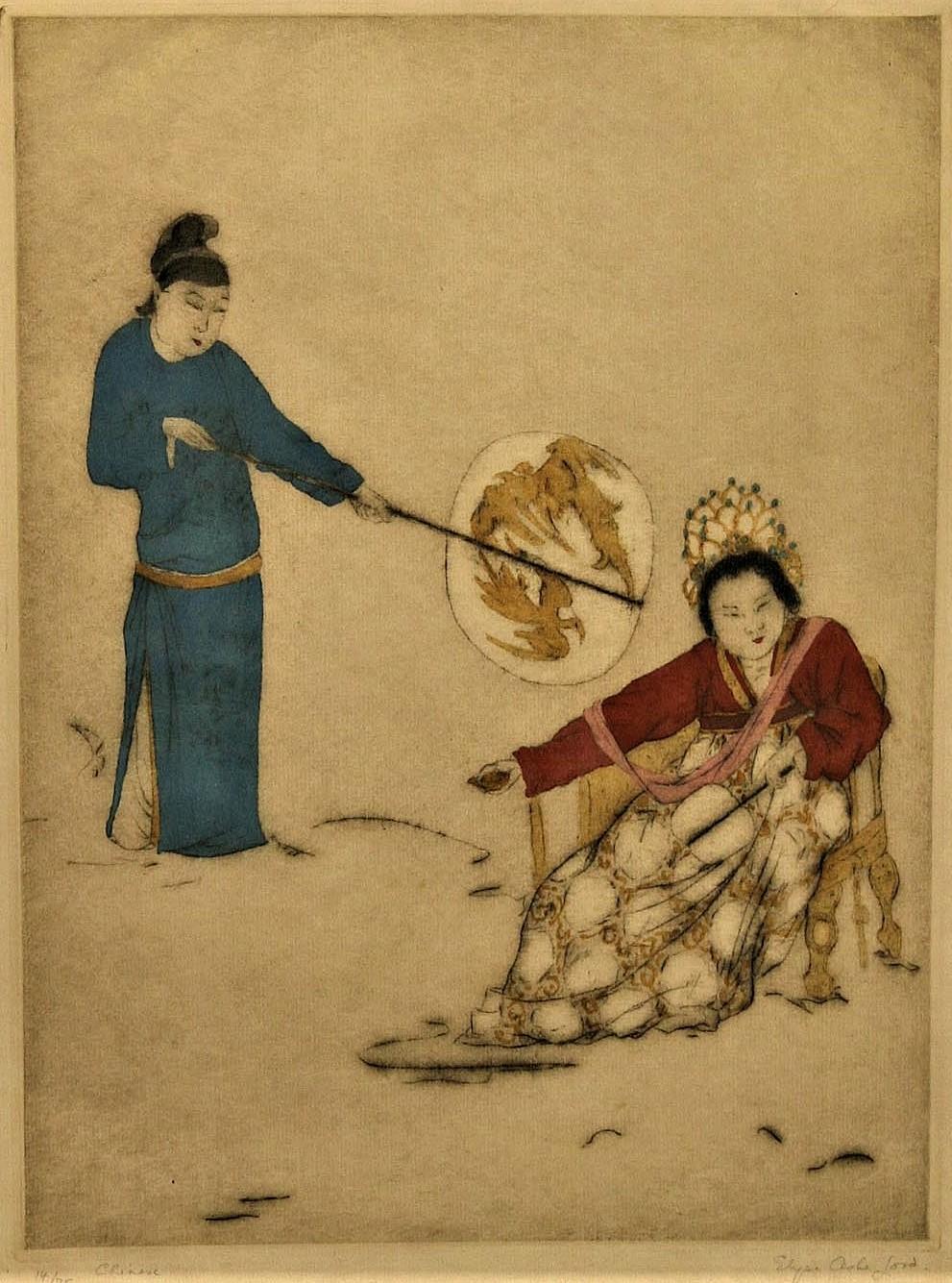
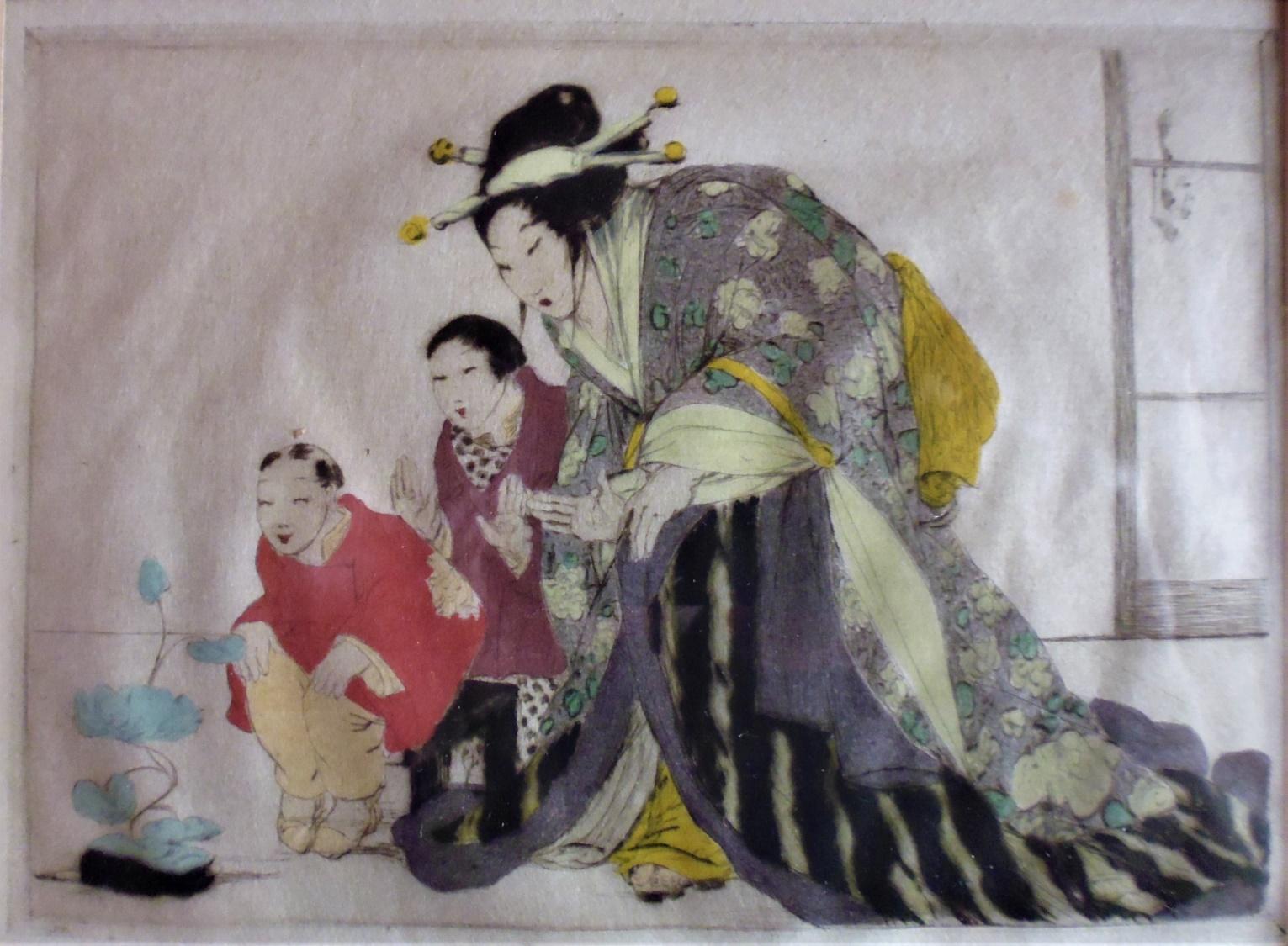
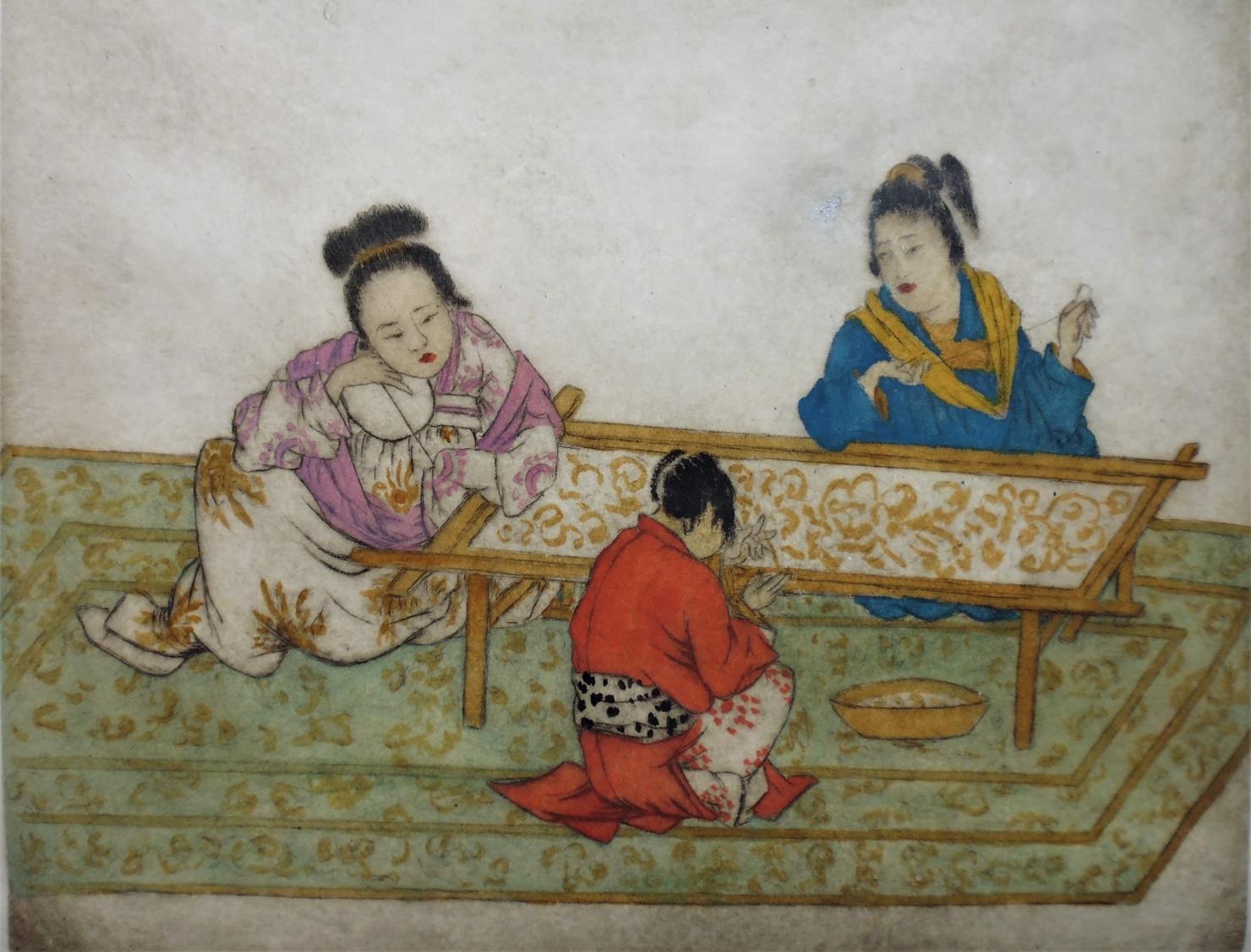


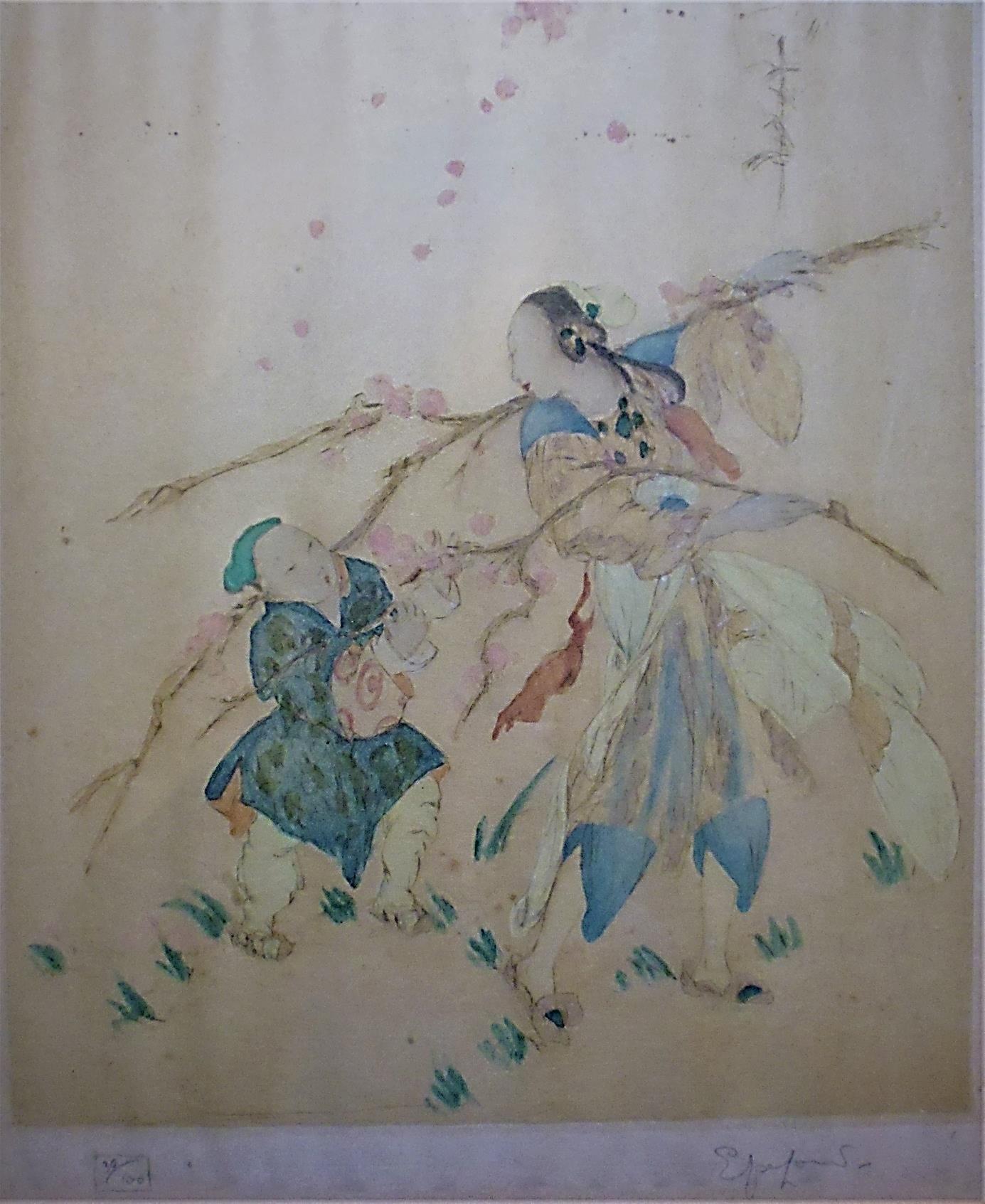


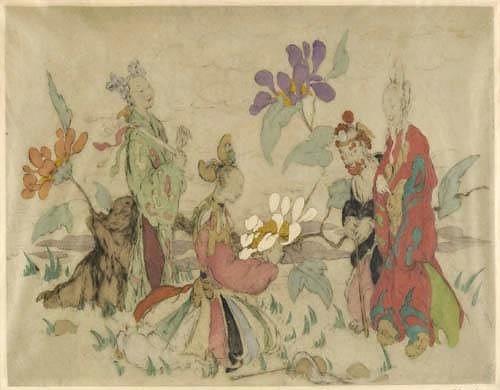
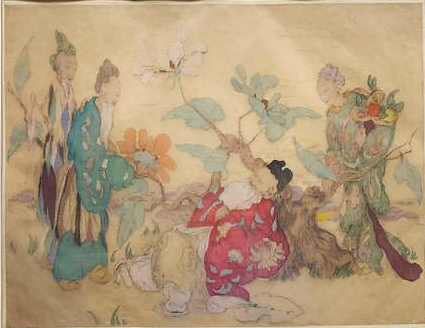
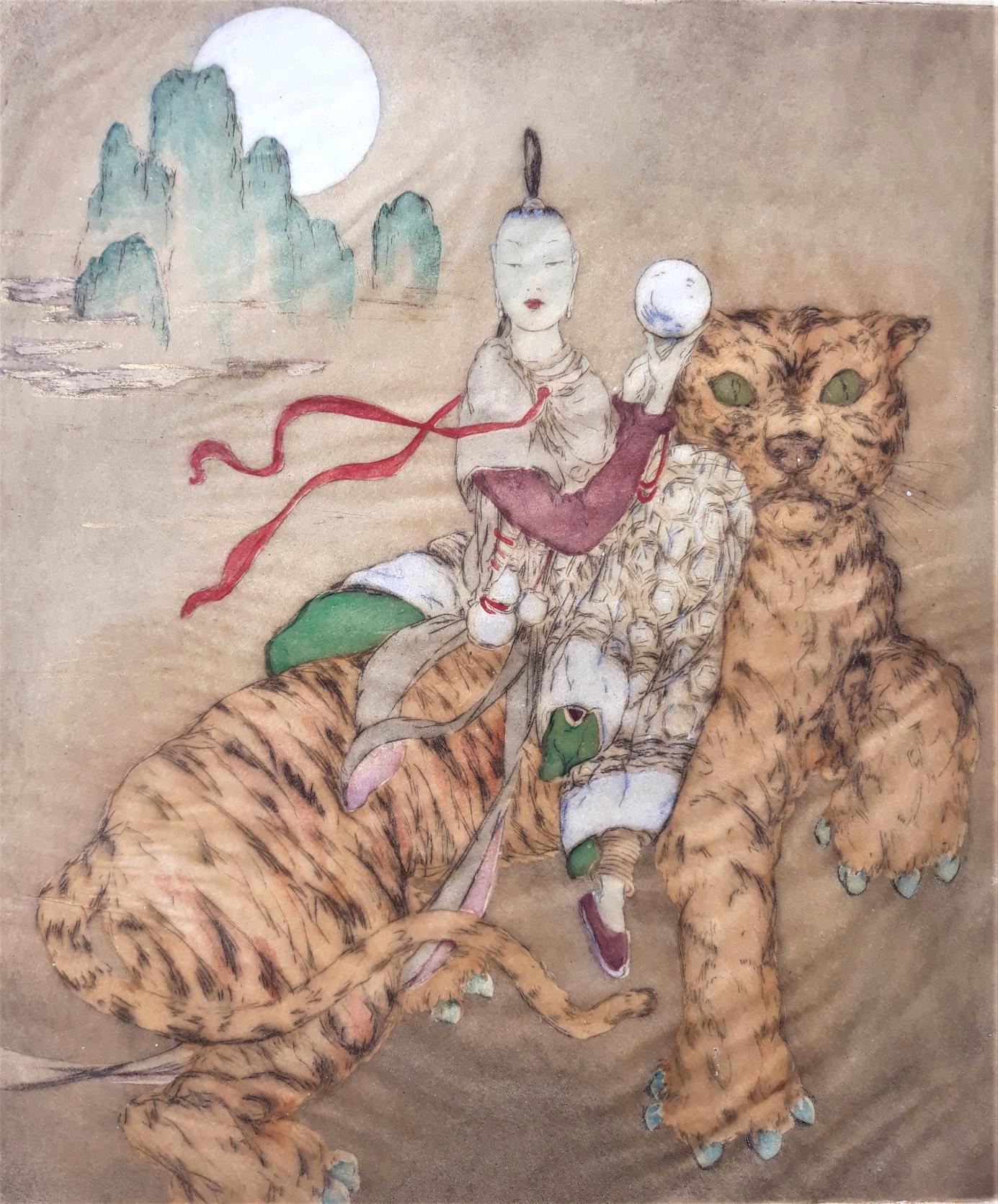
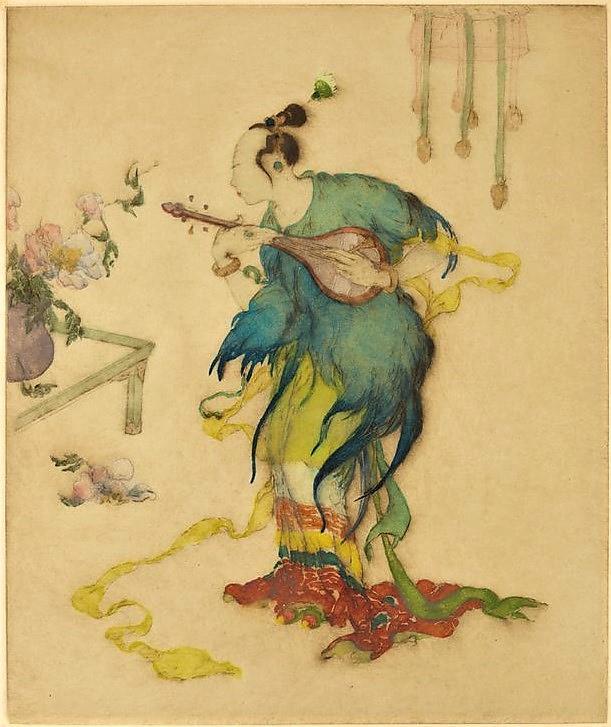
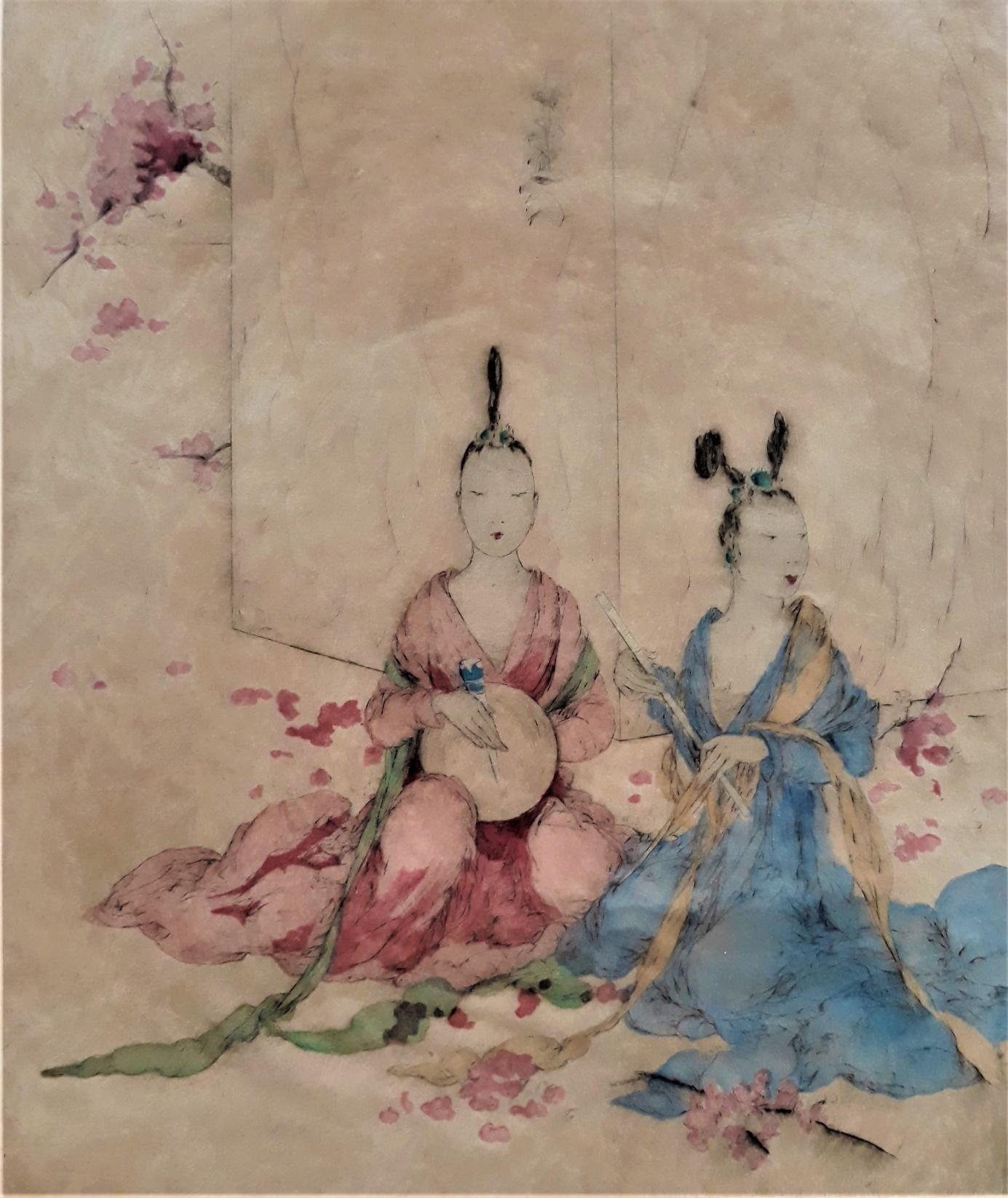
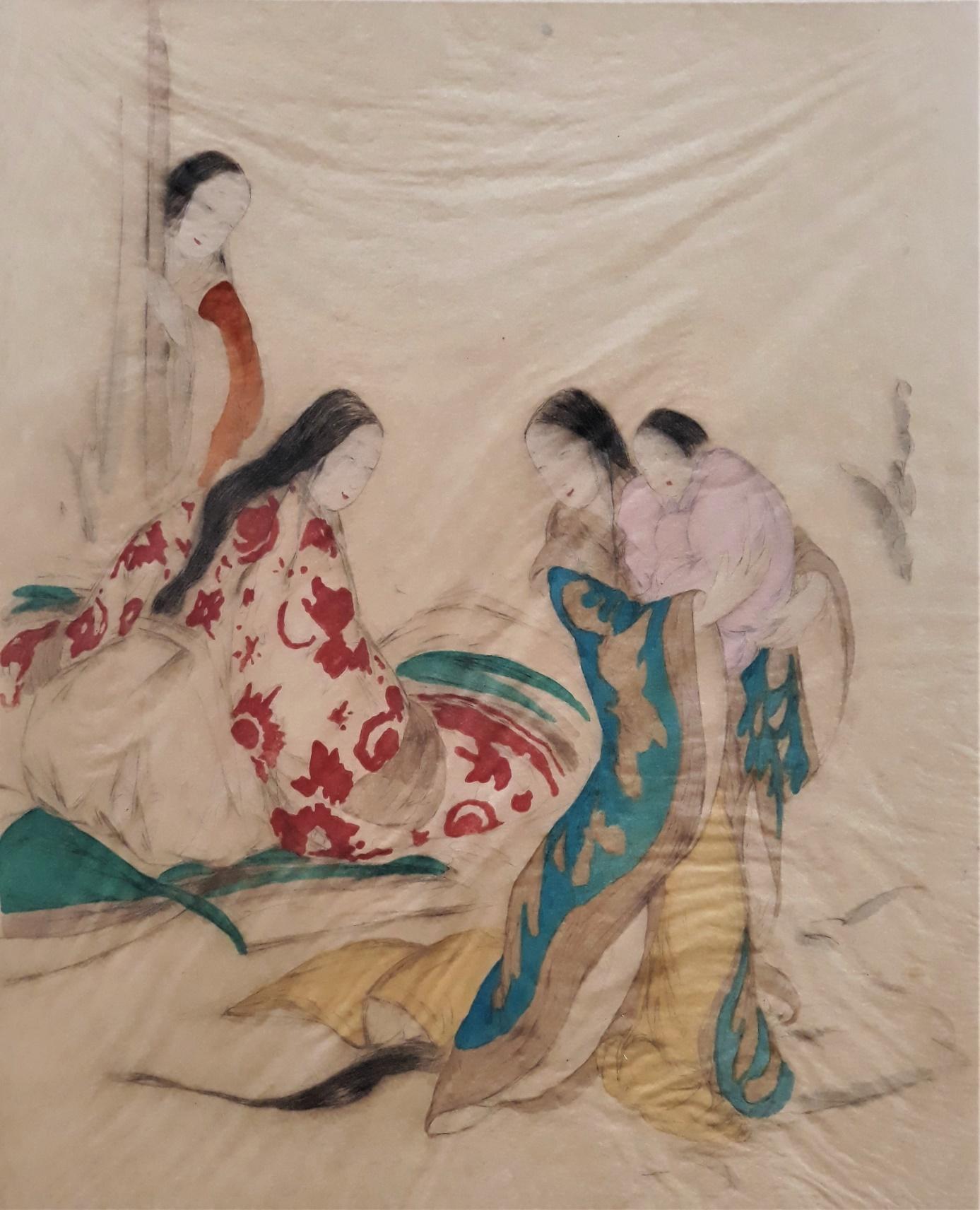
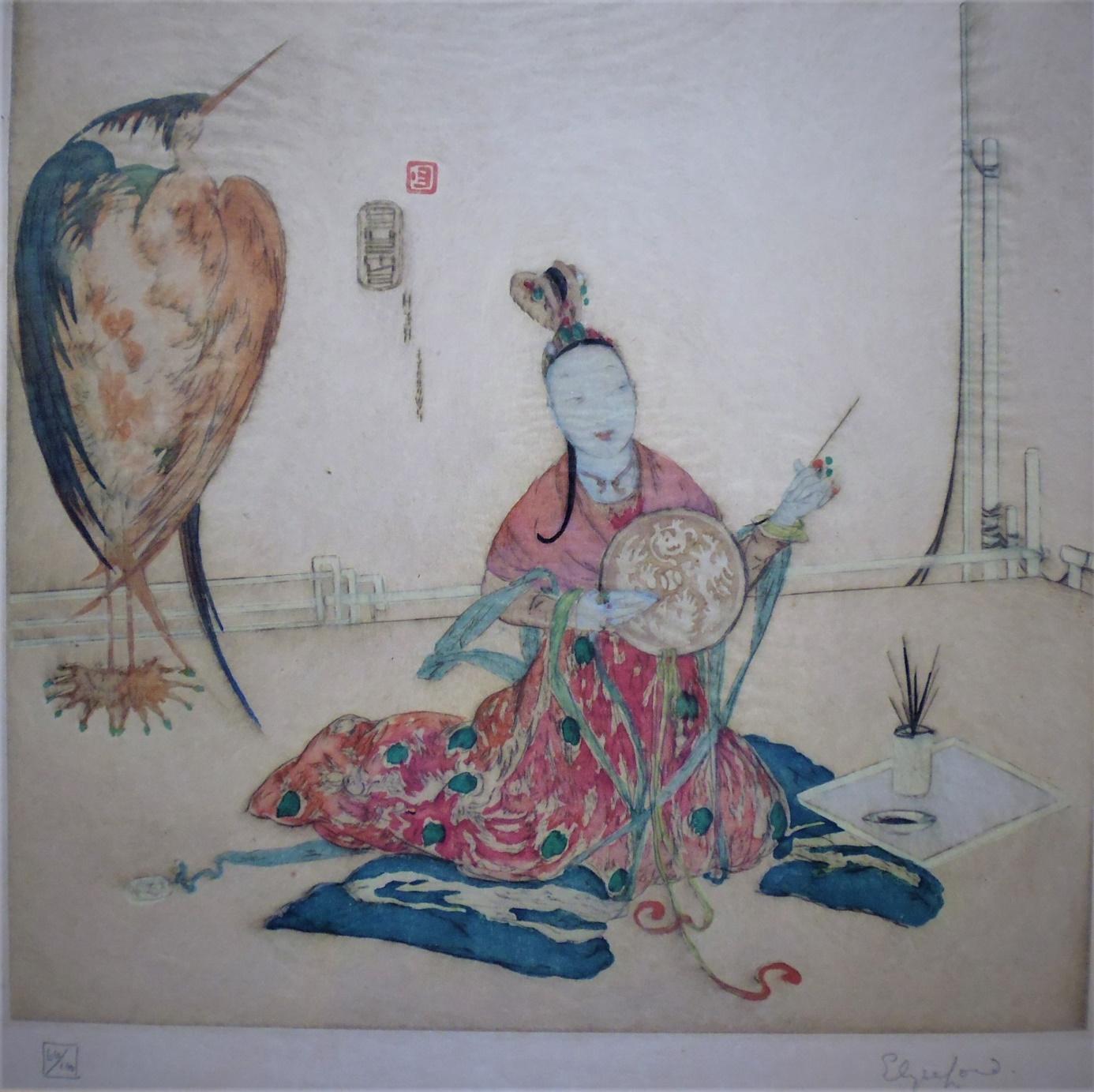
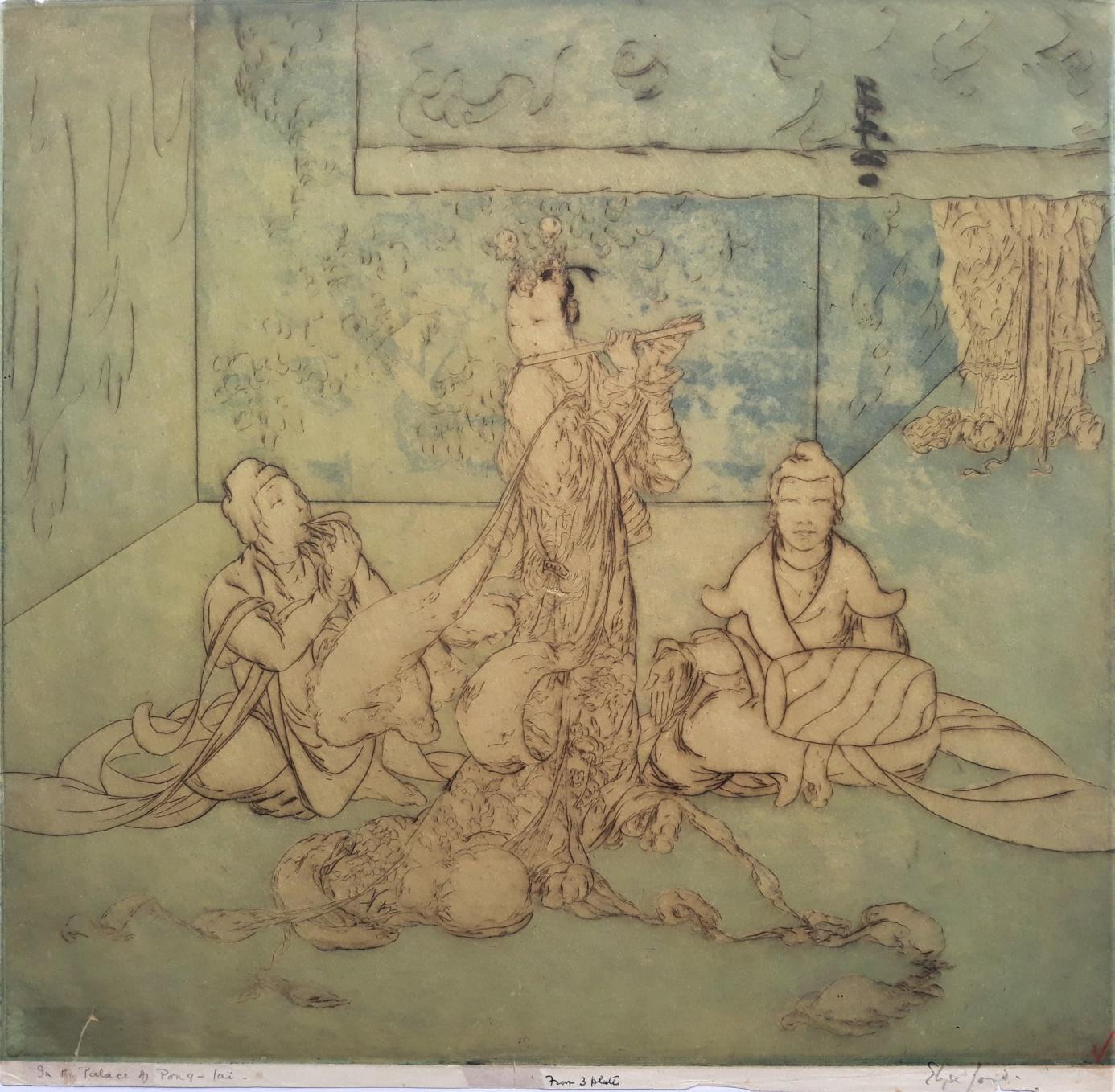
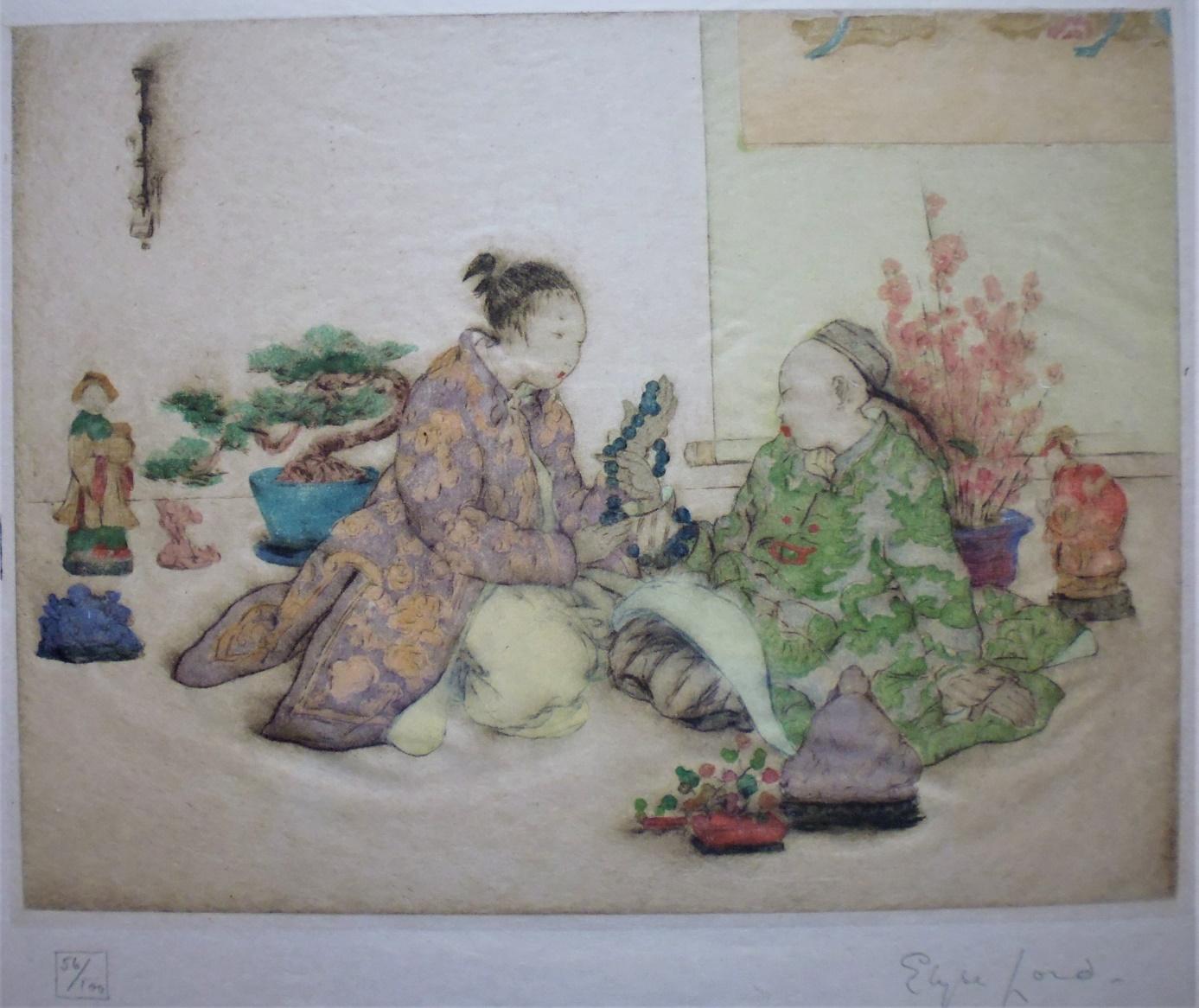
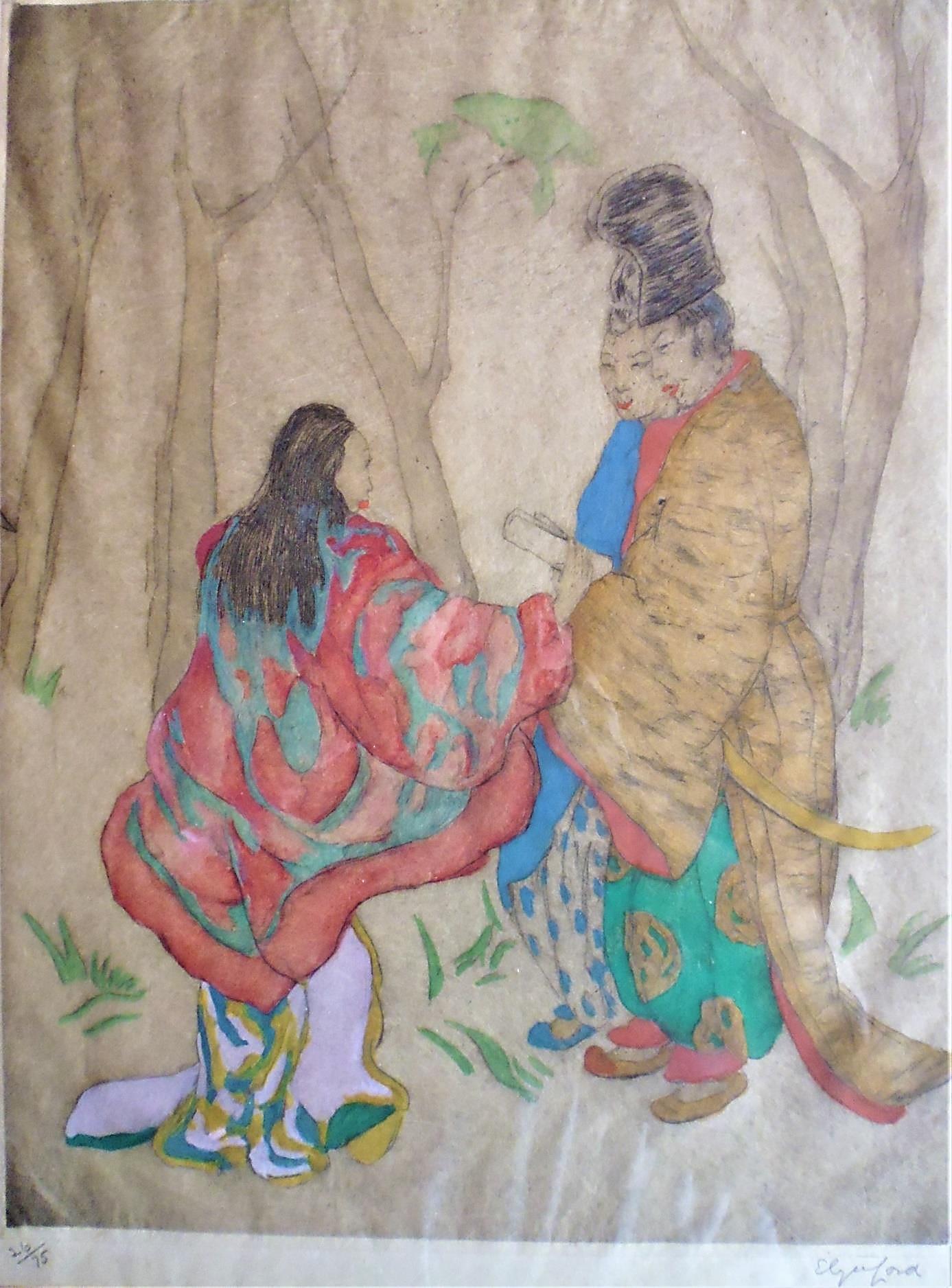


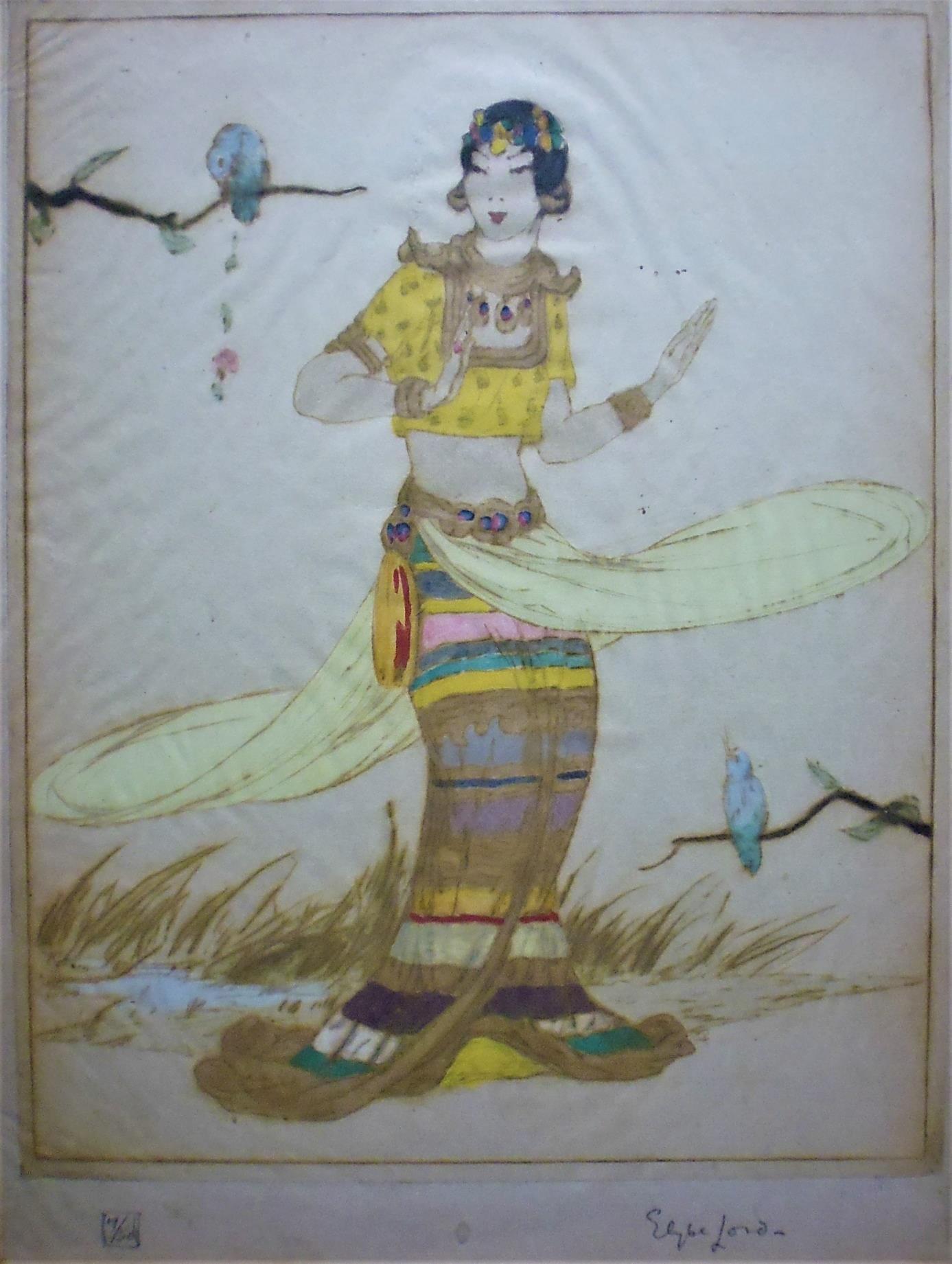
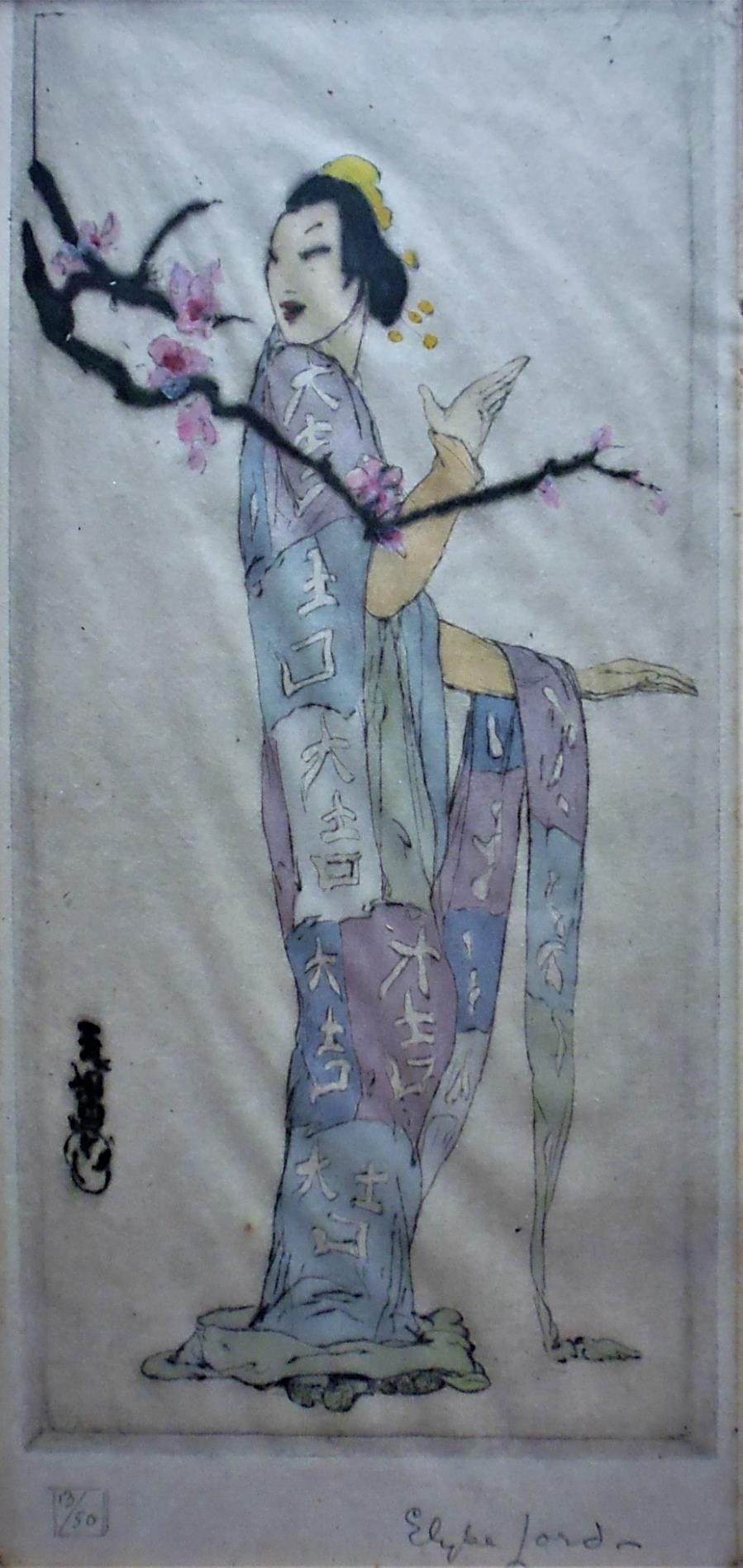
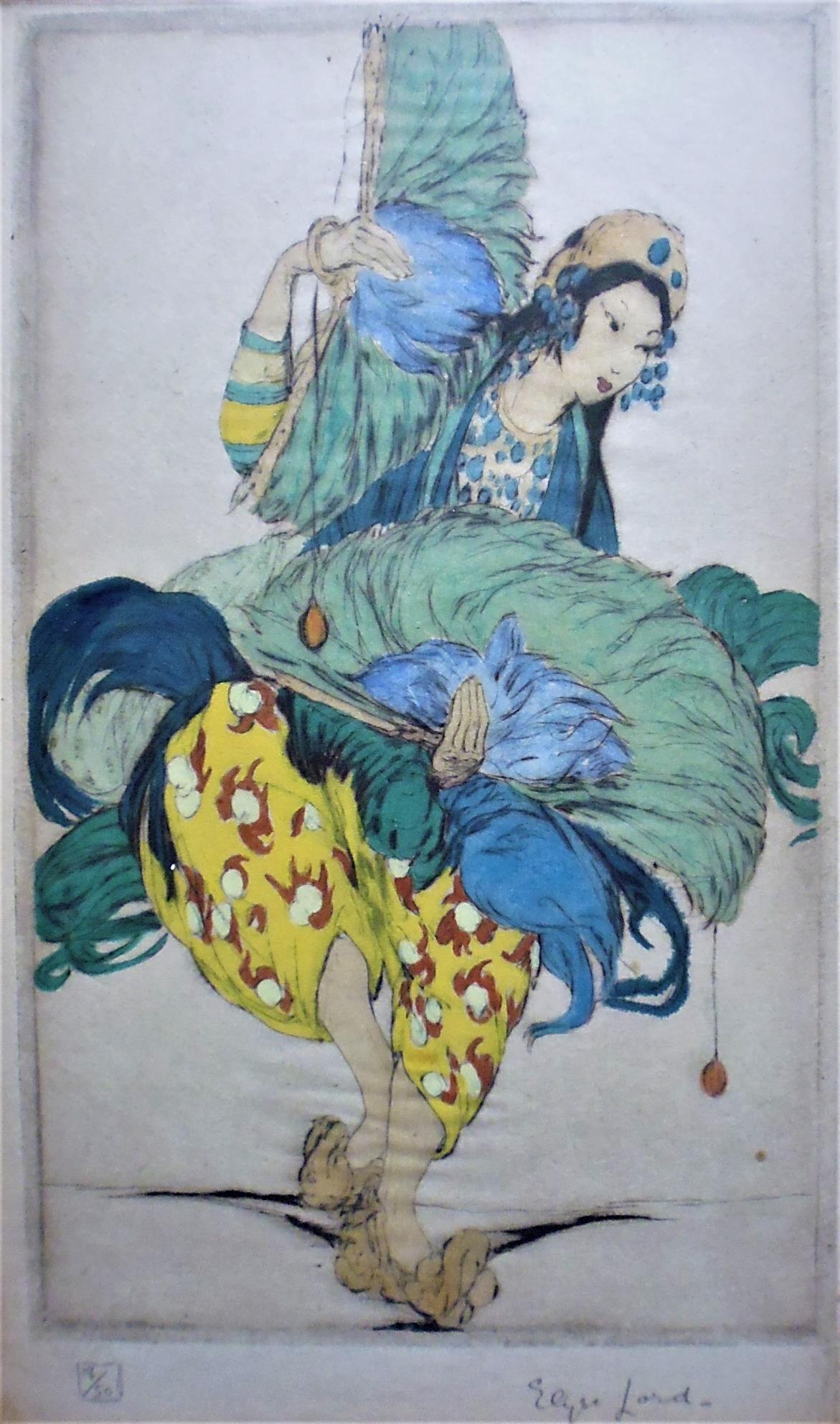
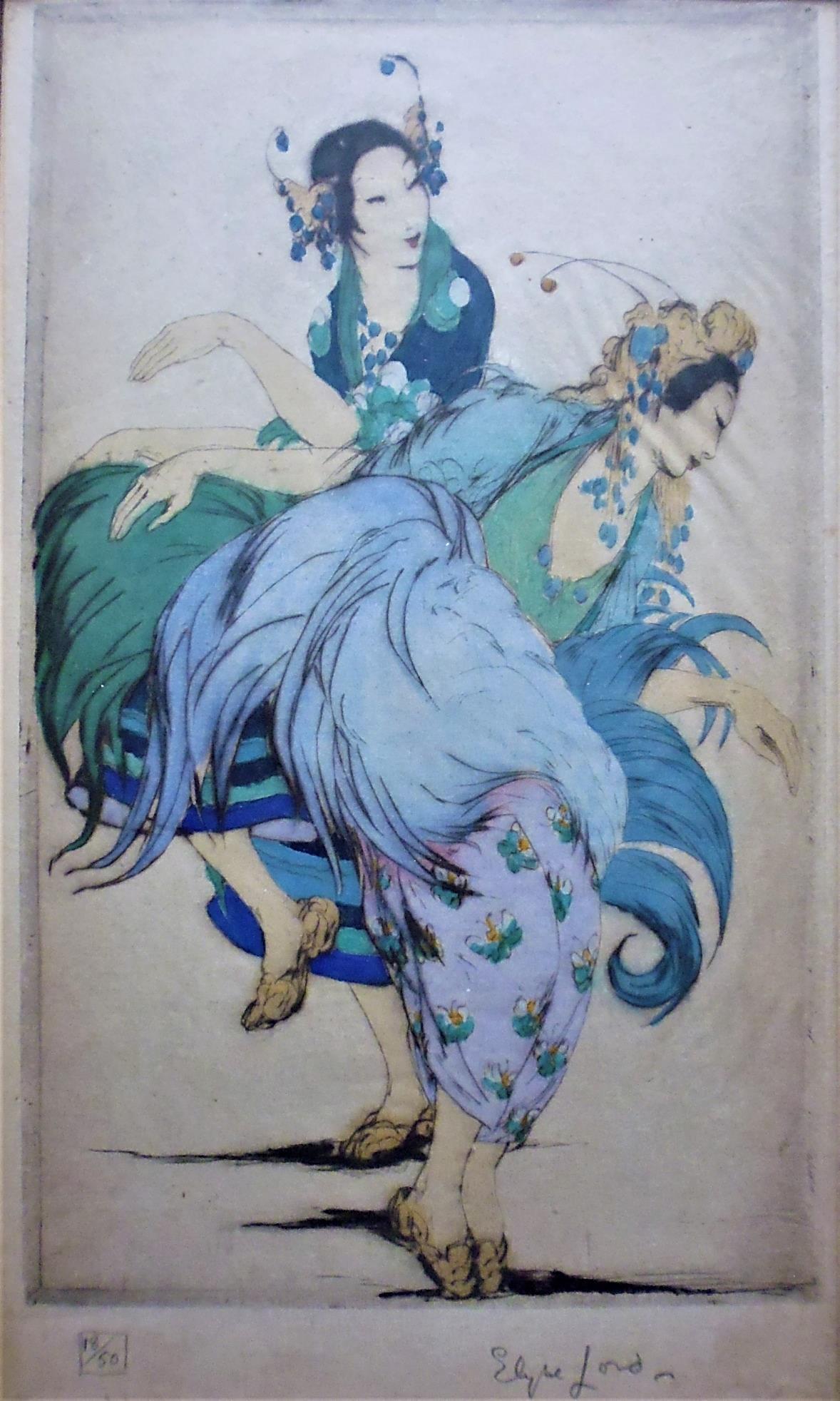
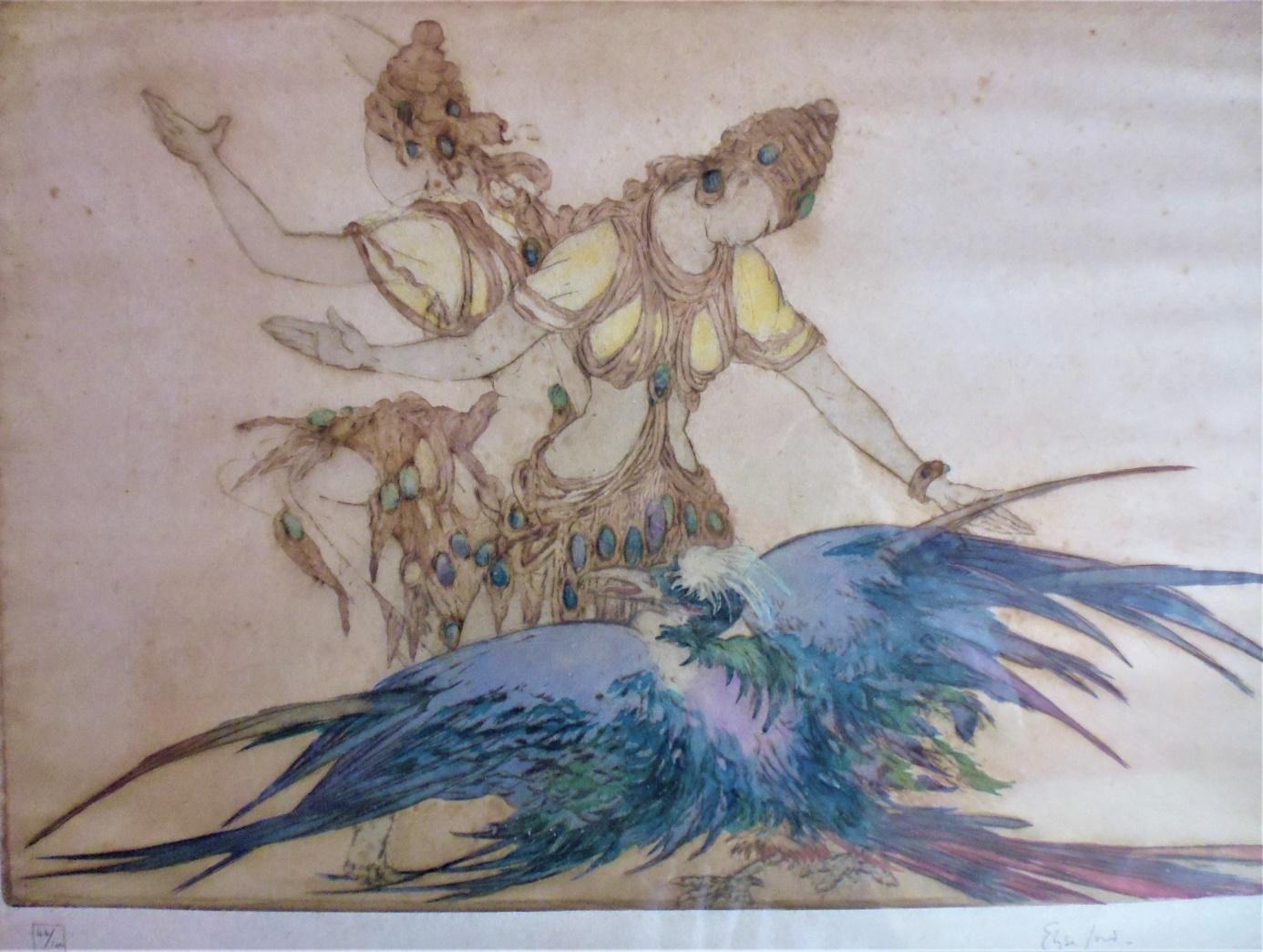
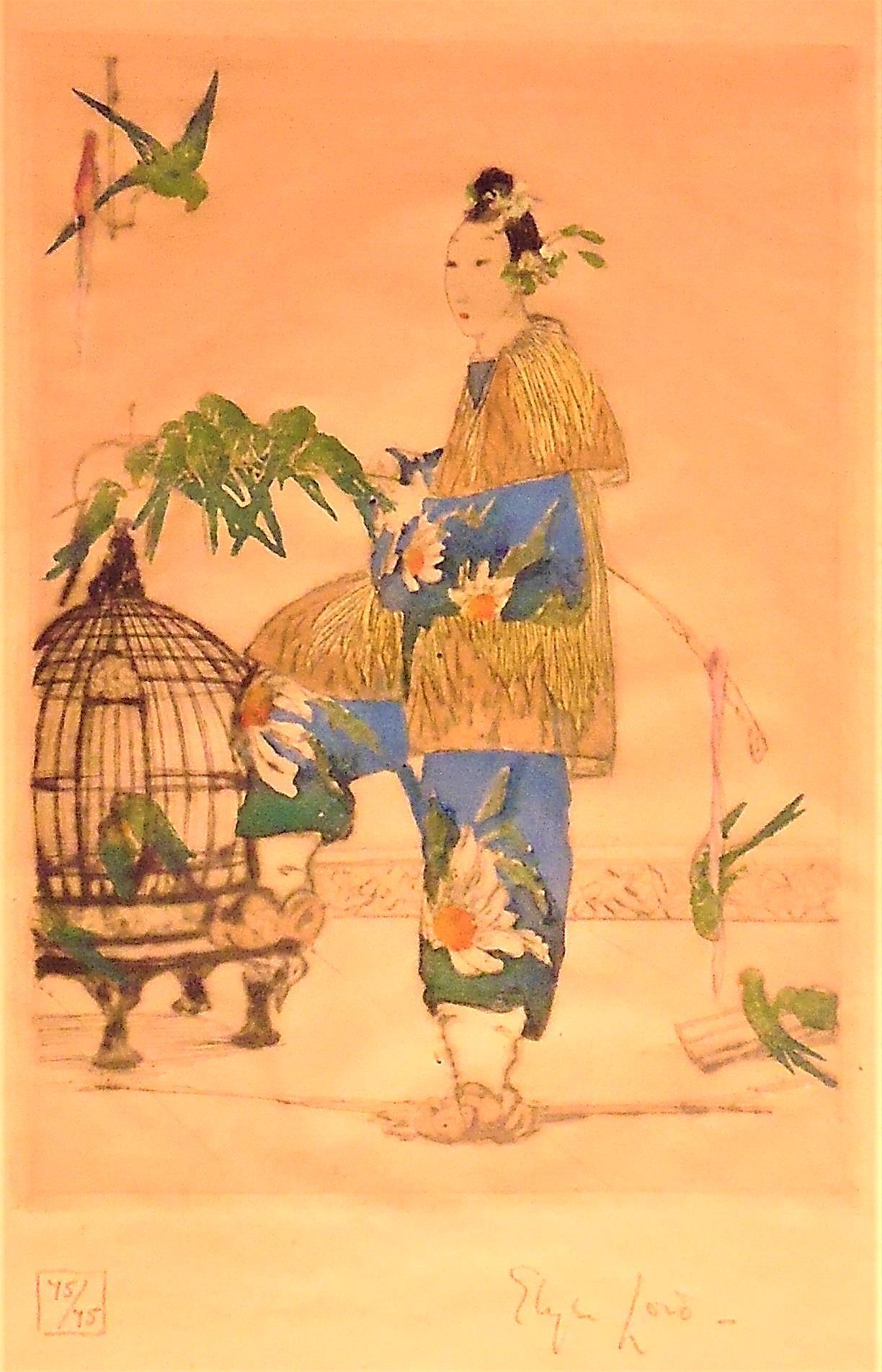
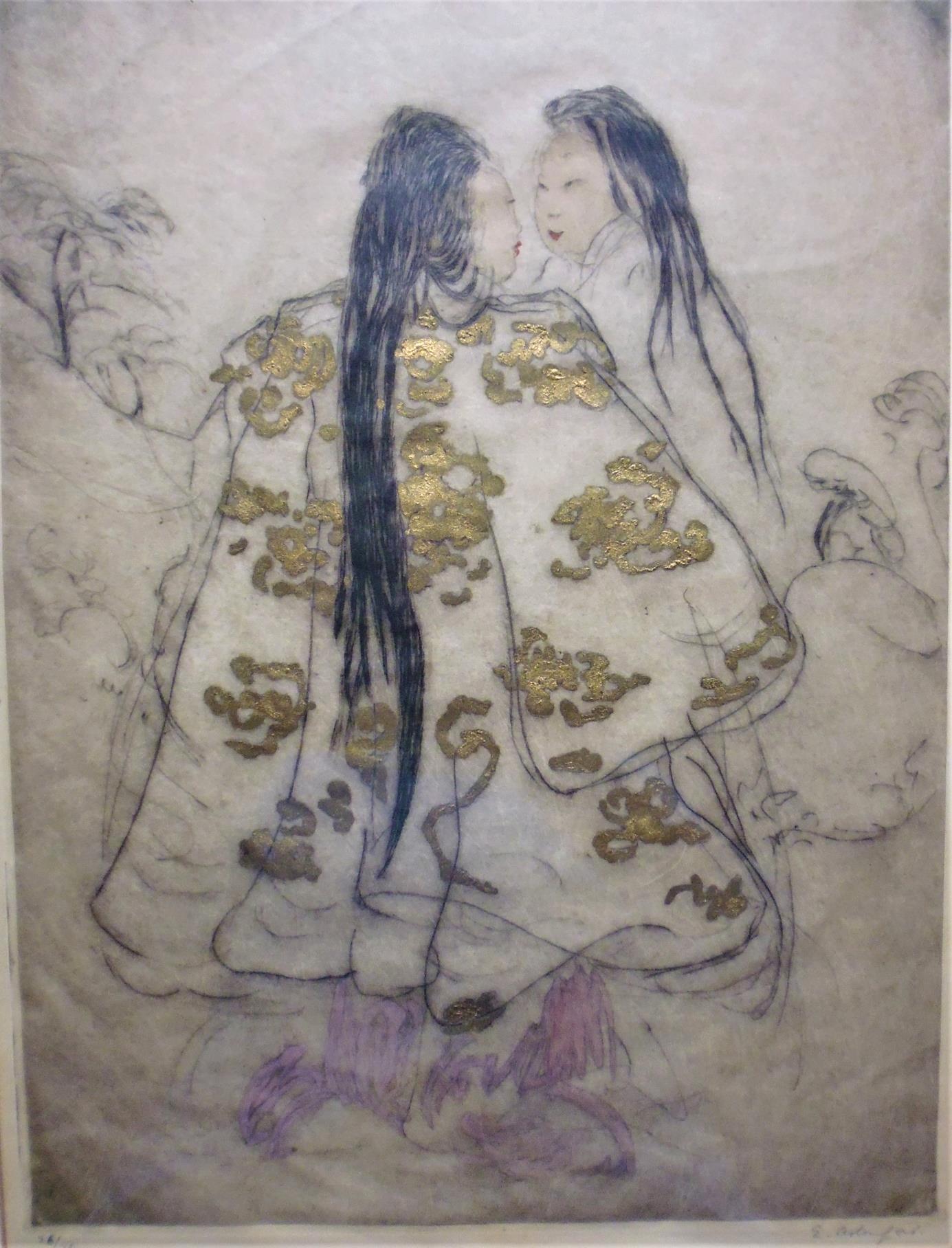

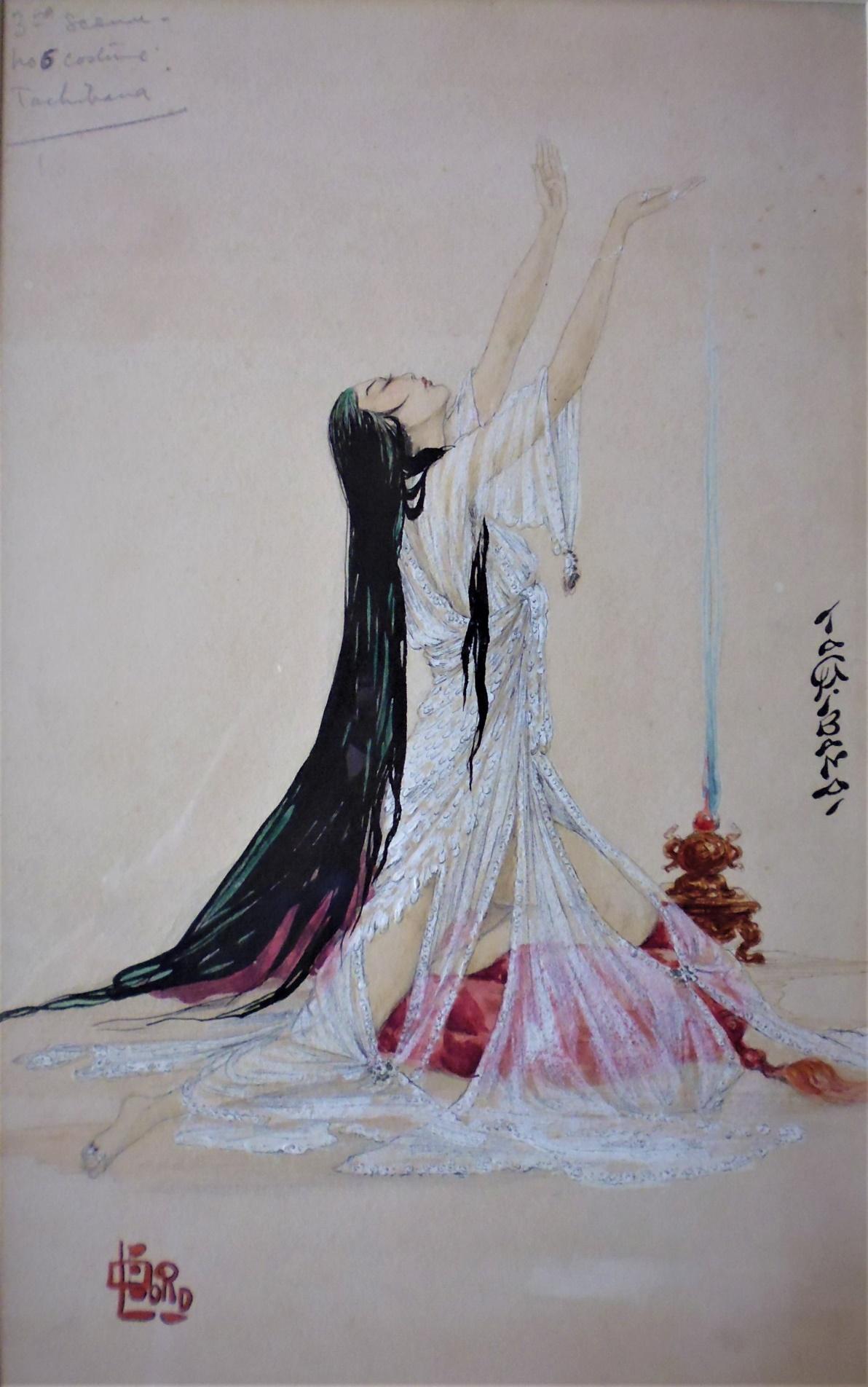
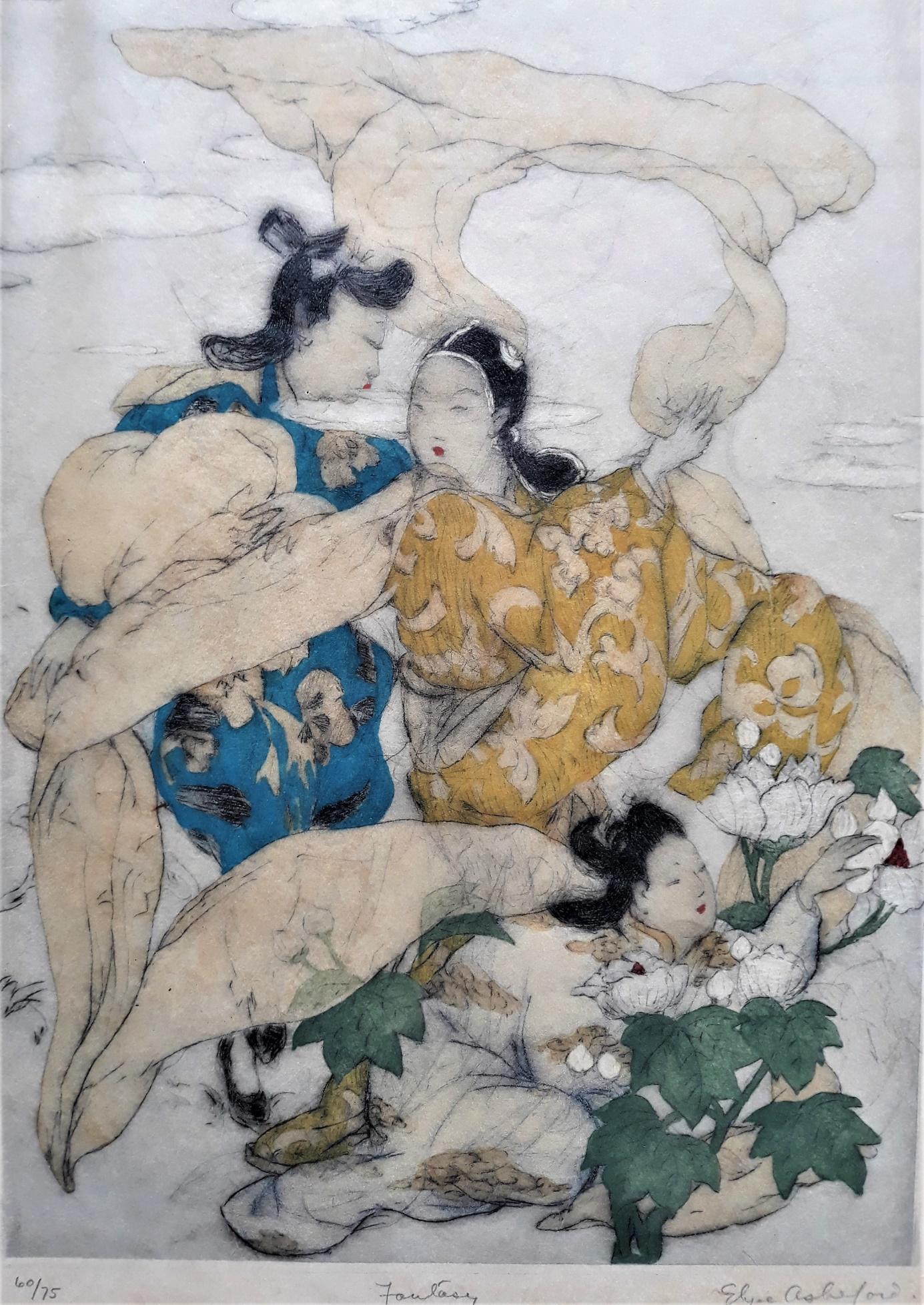
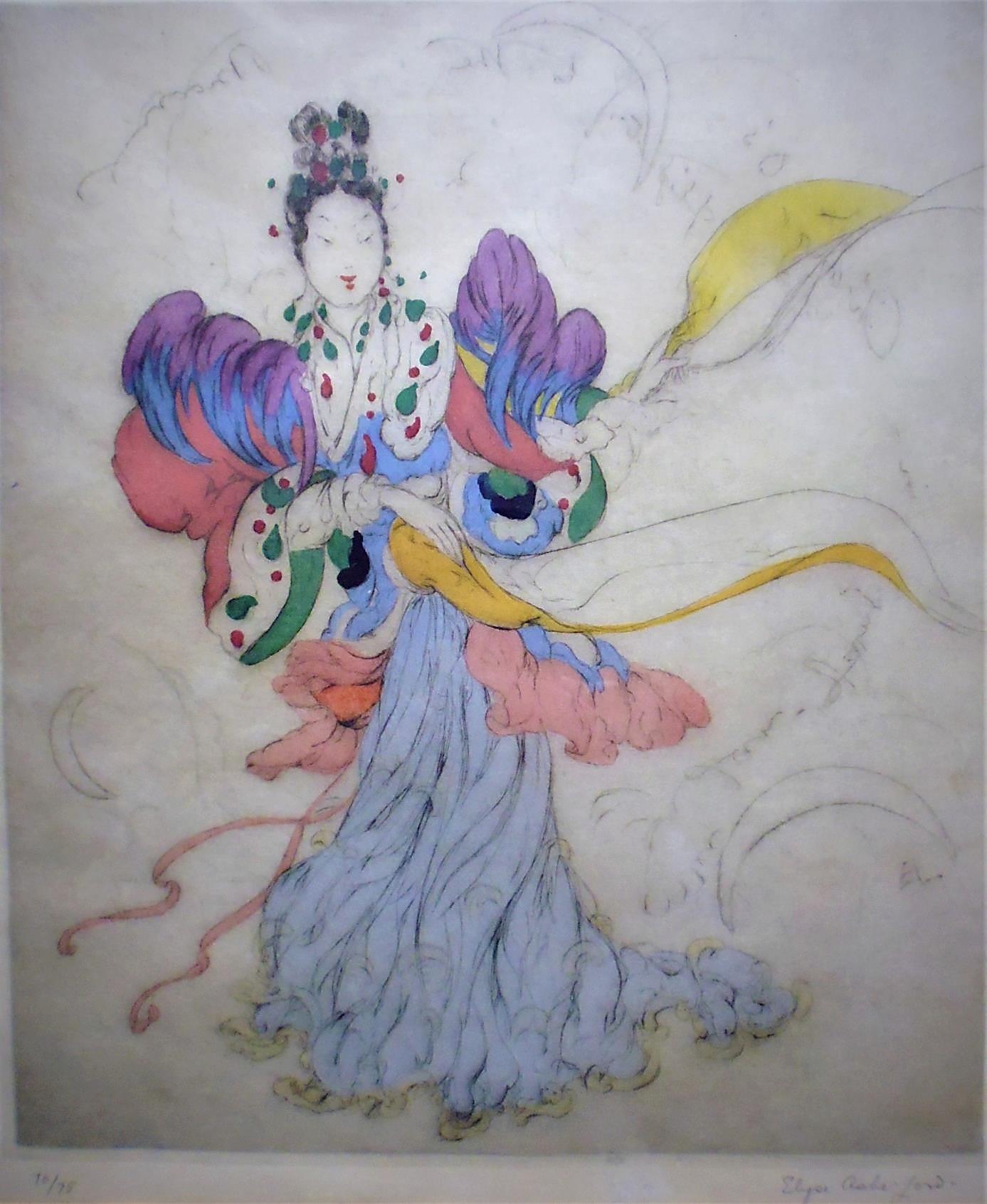
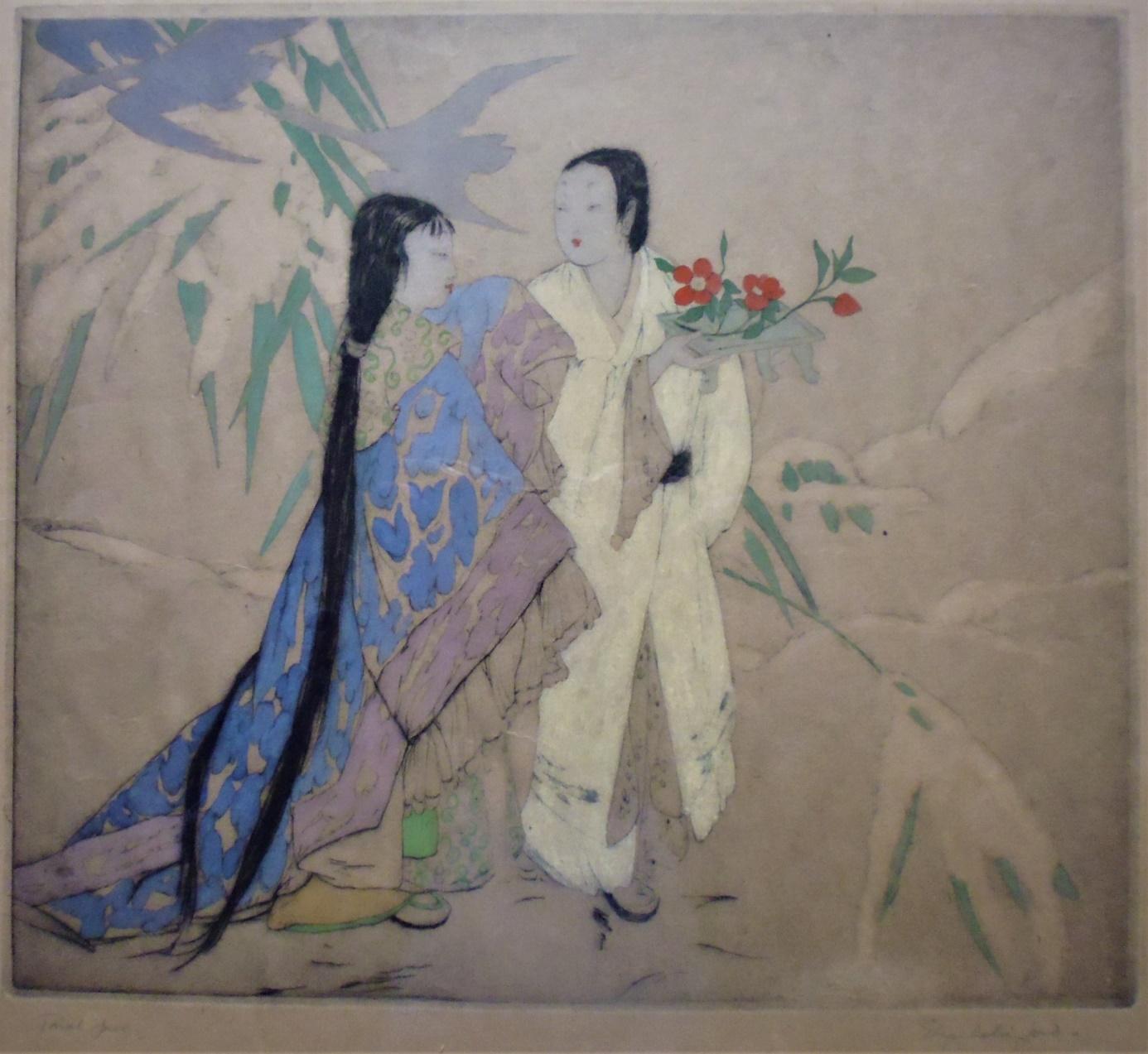
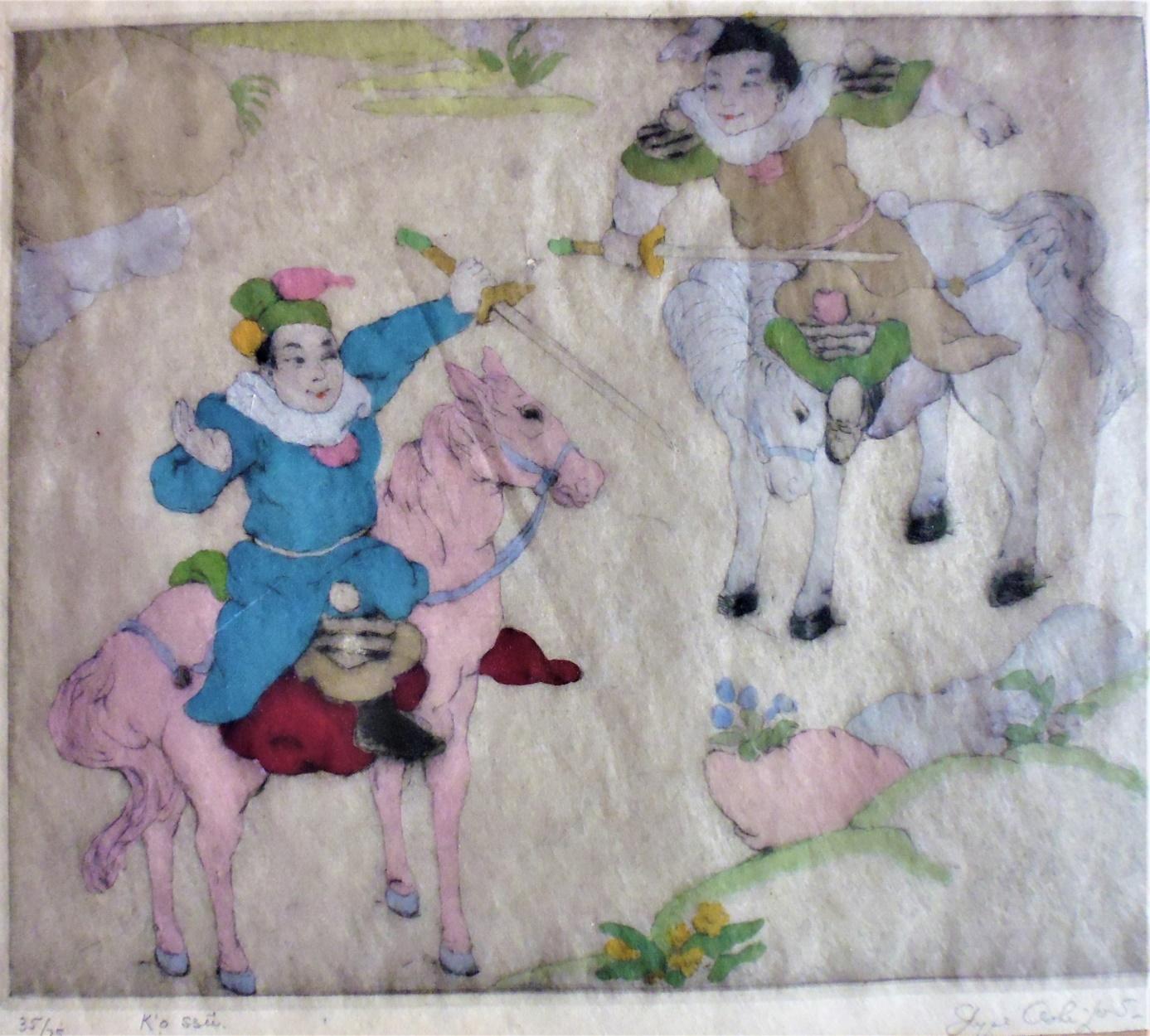
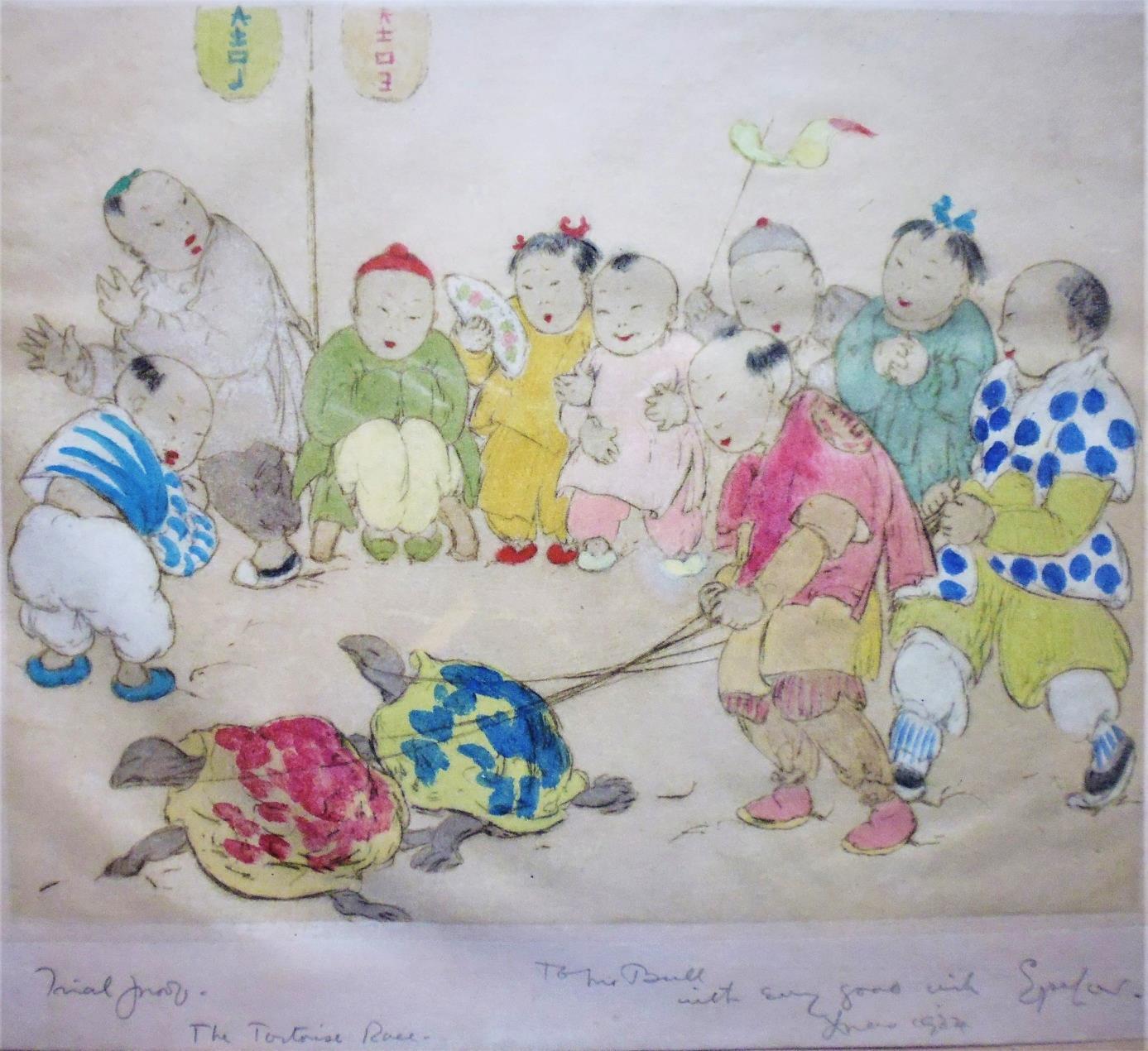
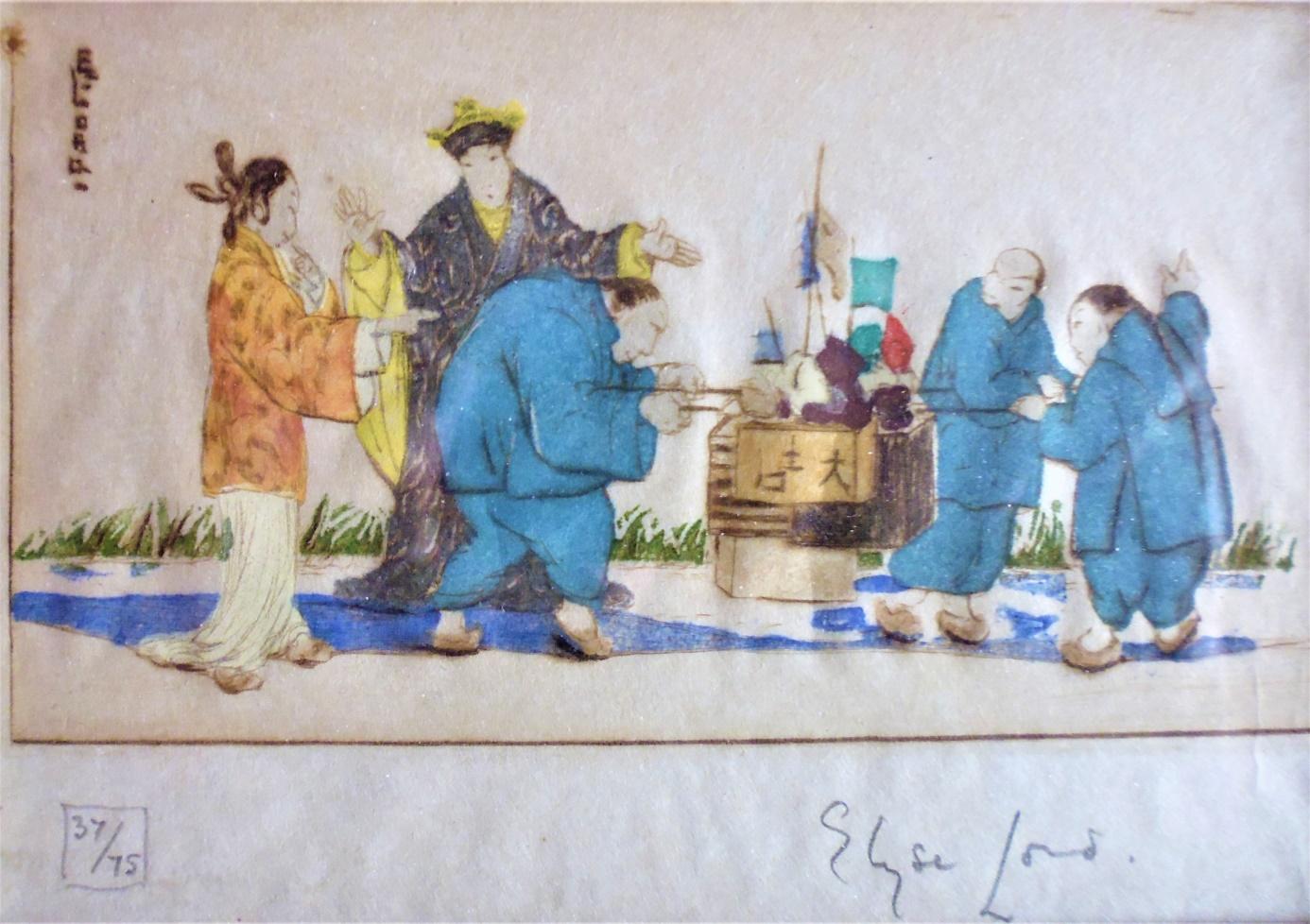

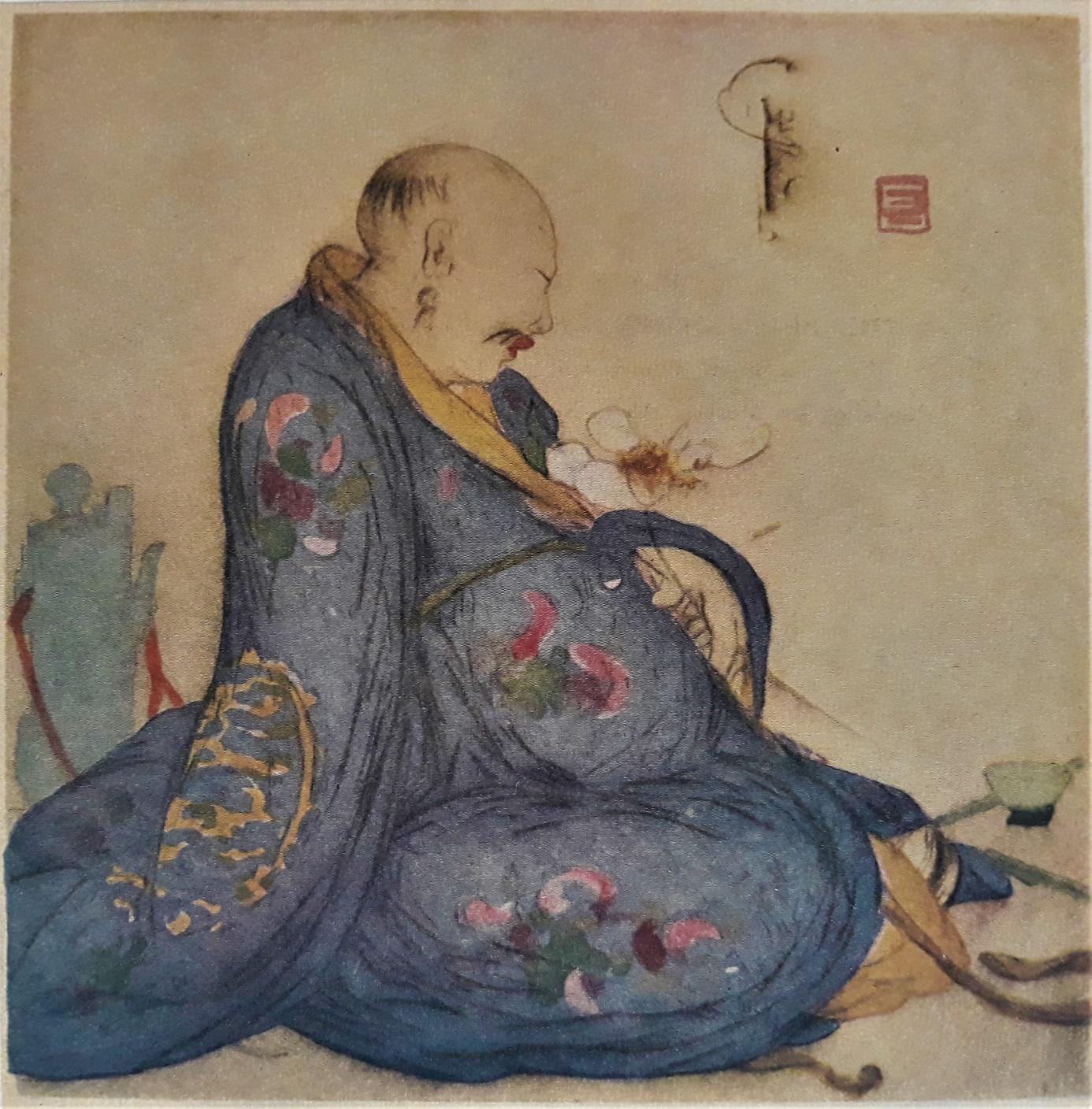
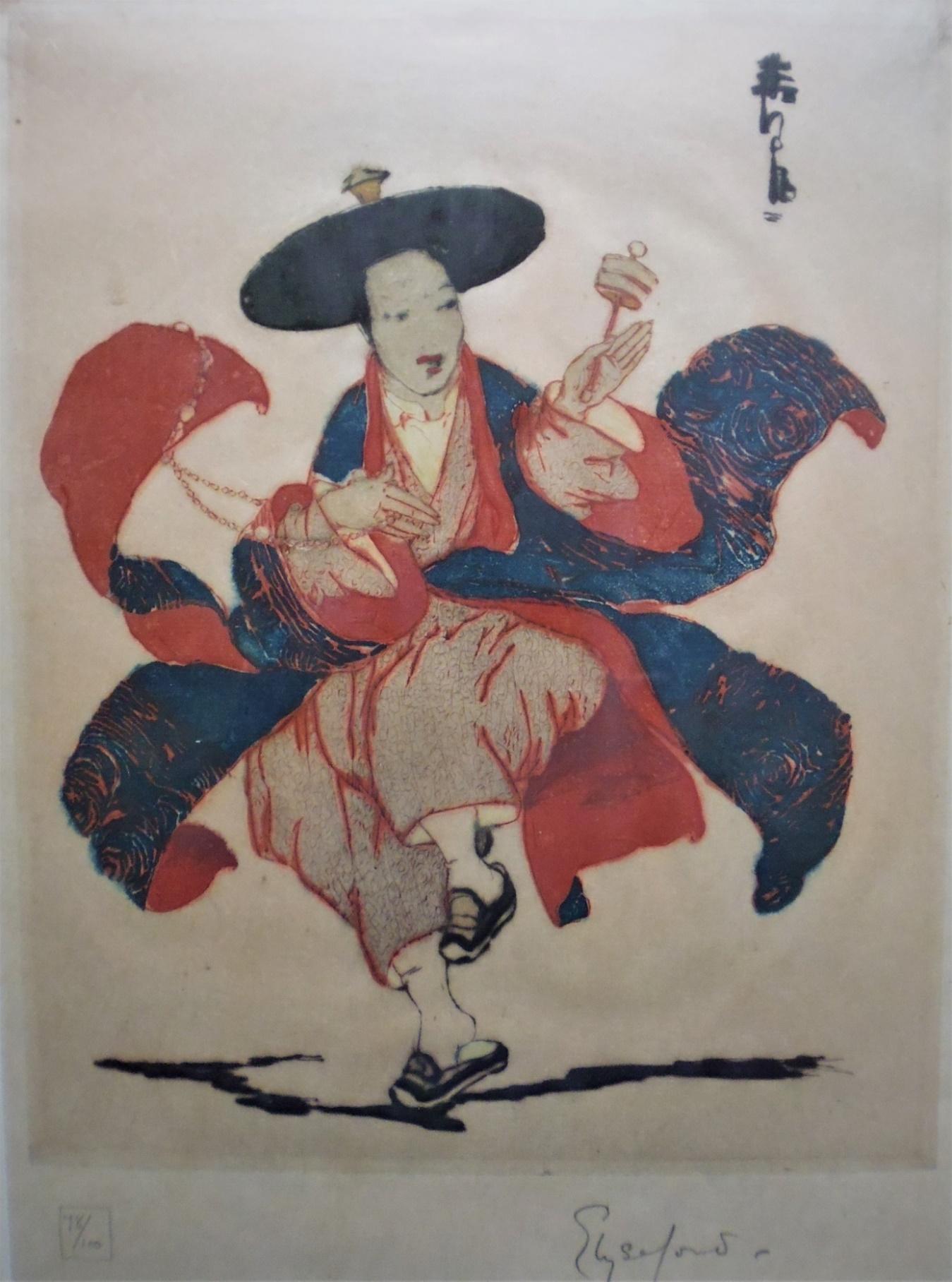
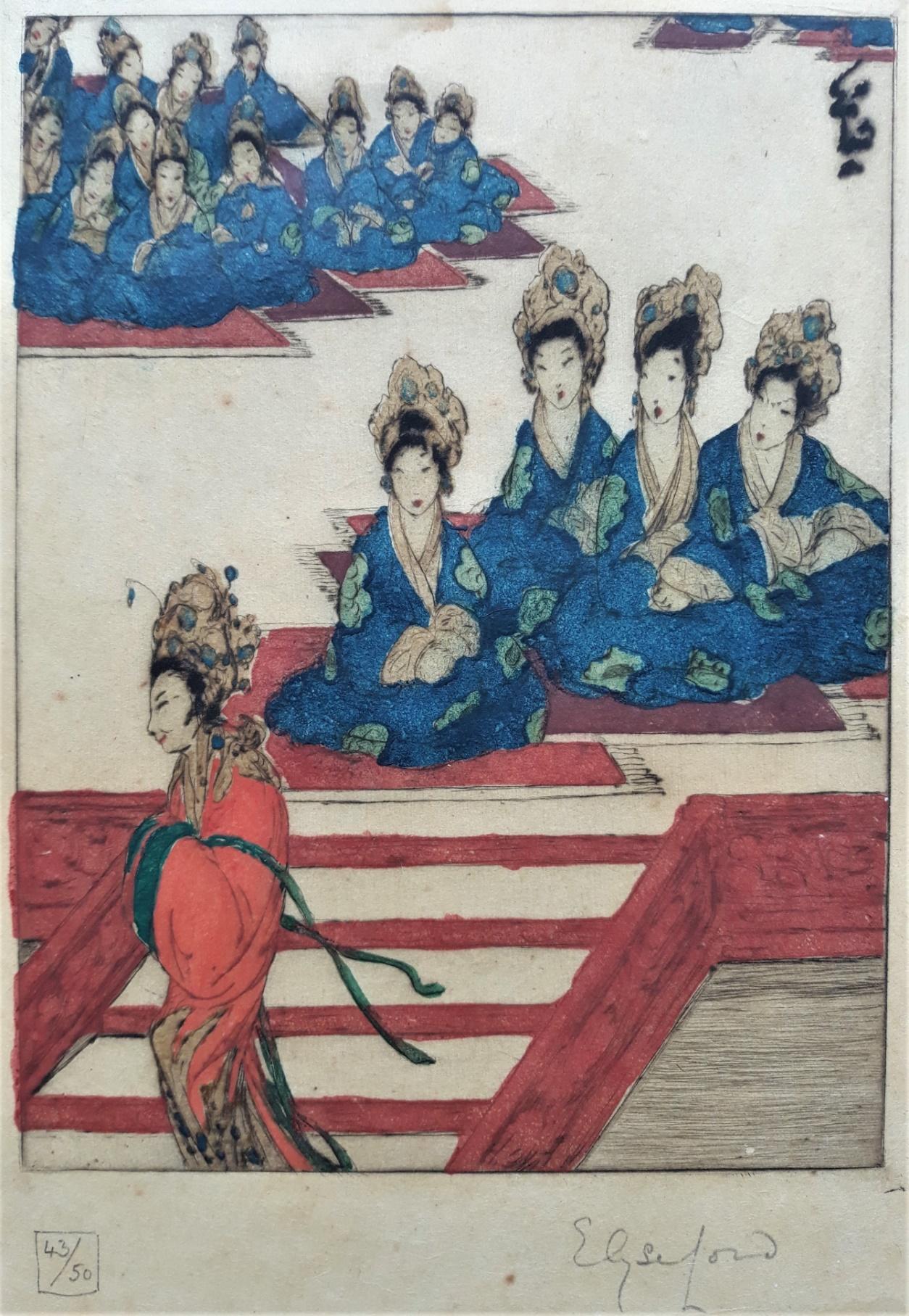


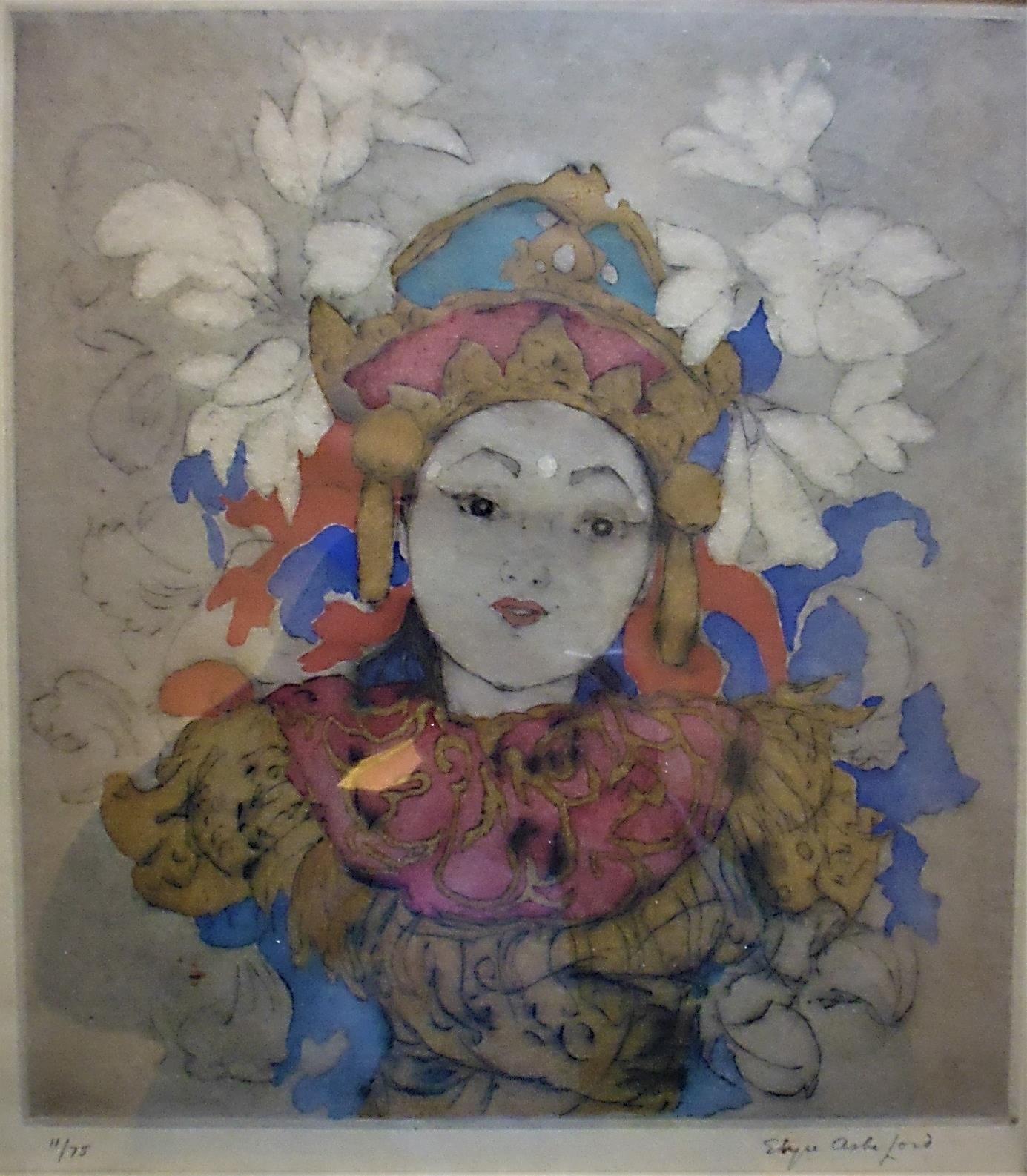
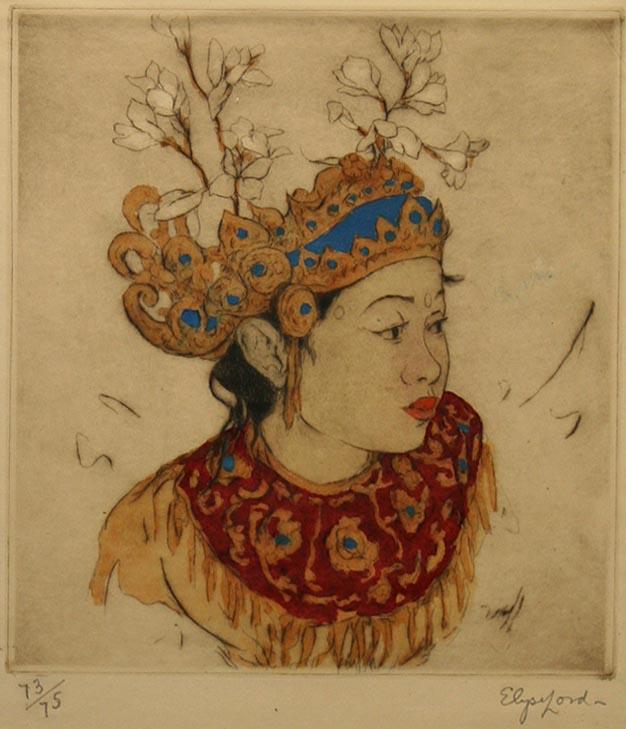

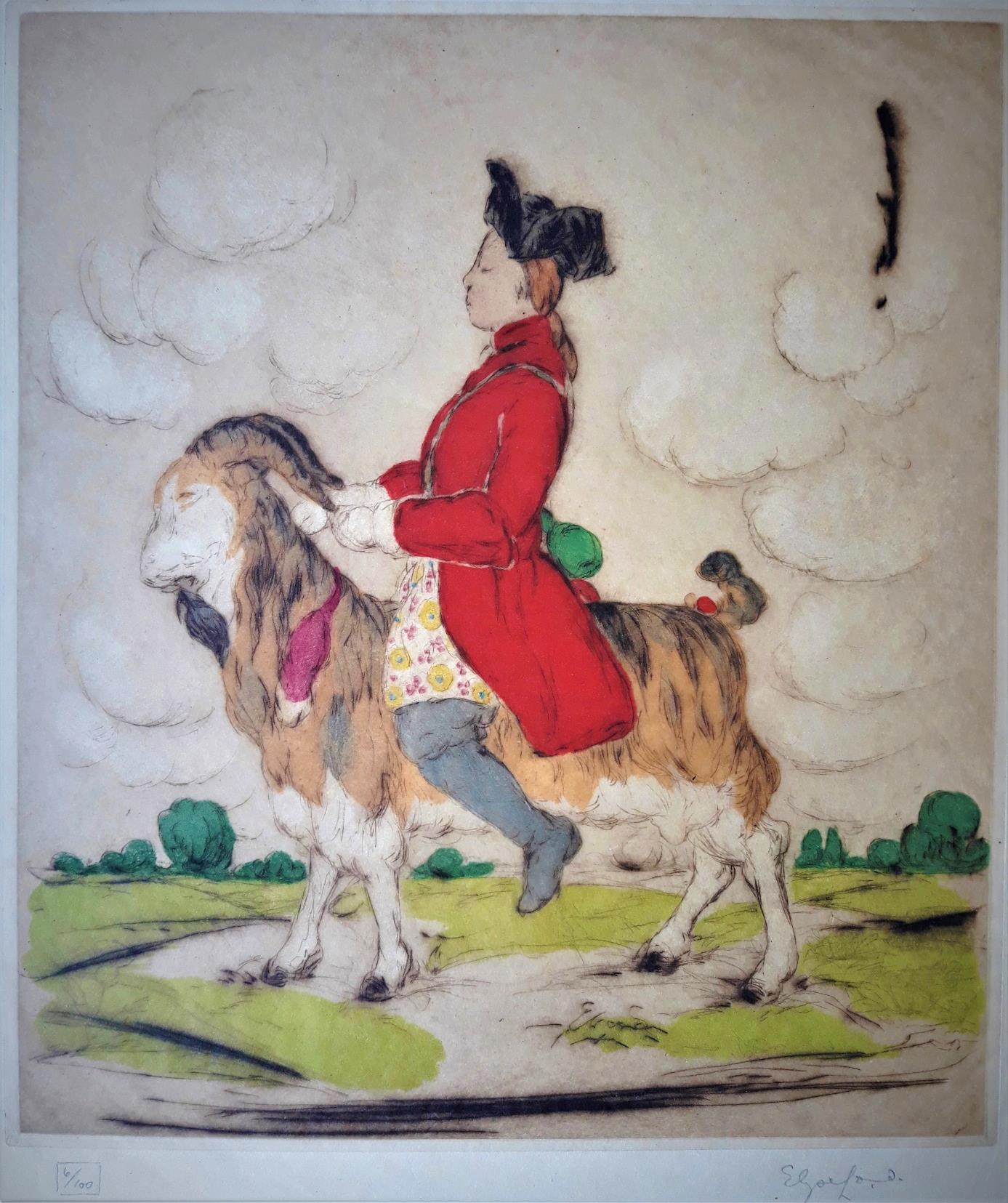
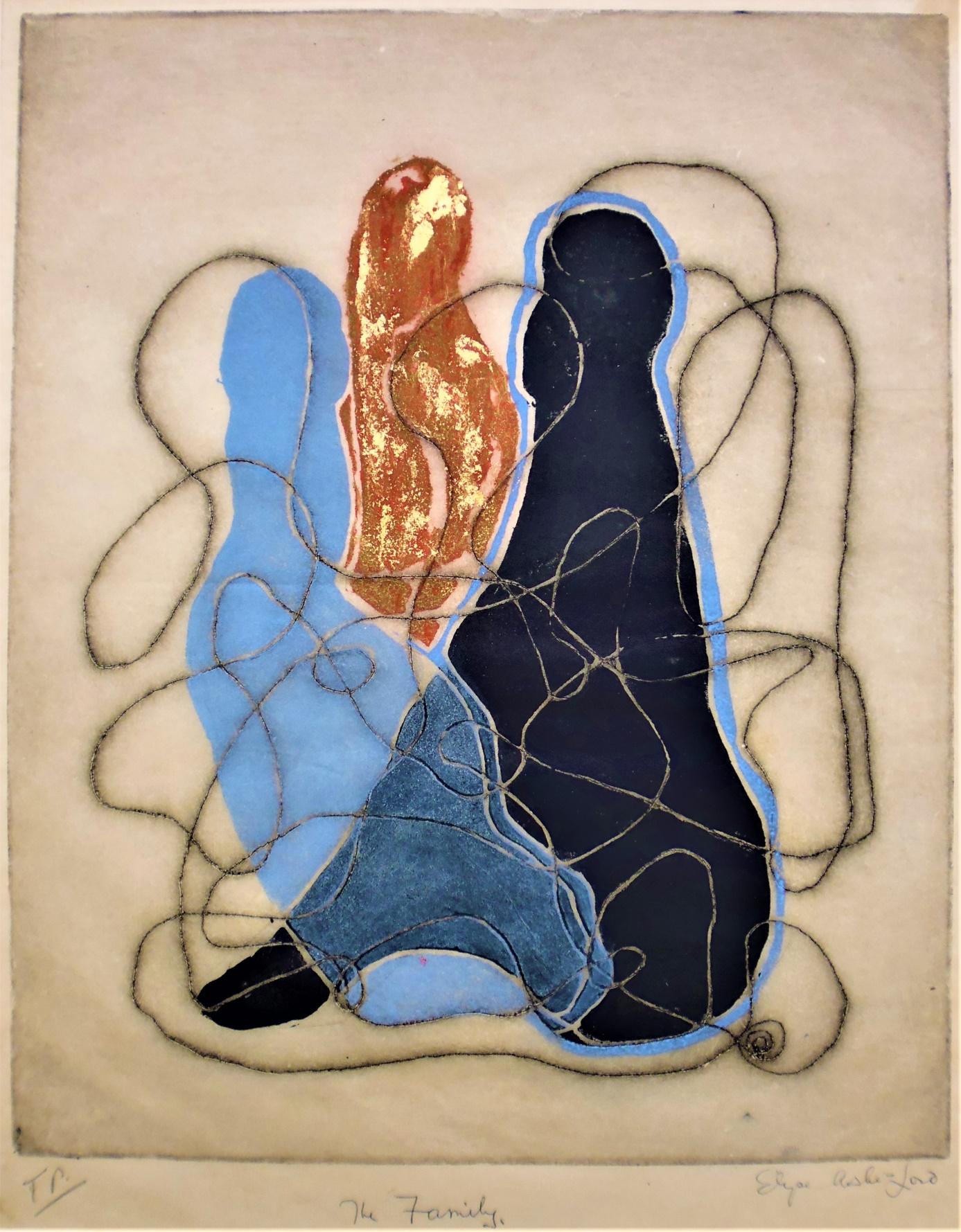
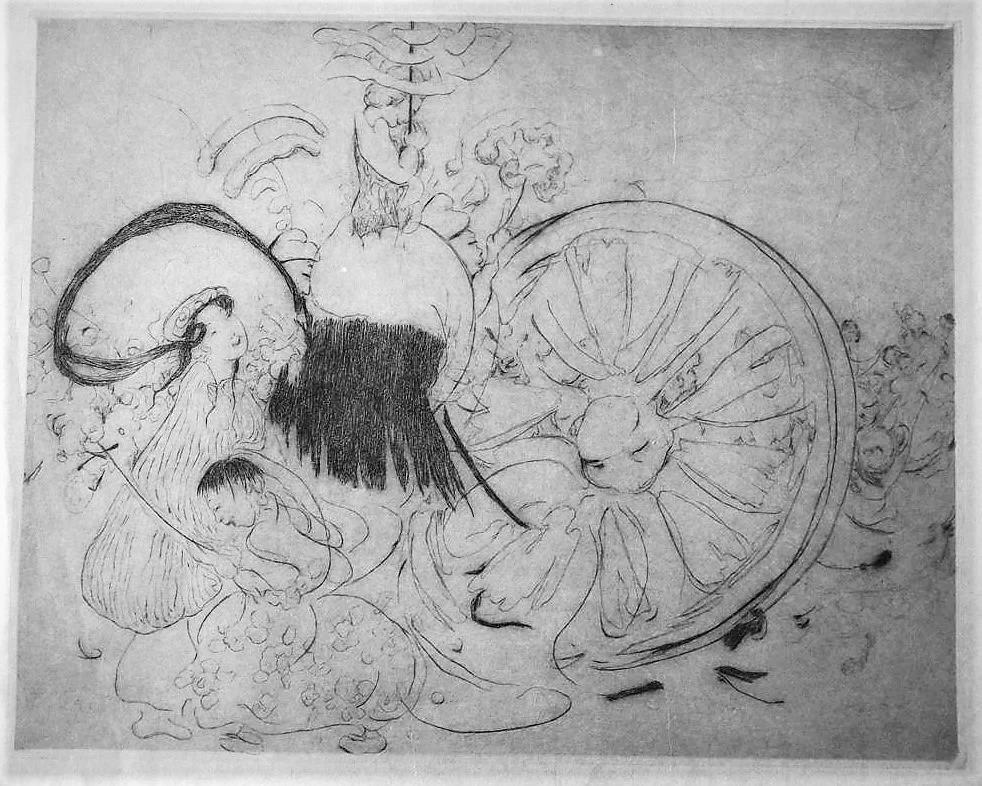
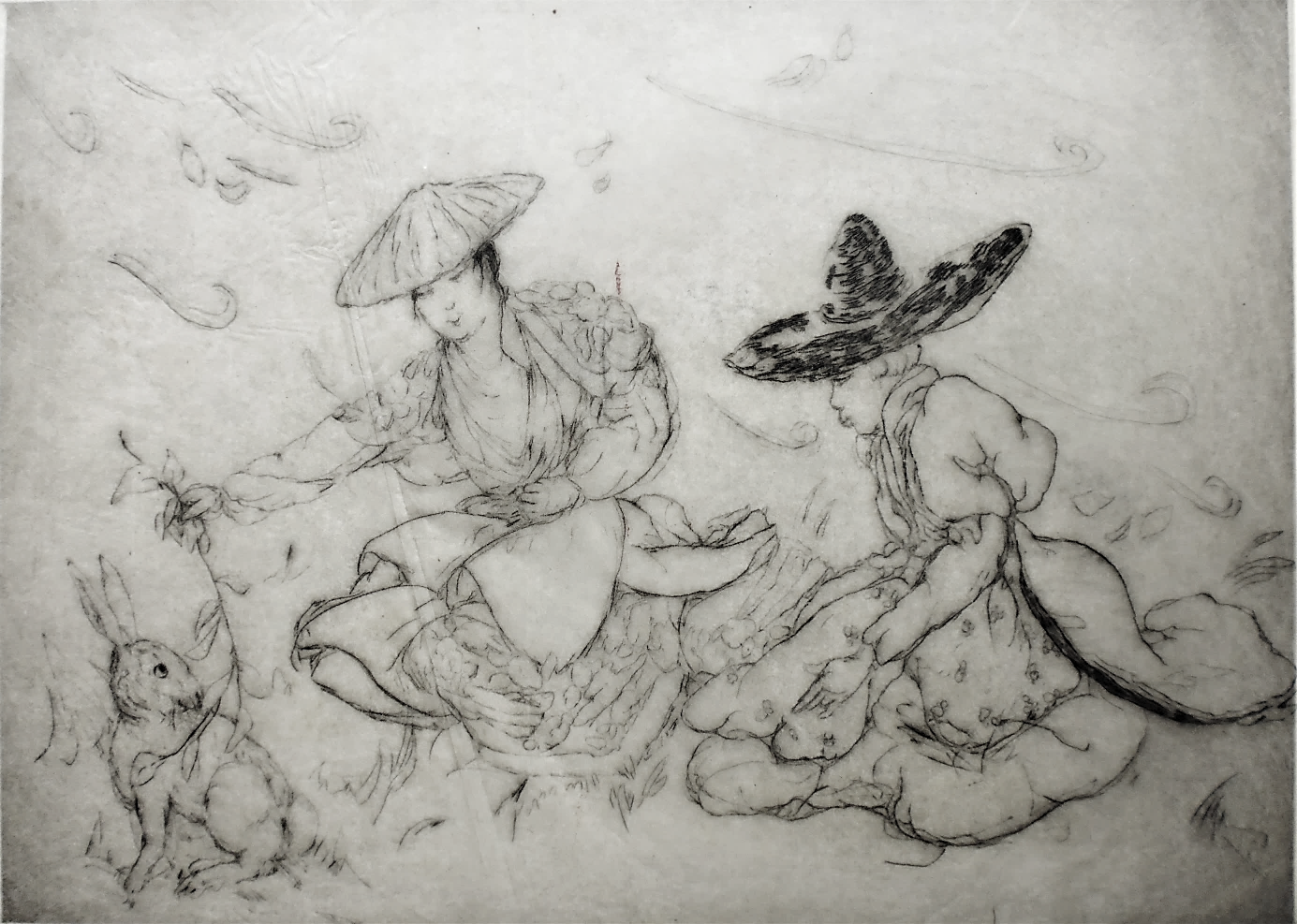
La musique
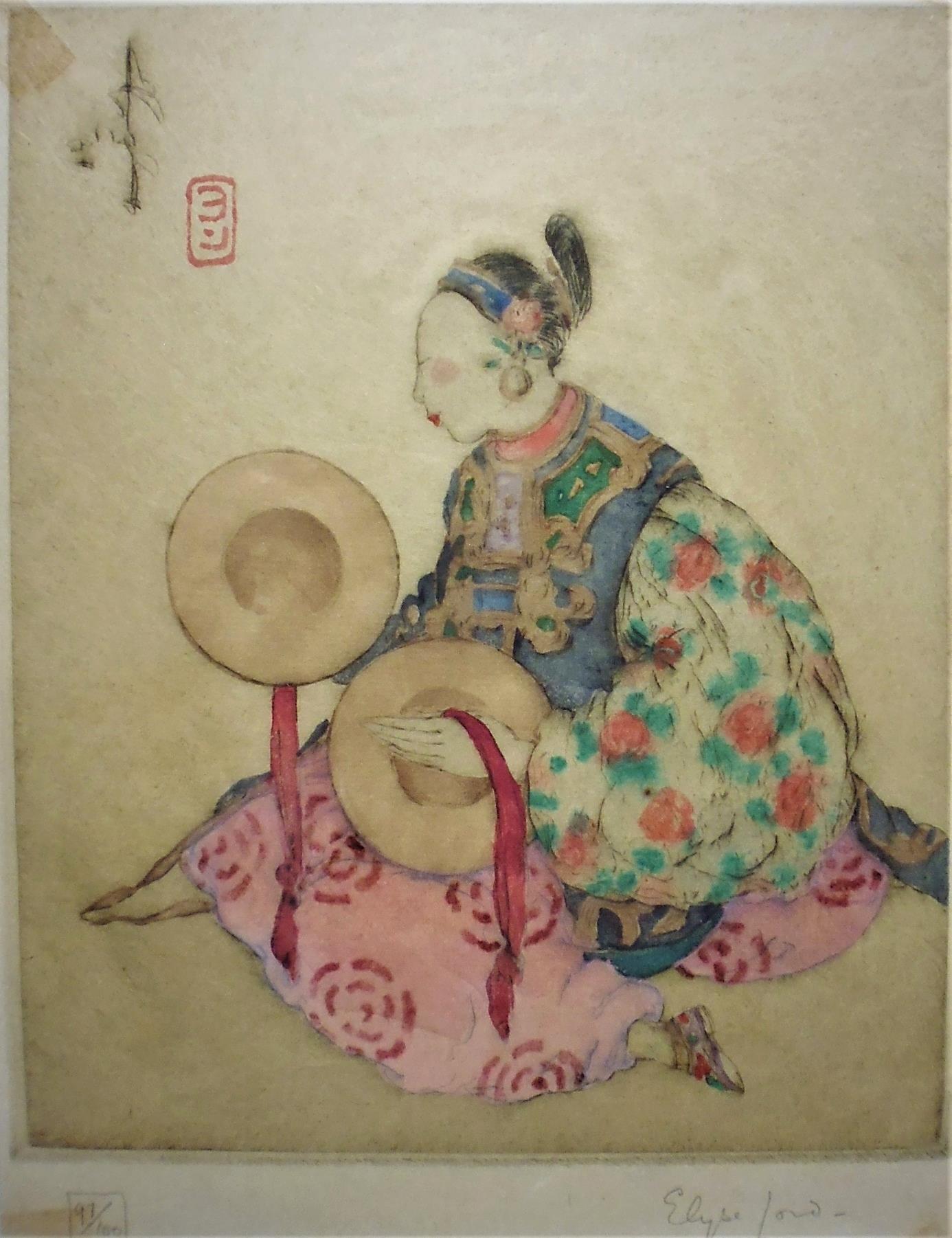
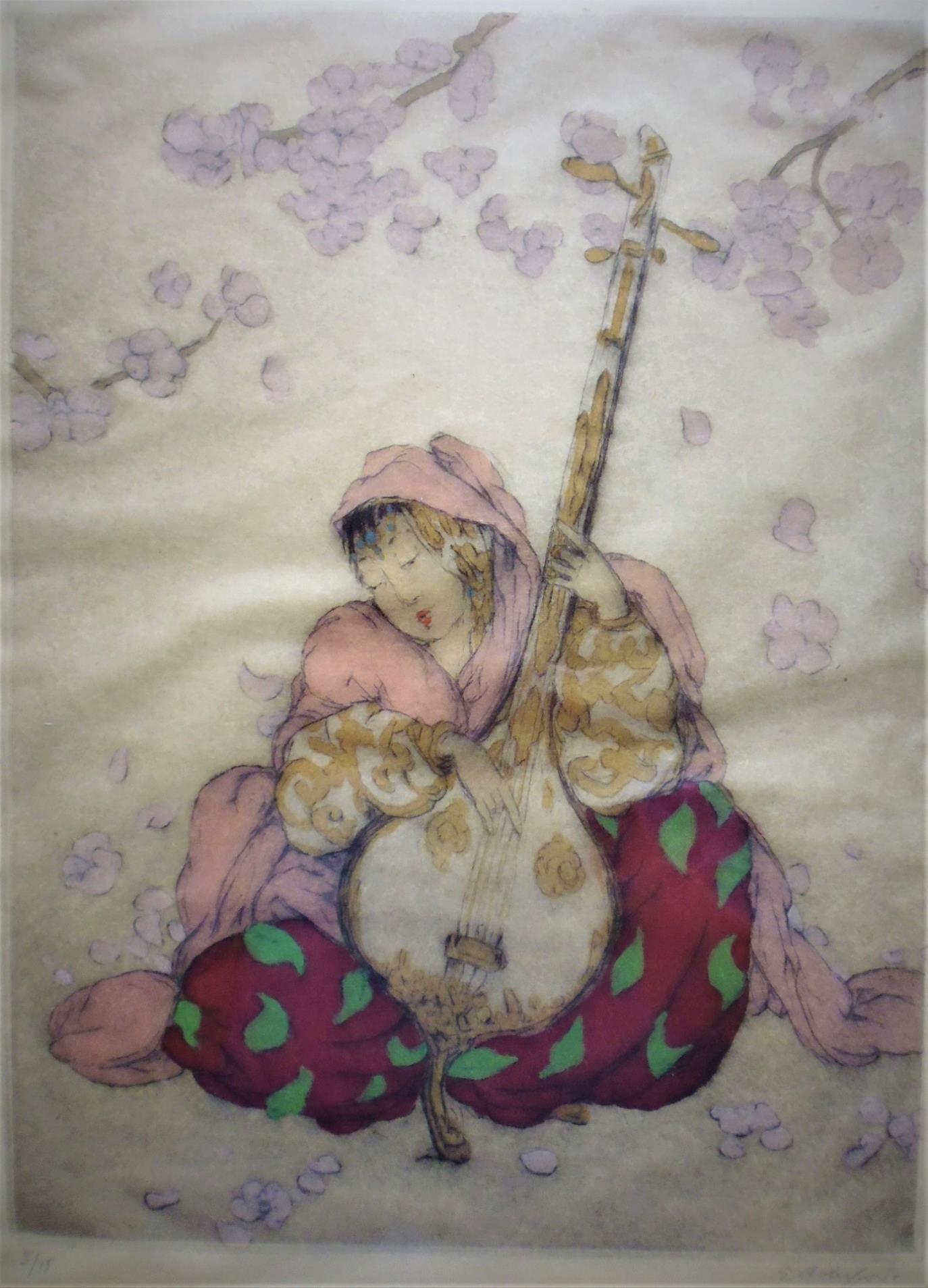
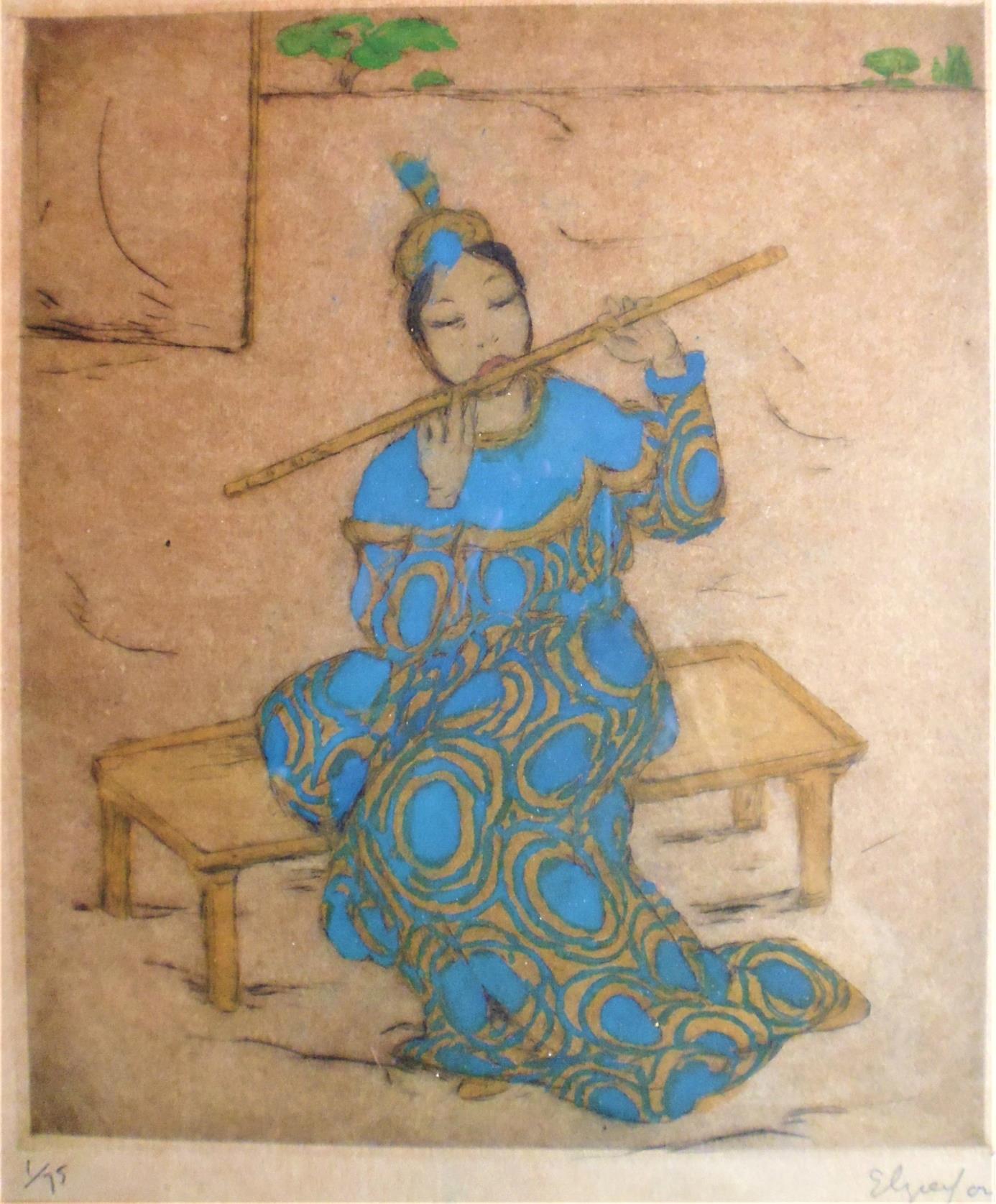
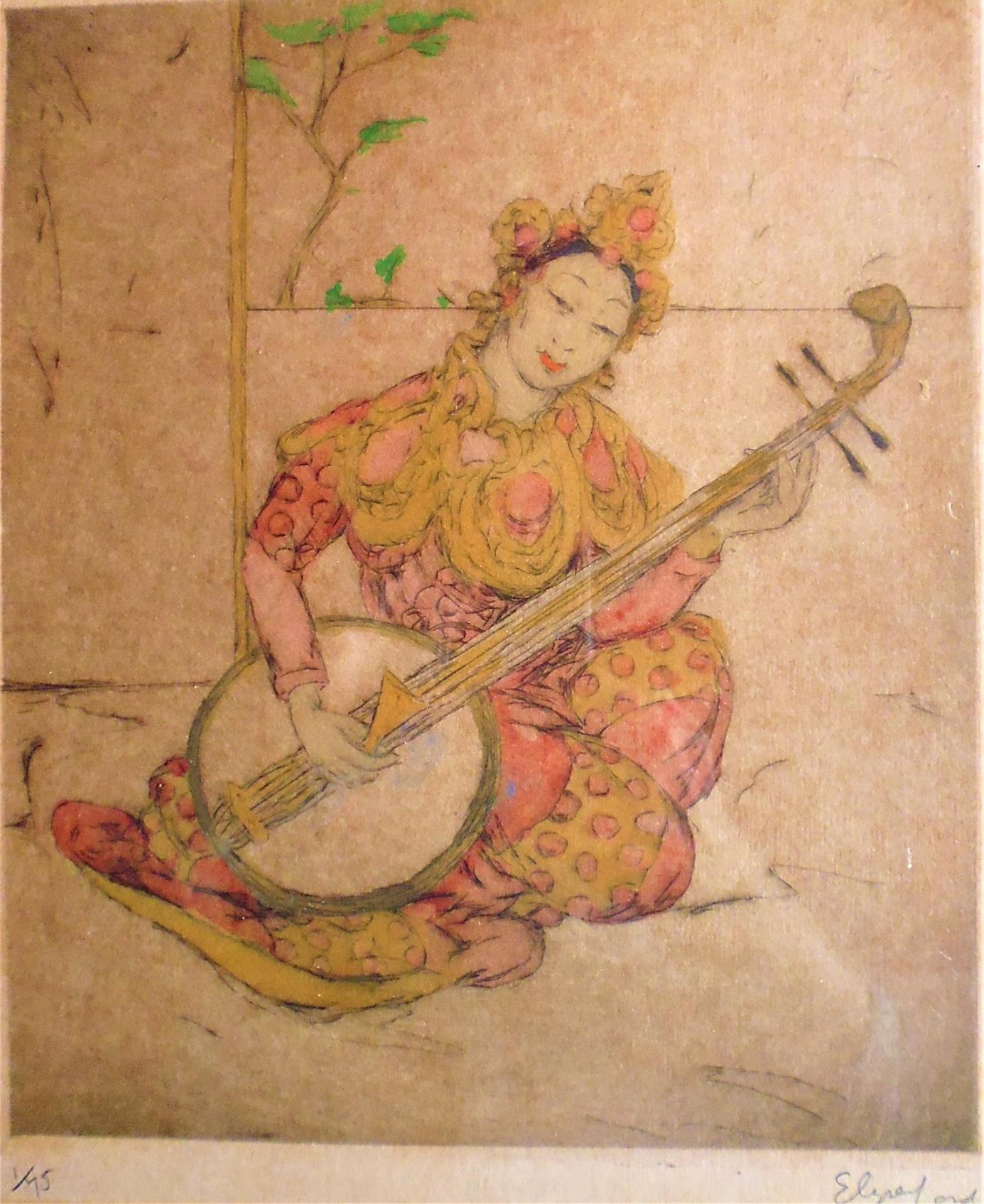
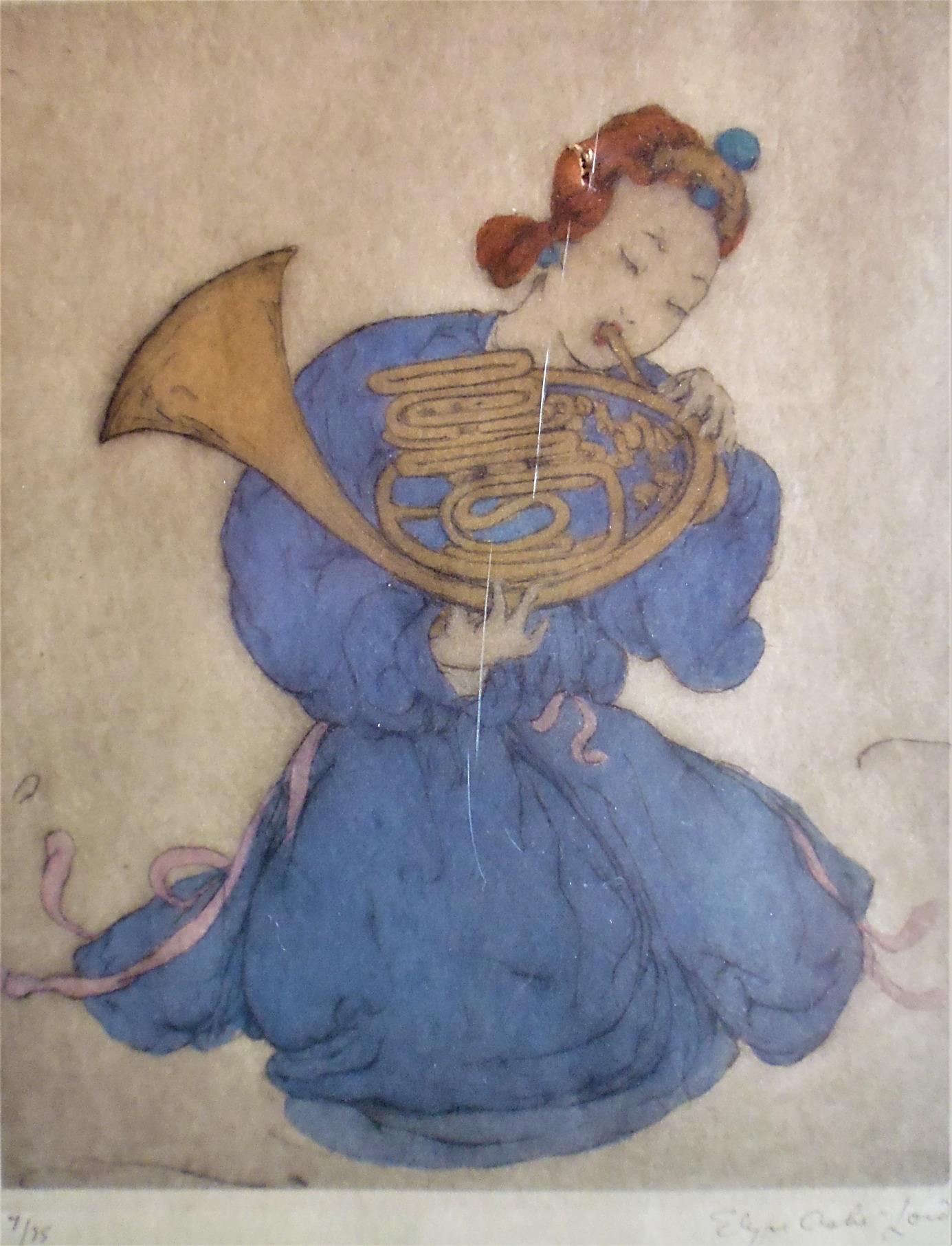
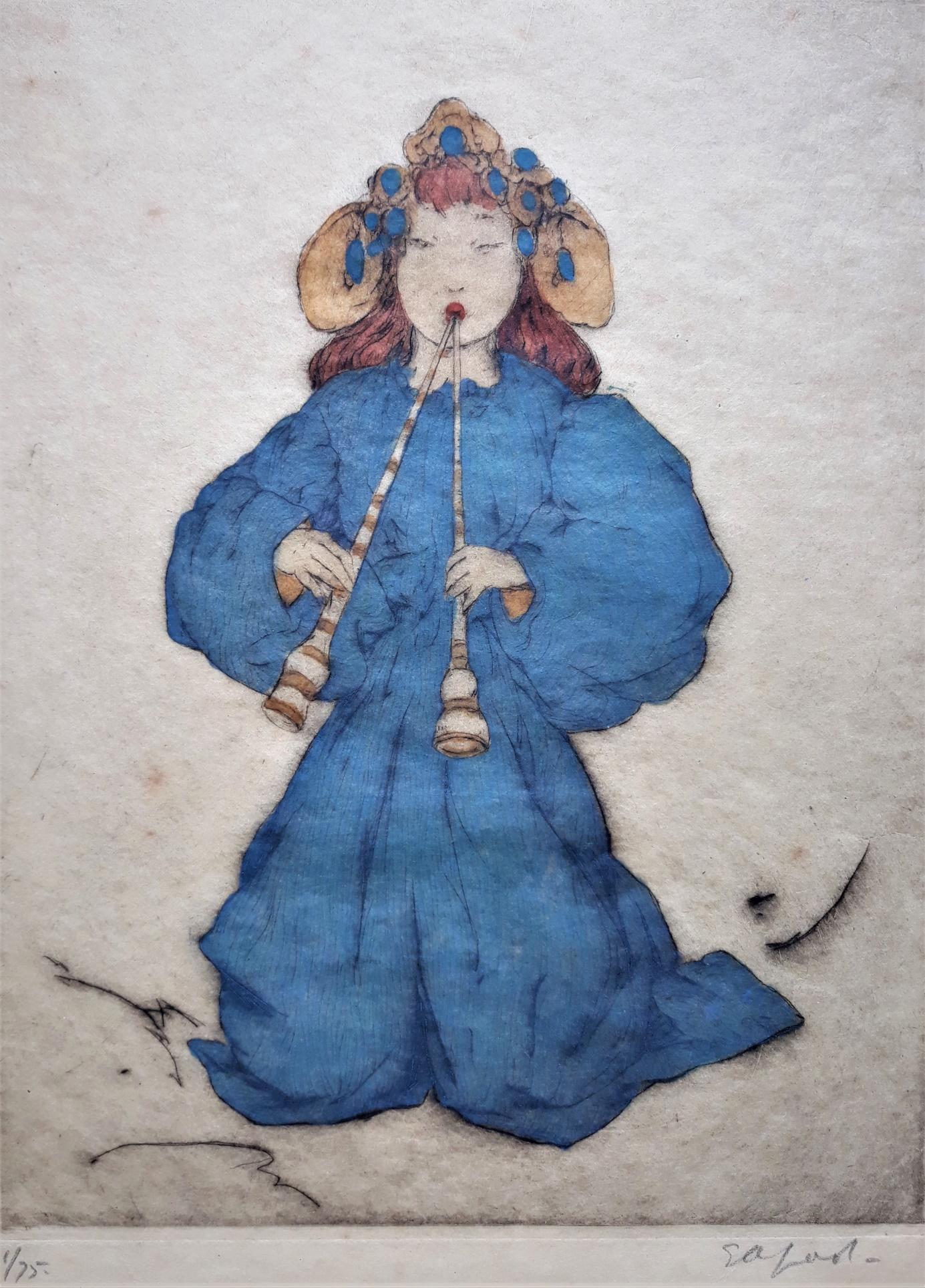
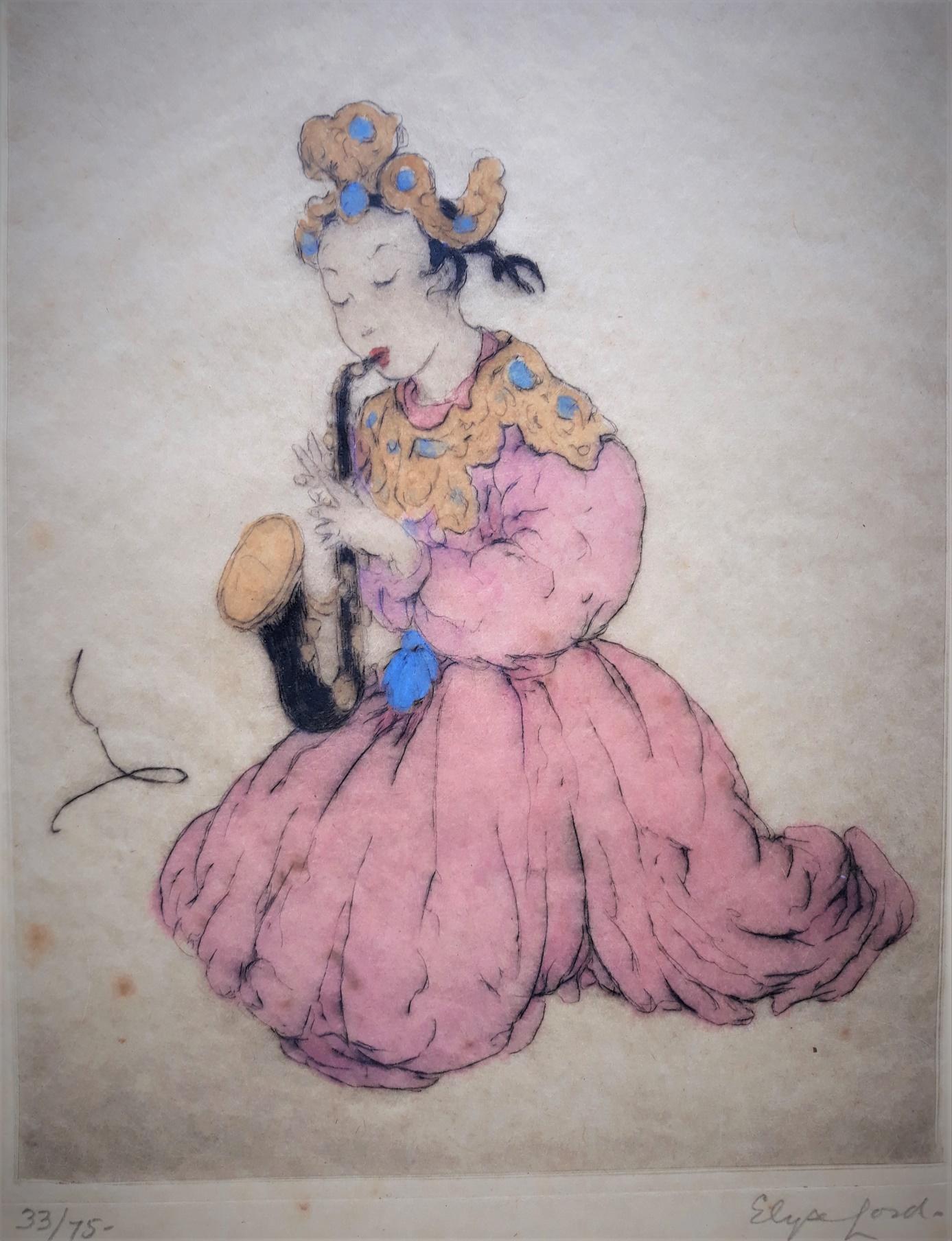
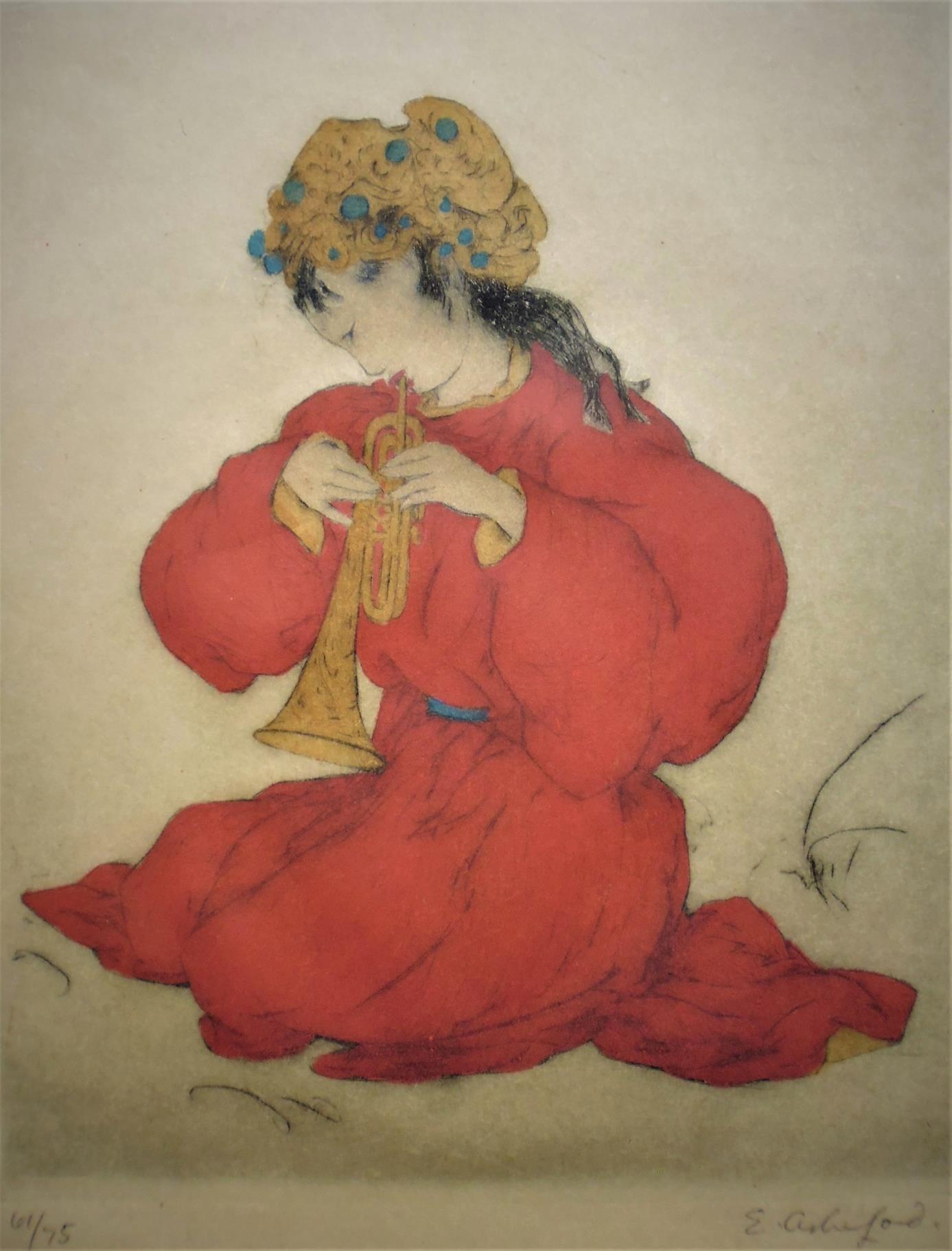
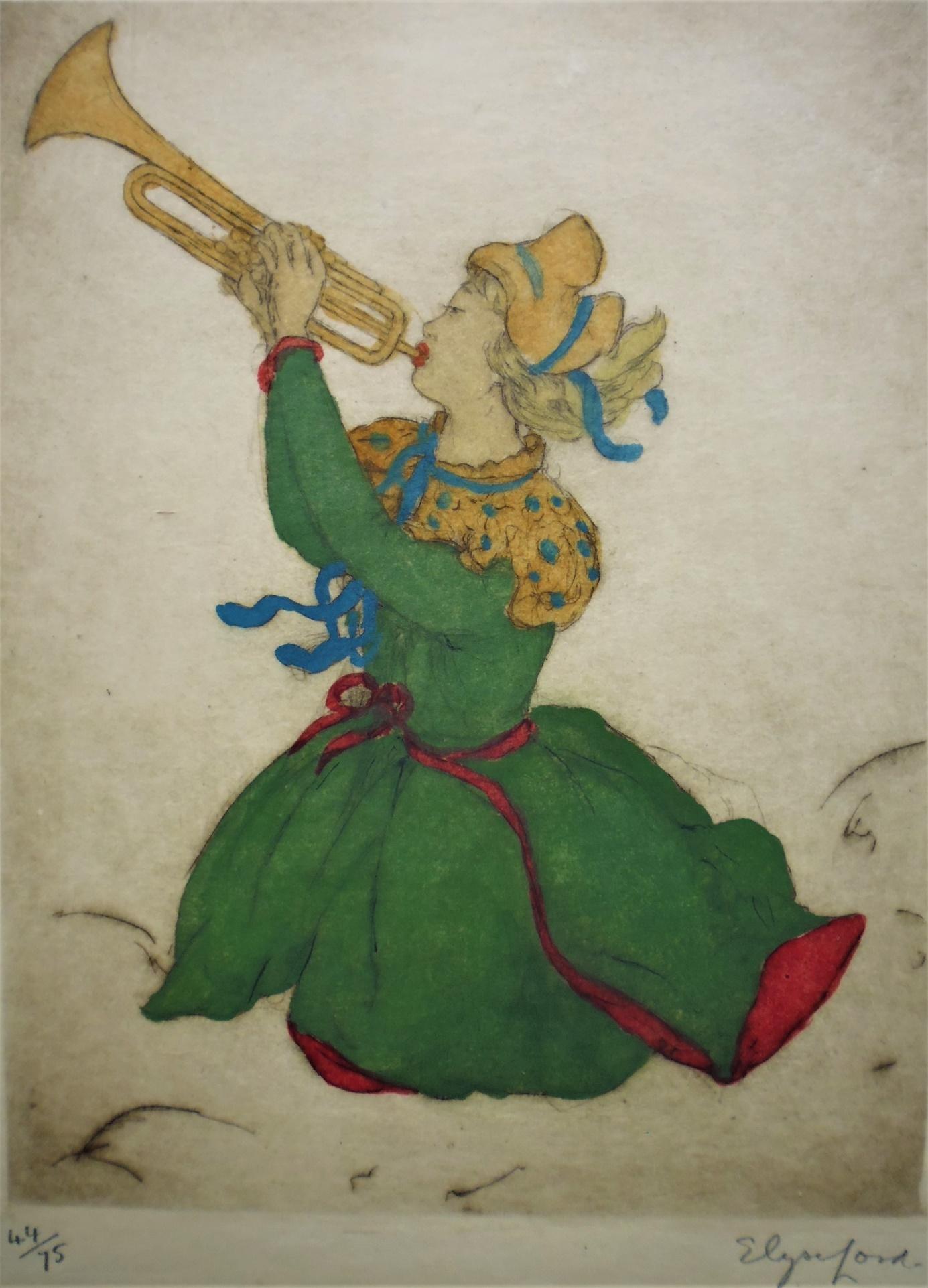
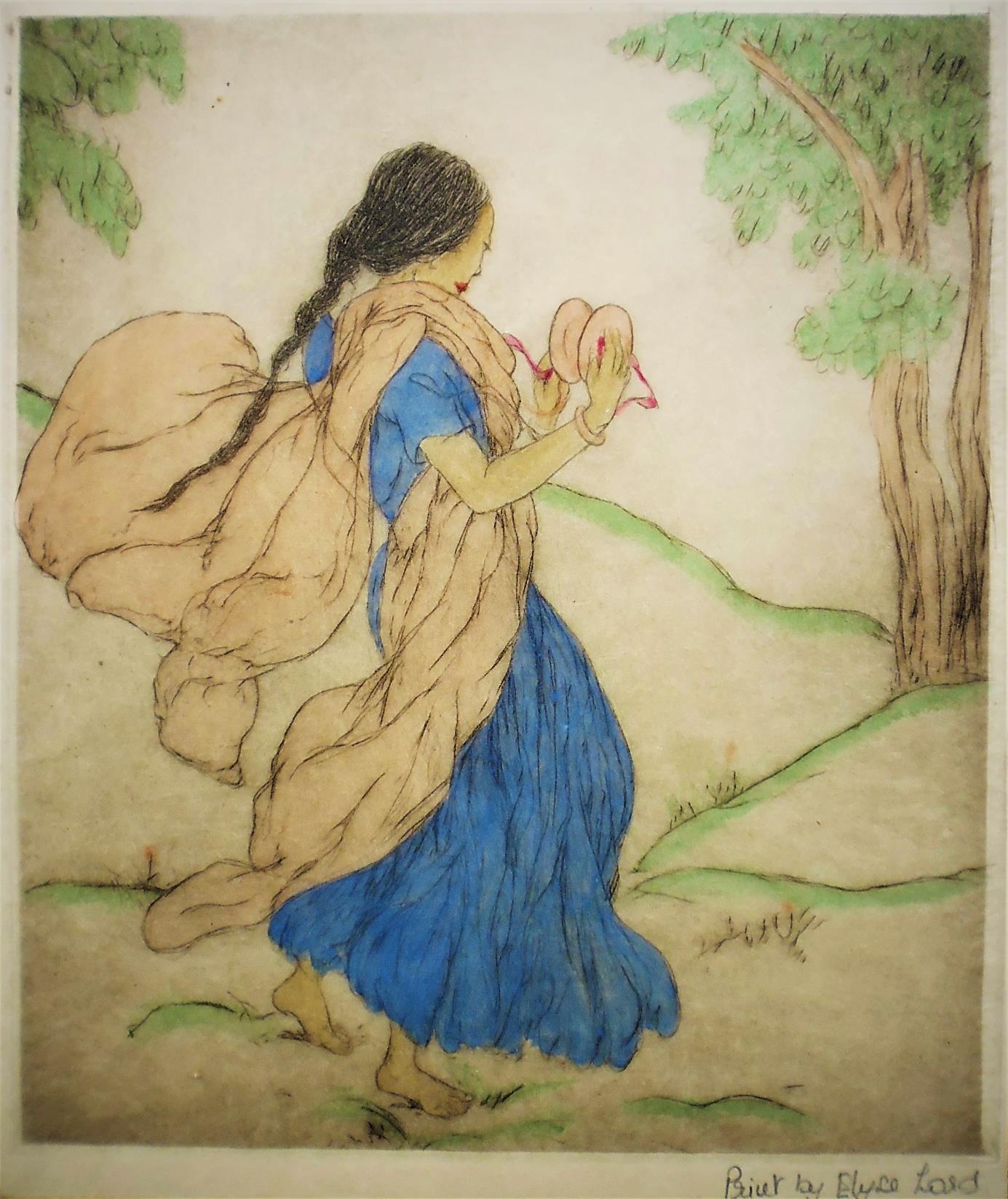
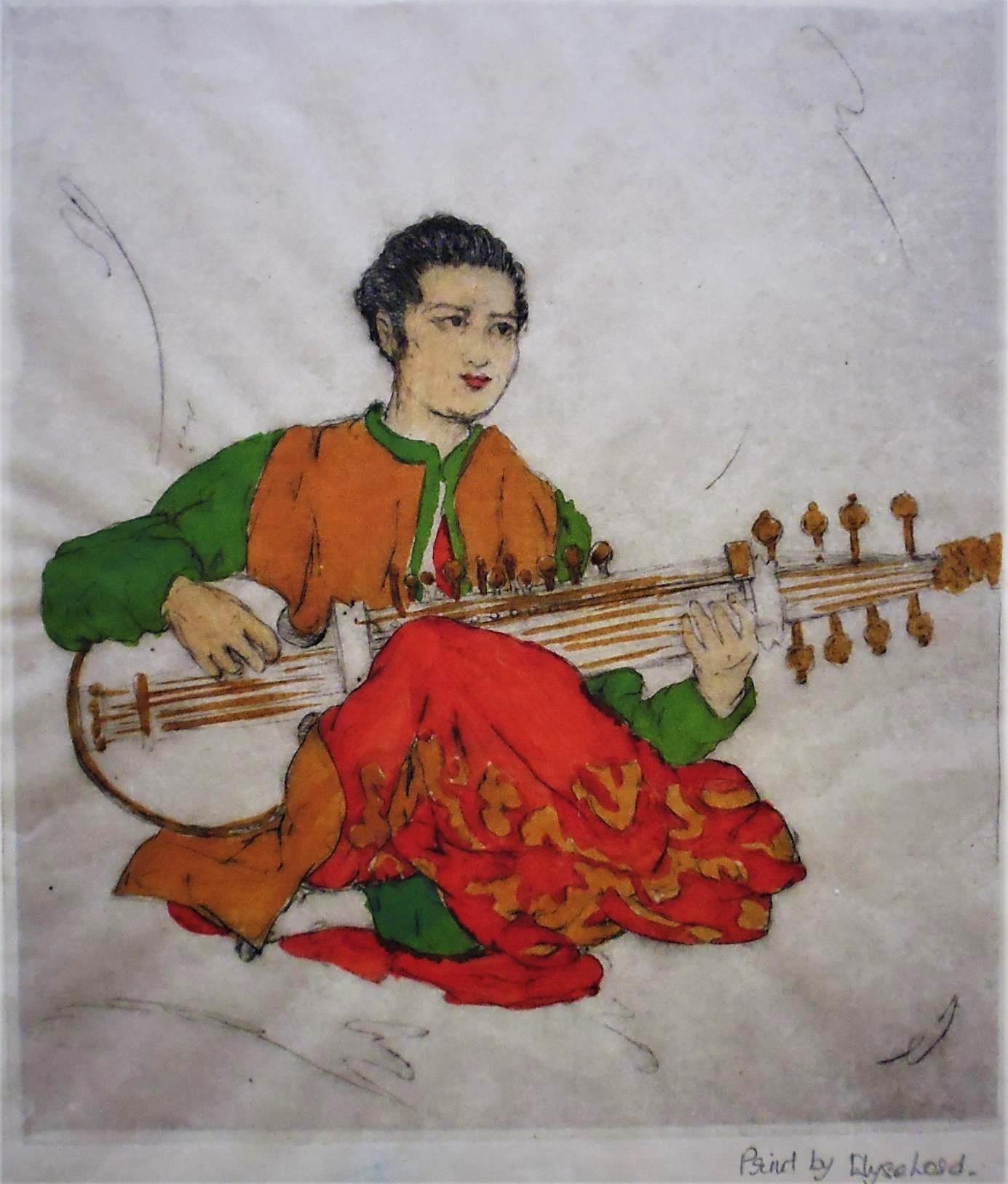
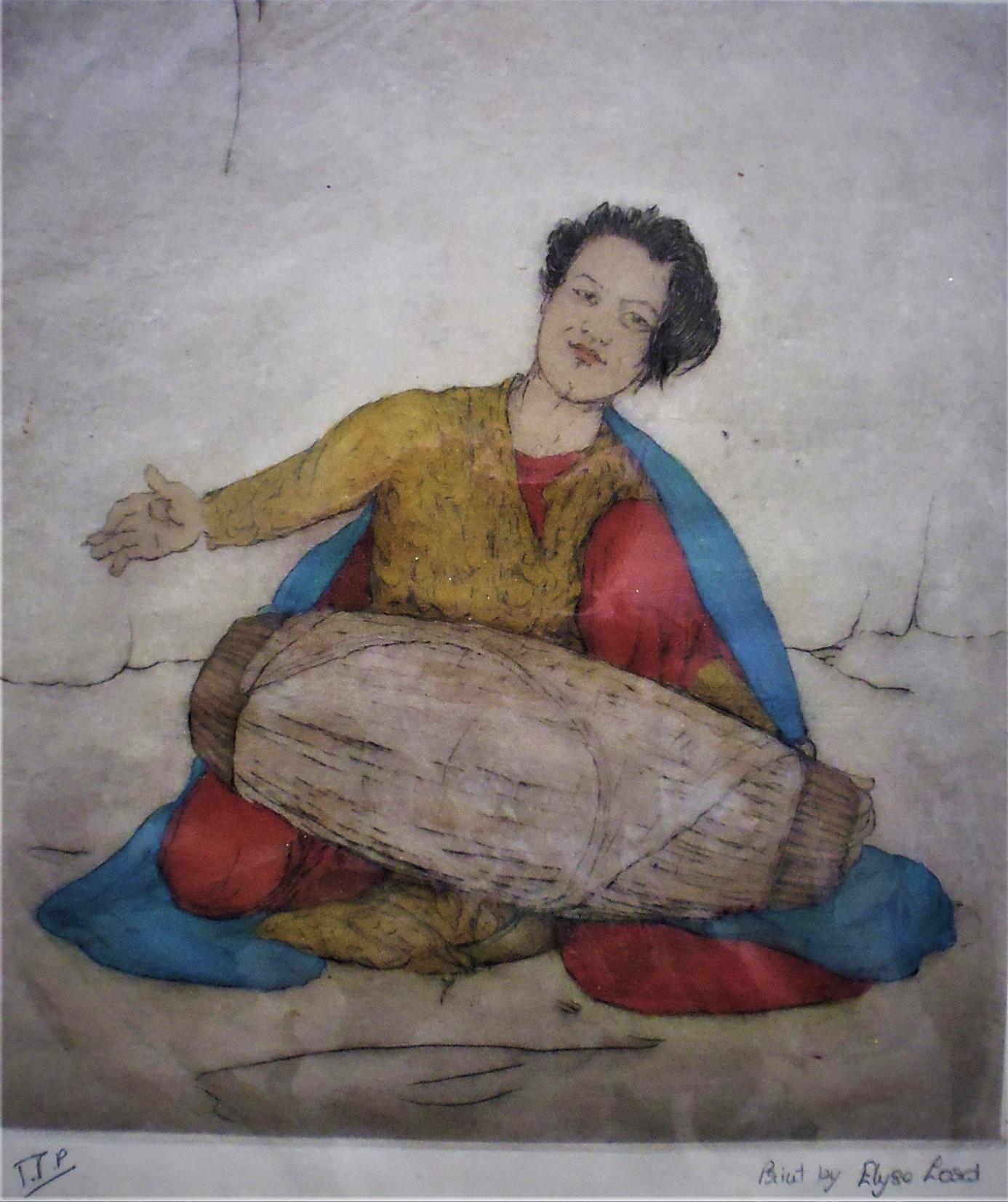

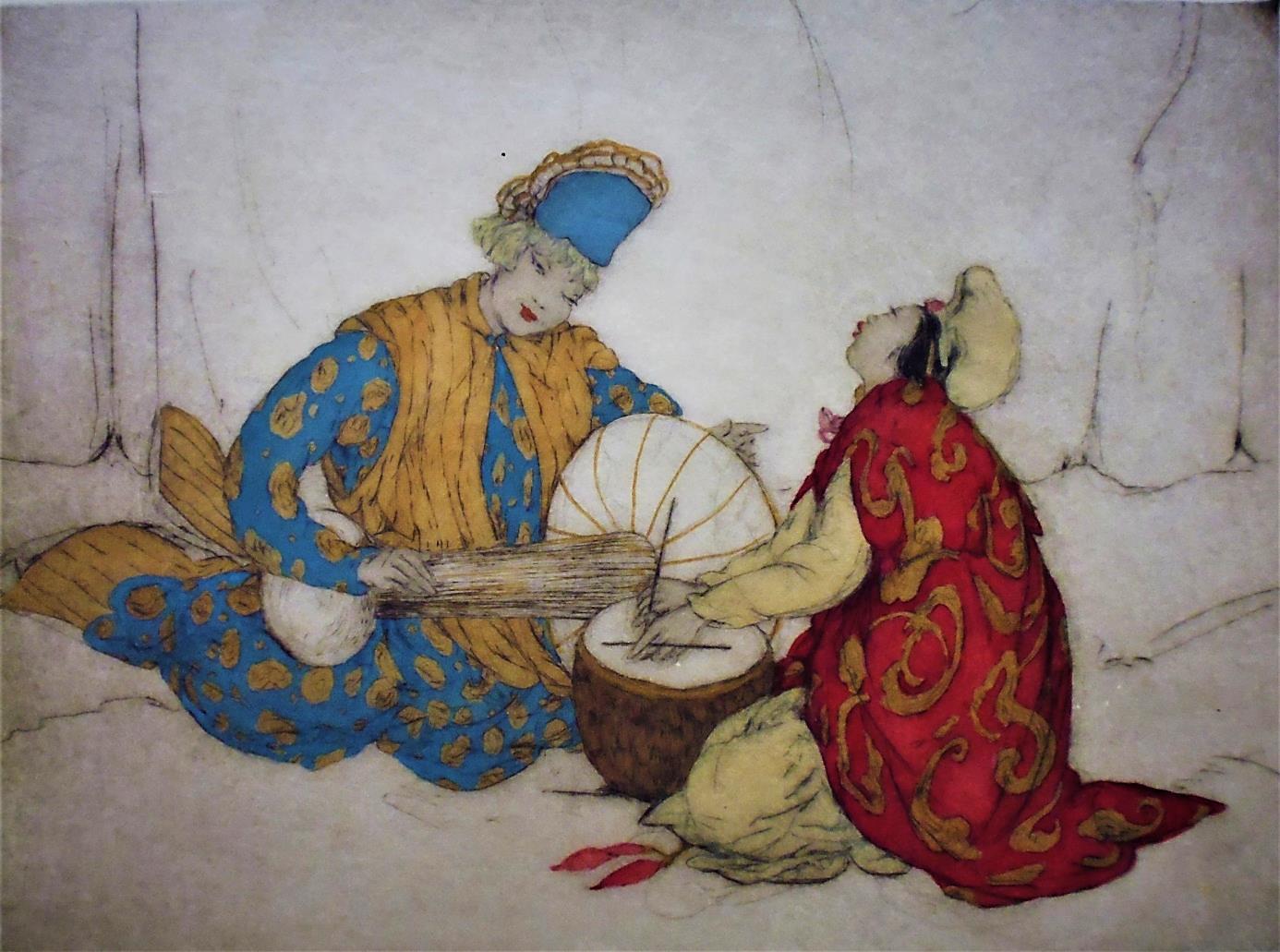
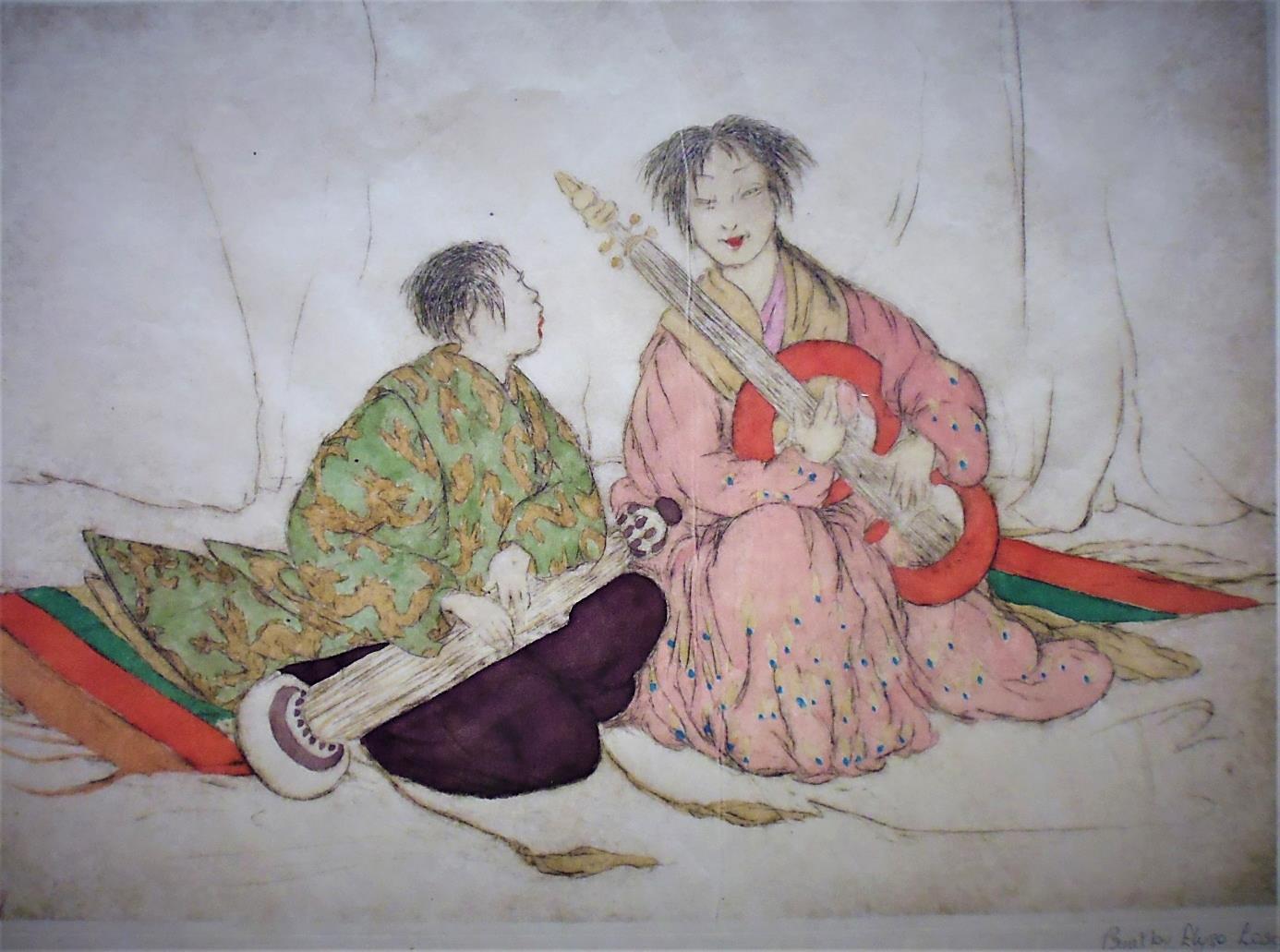
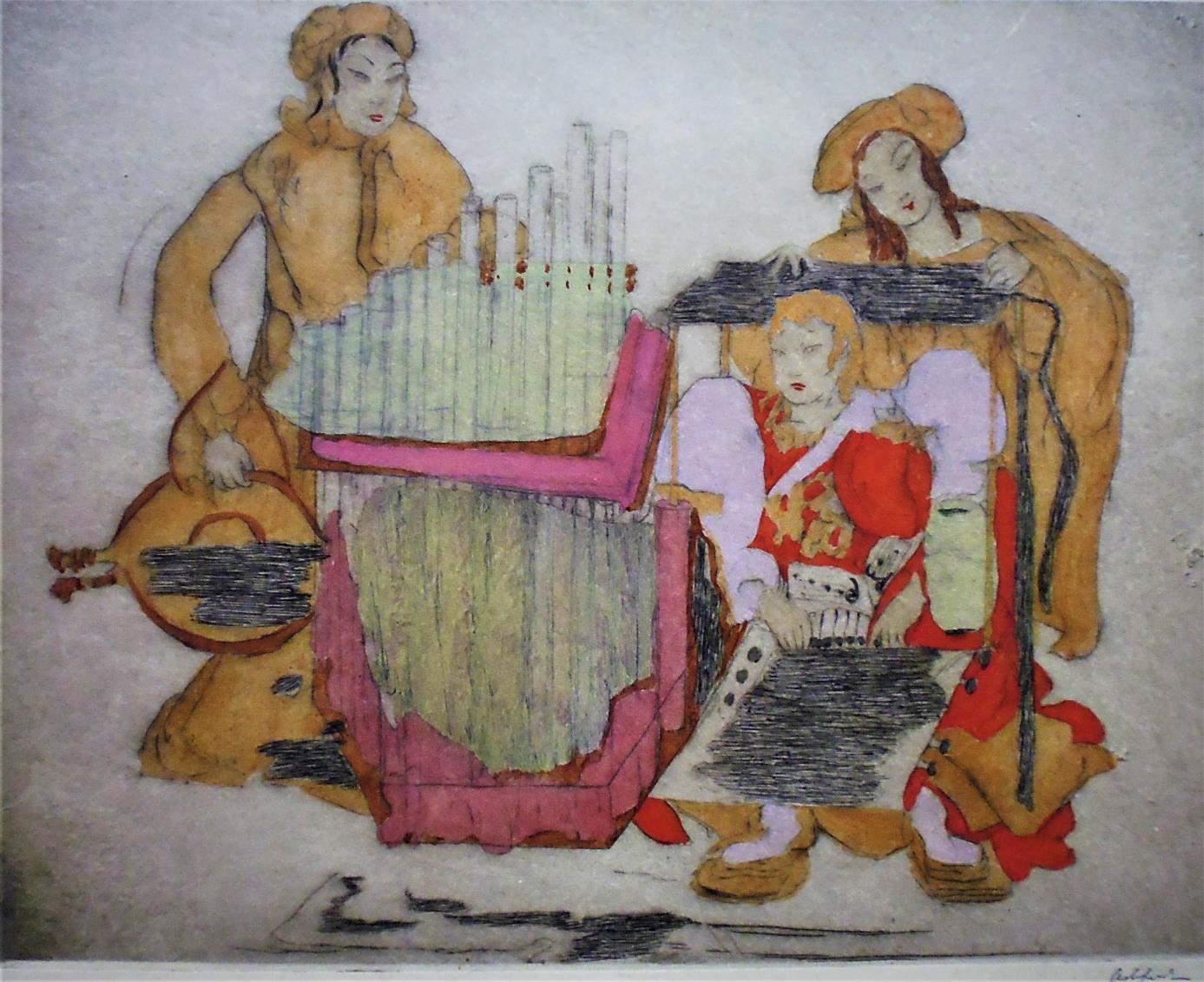
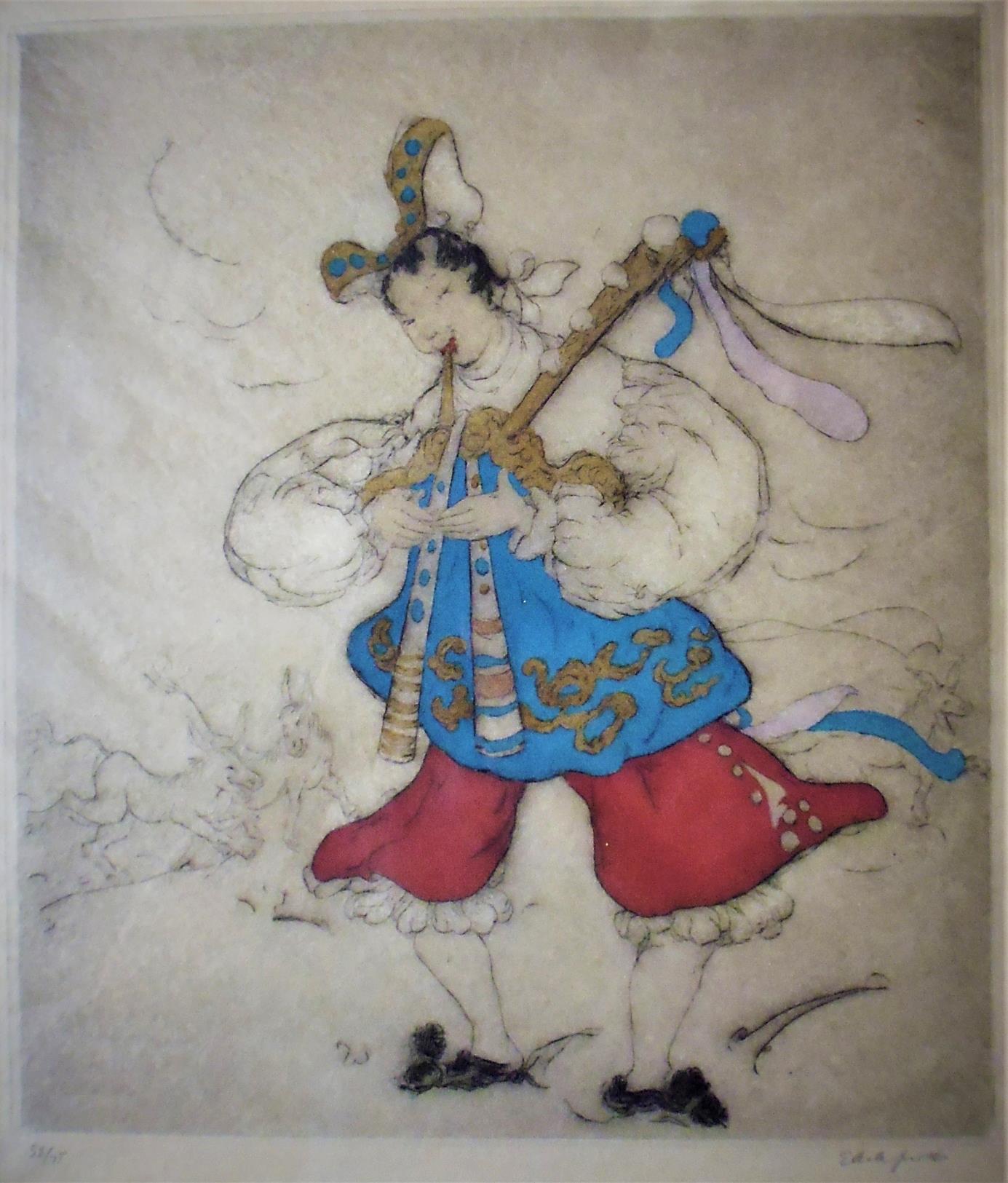
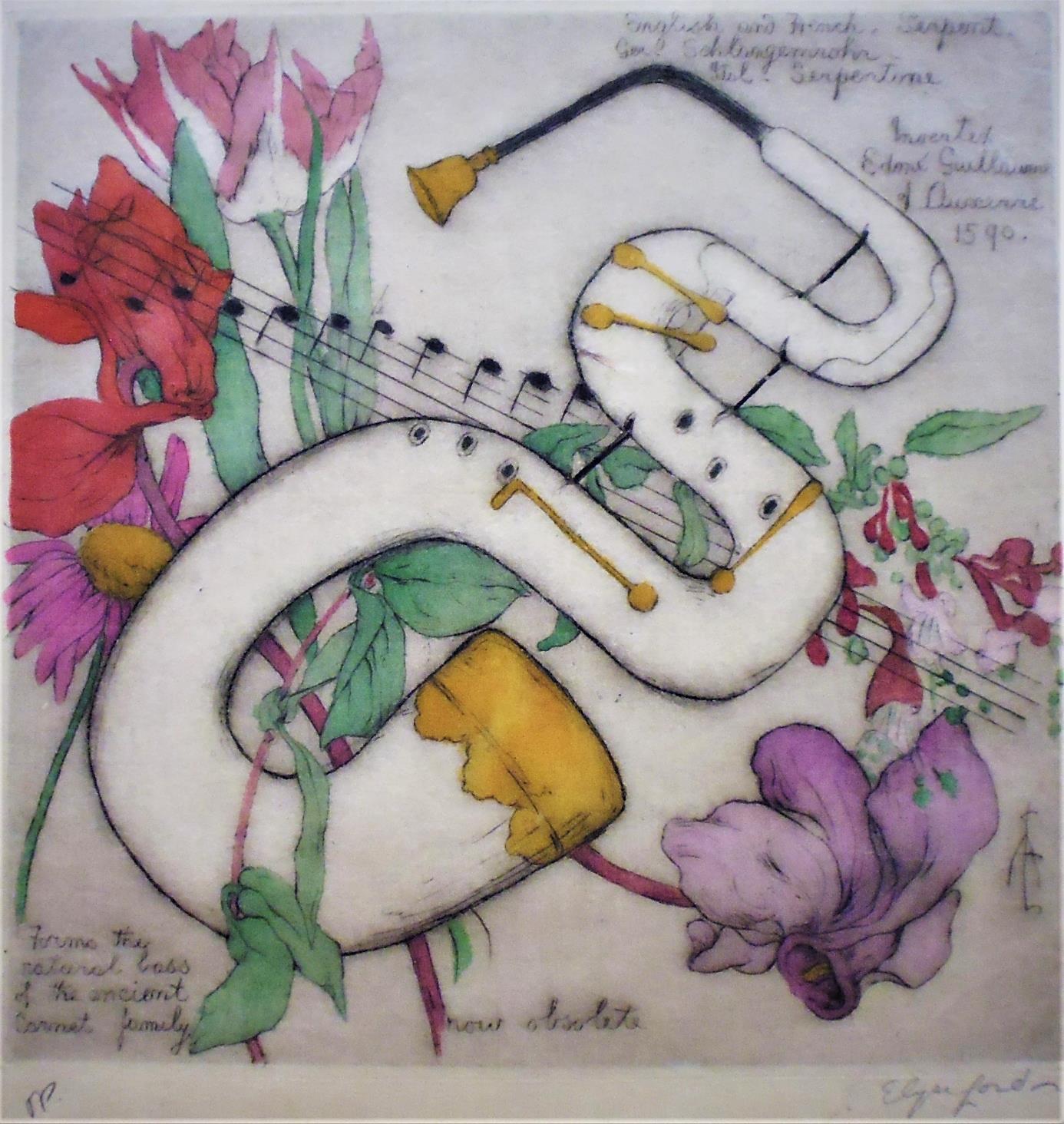
Oiseaux et fleurs

